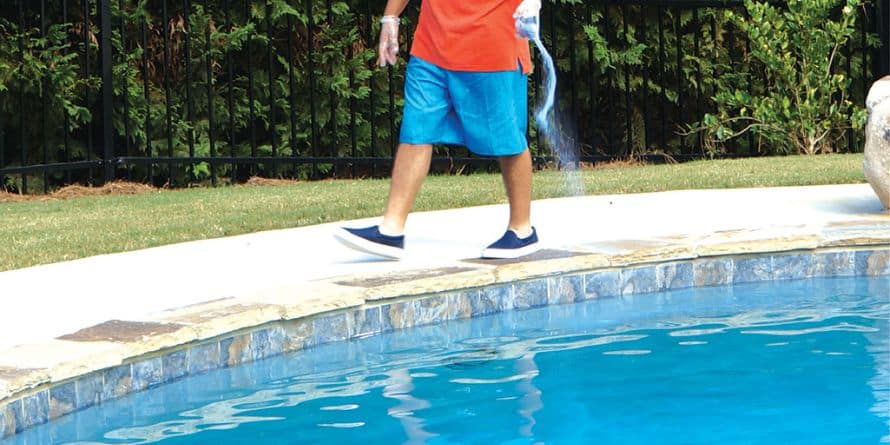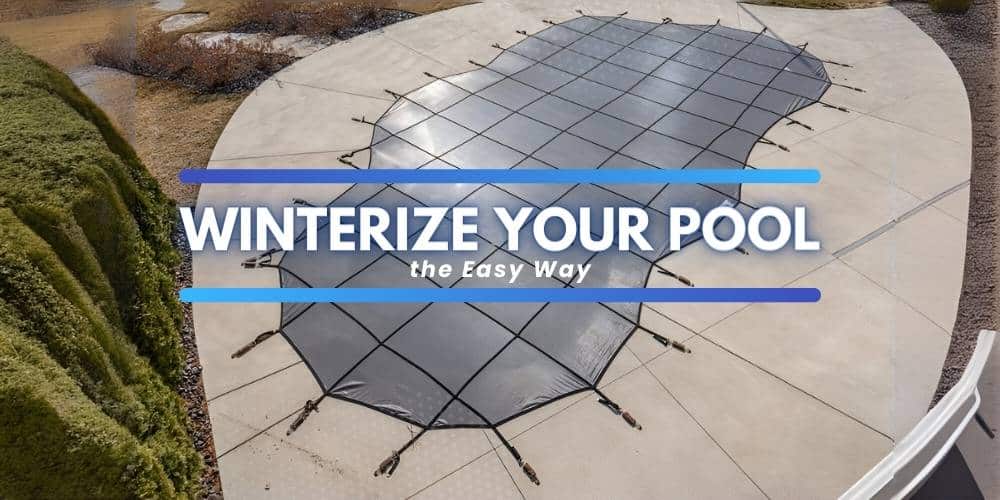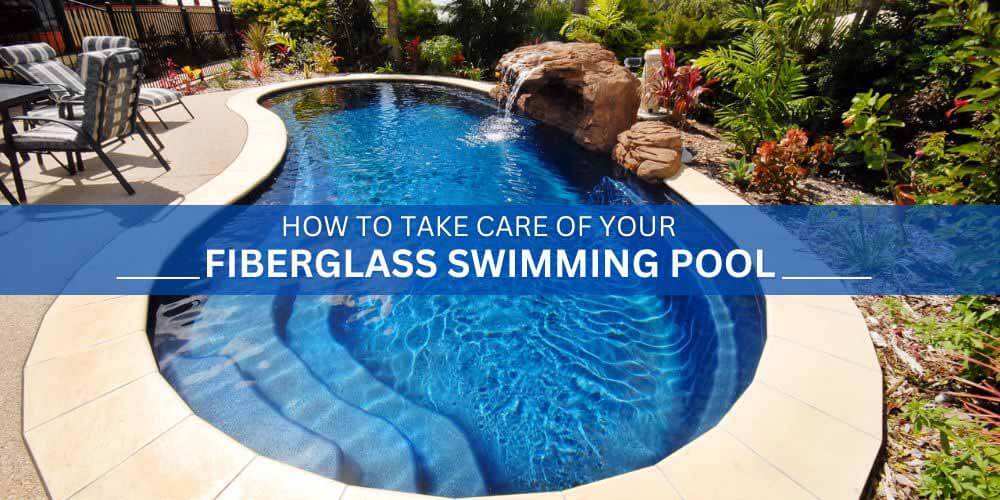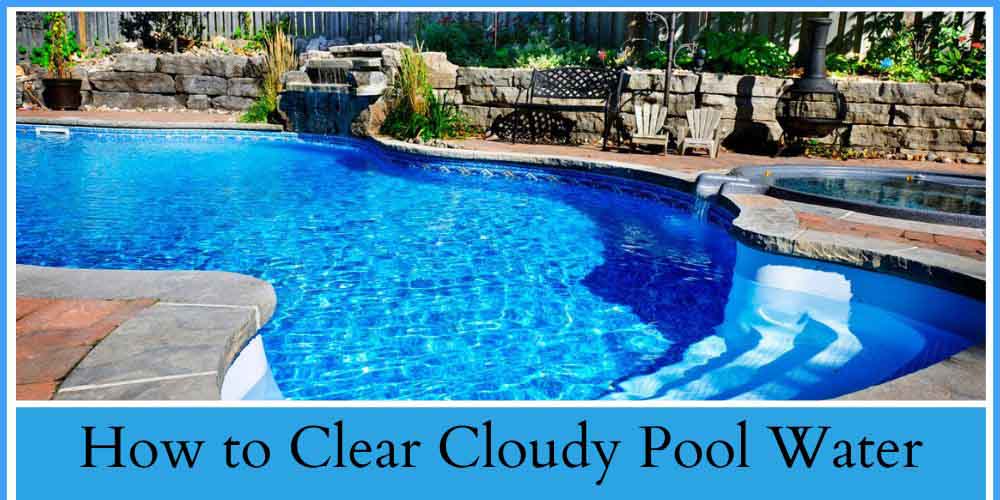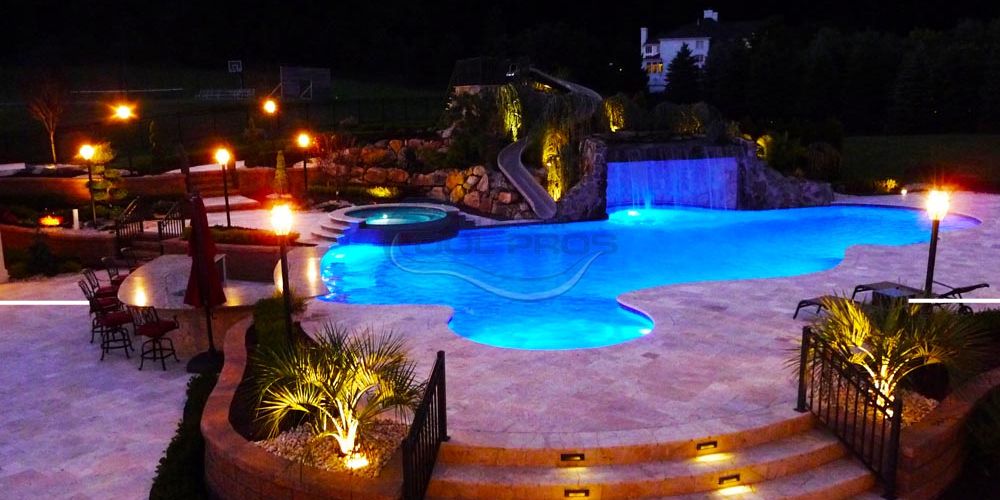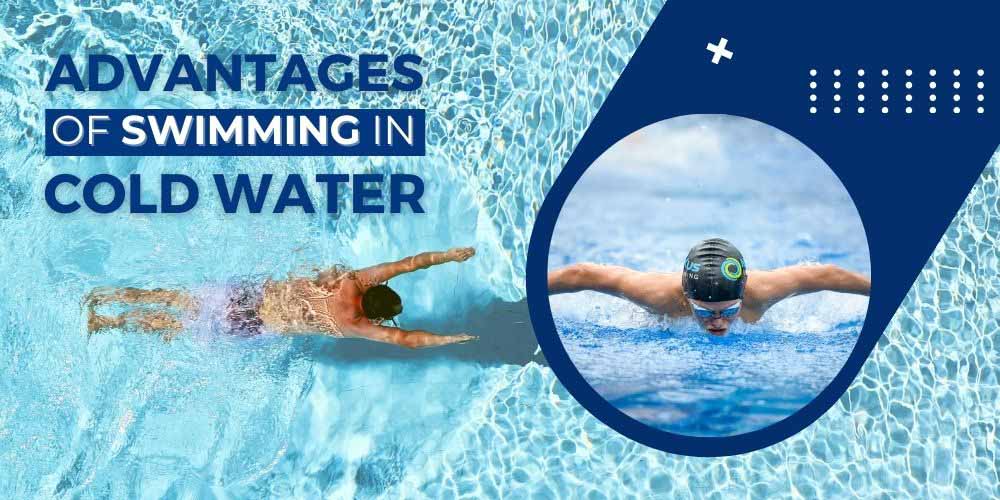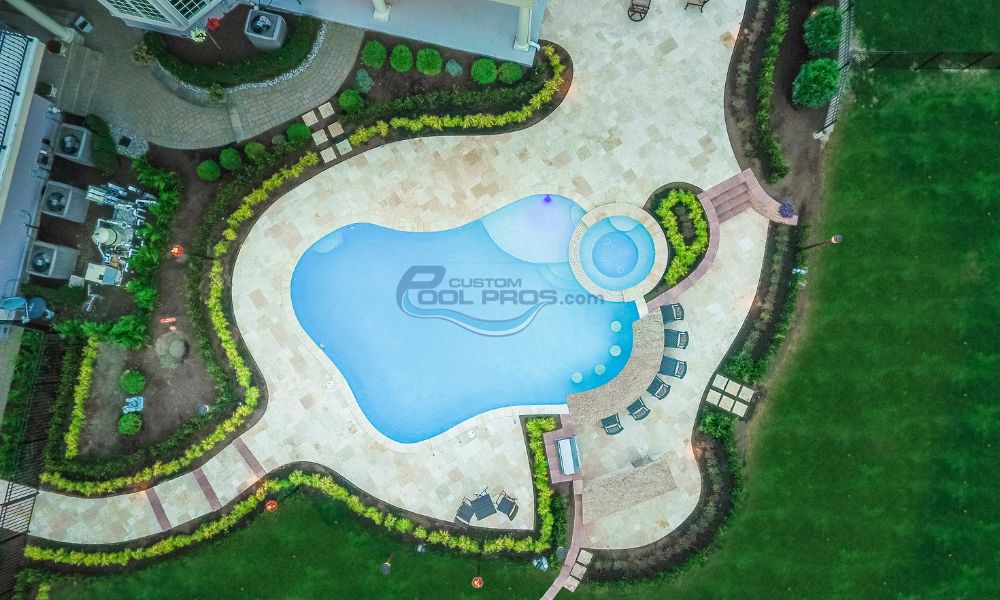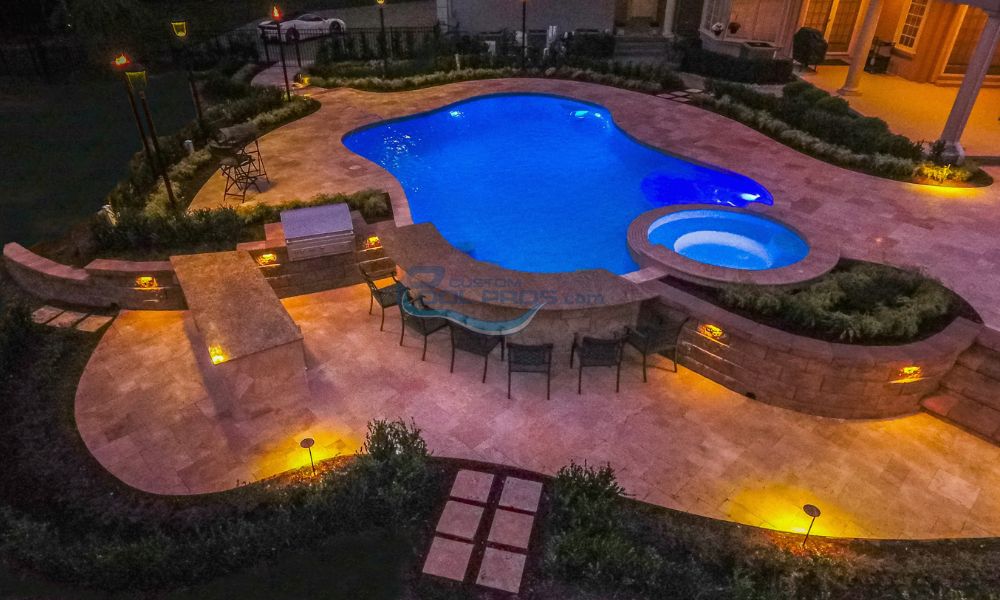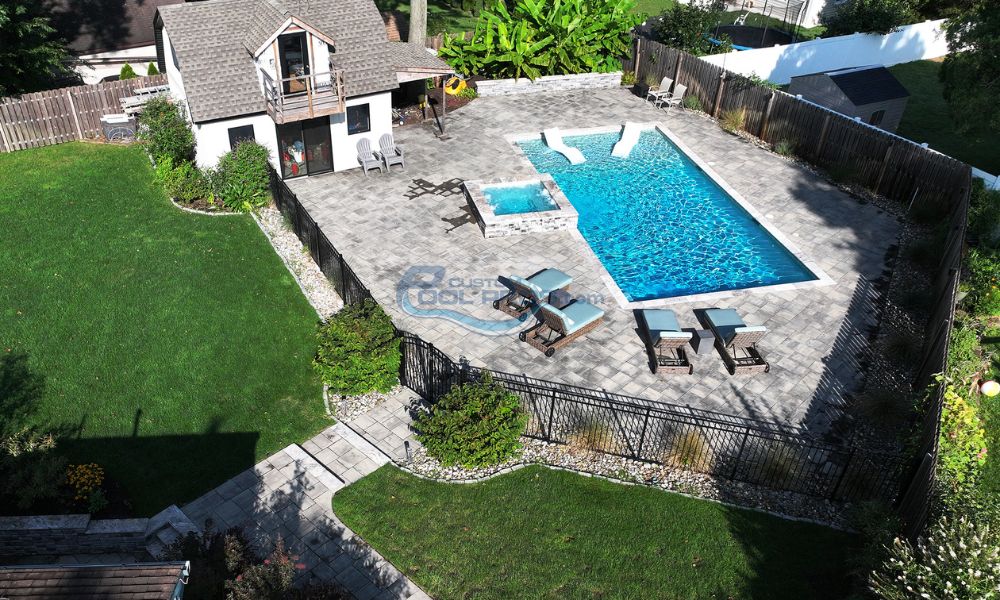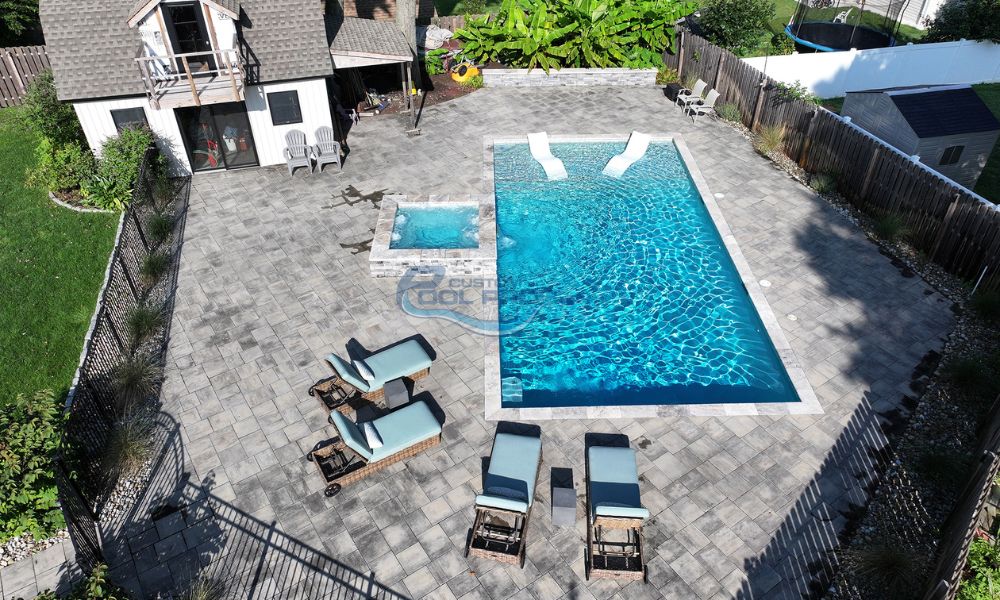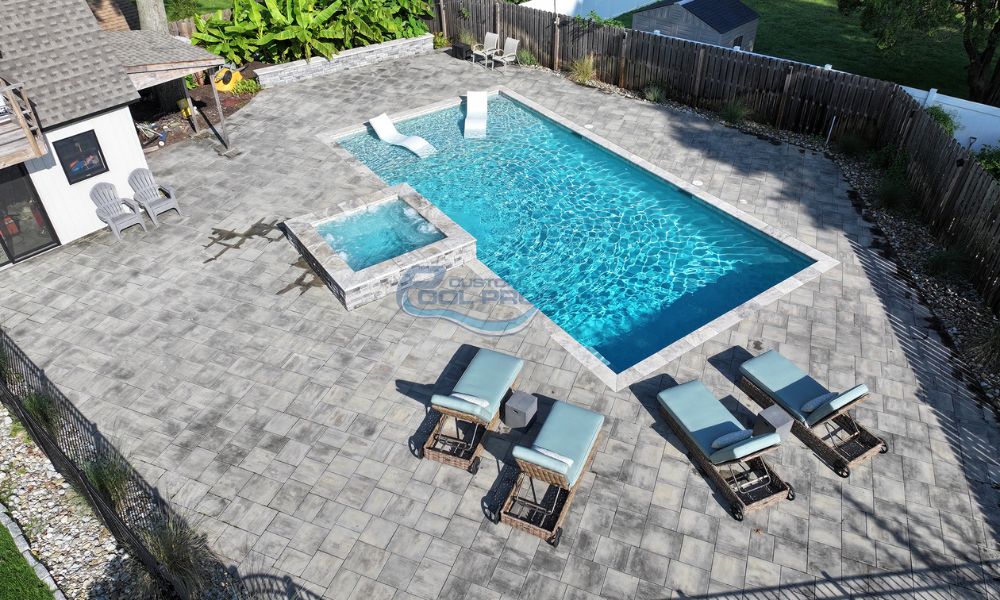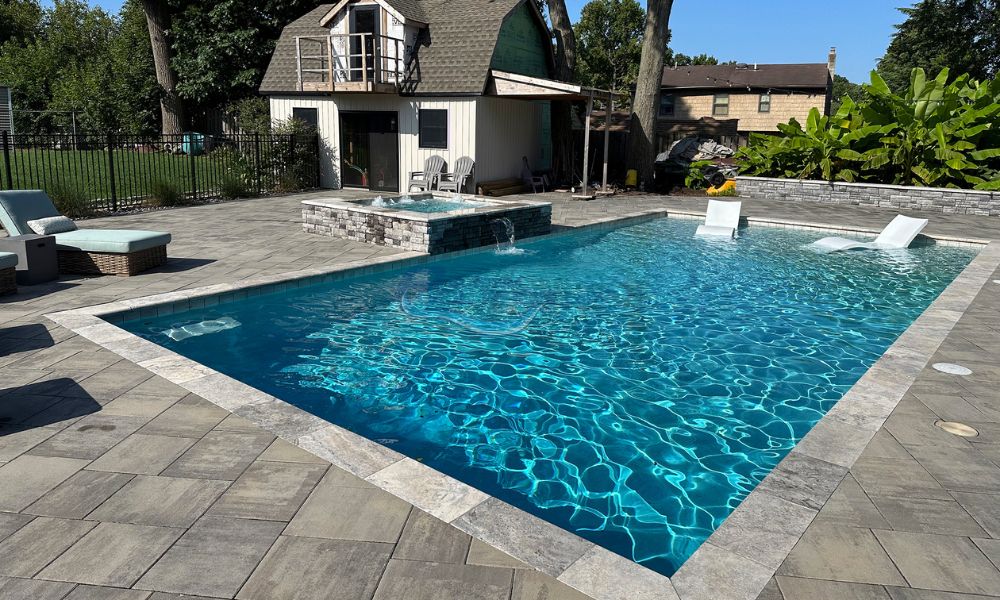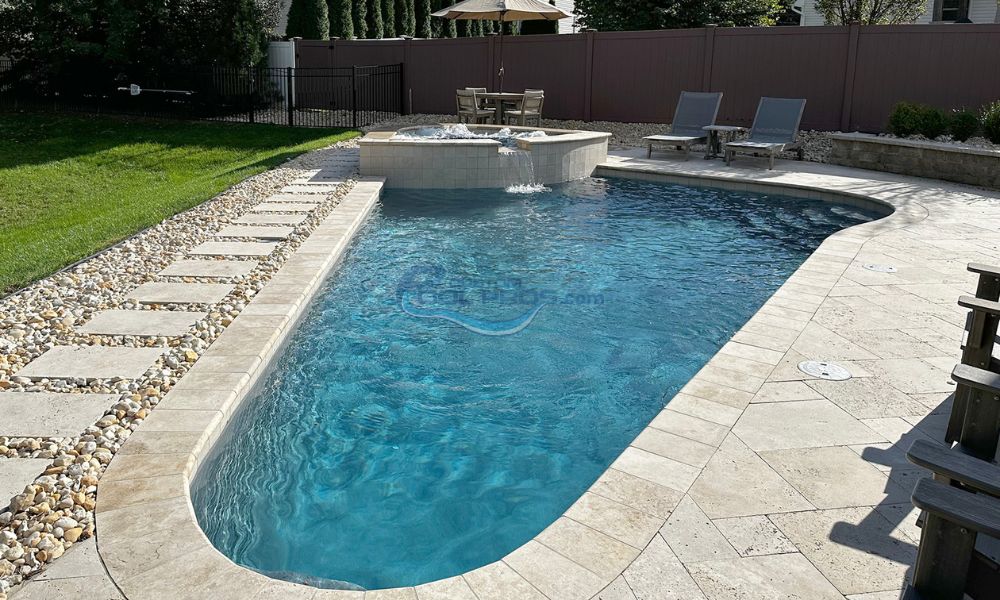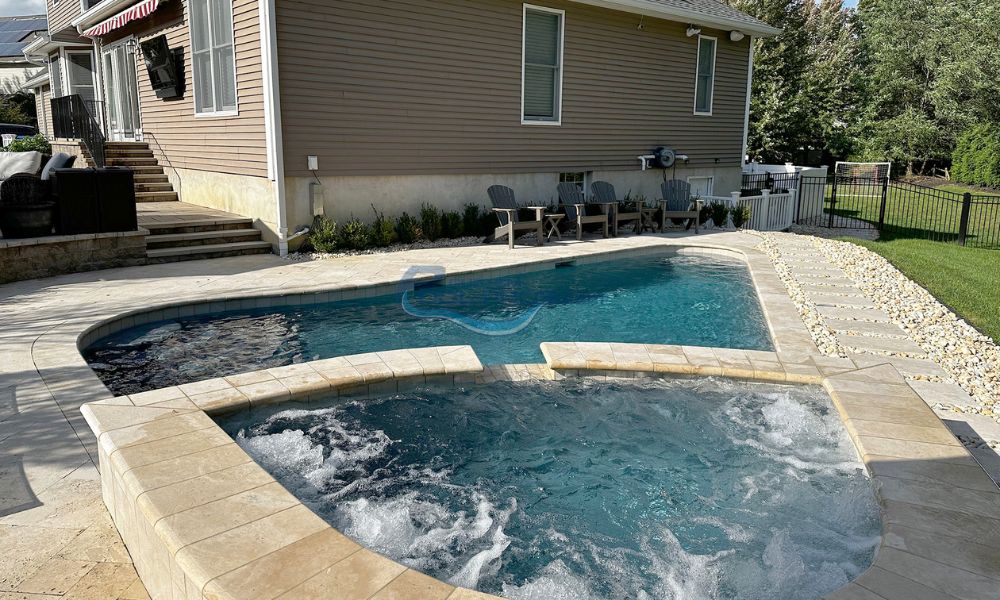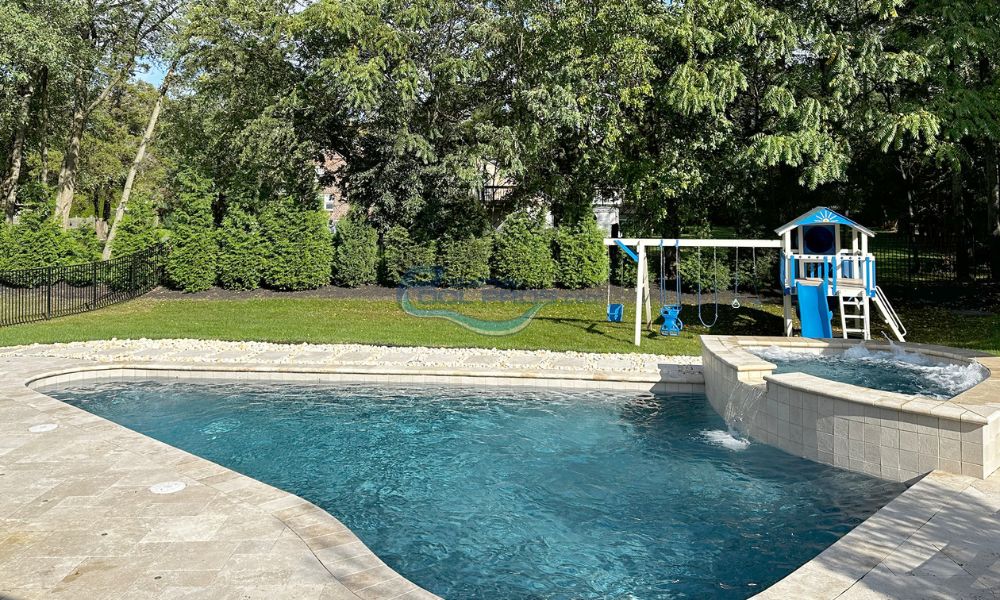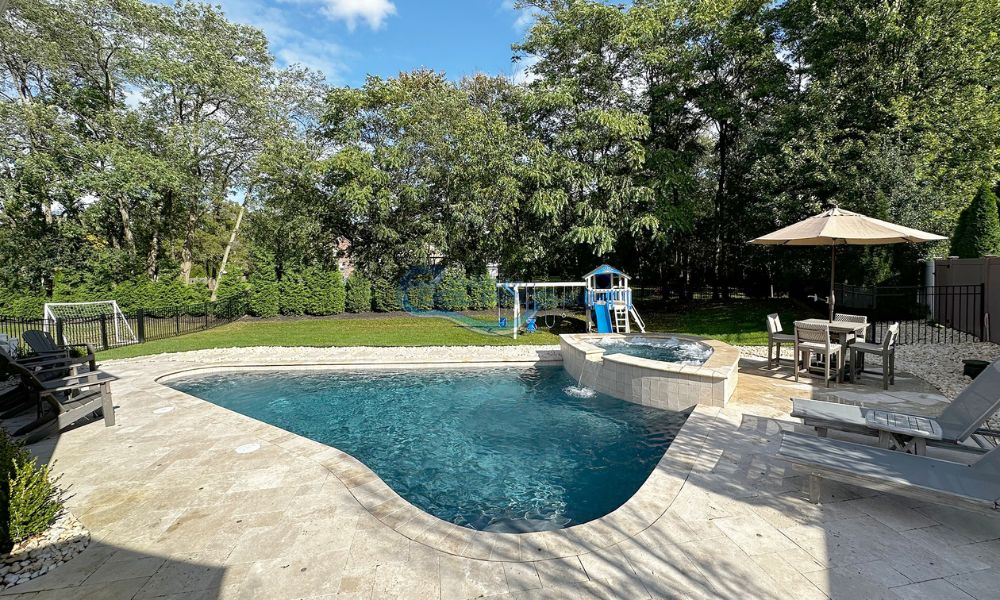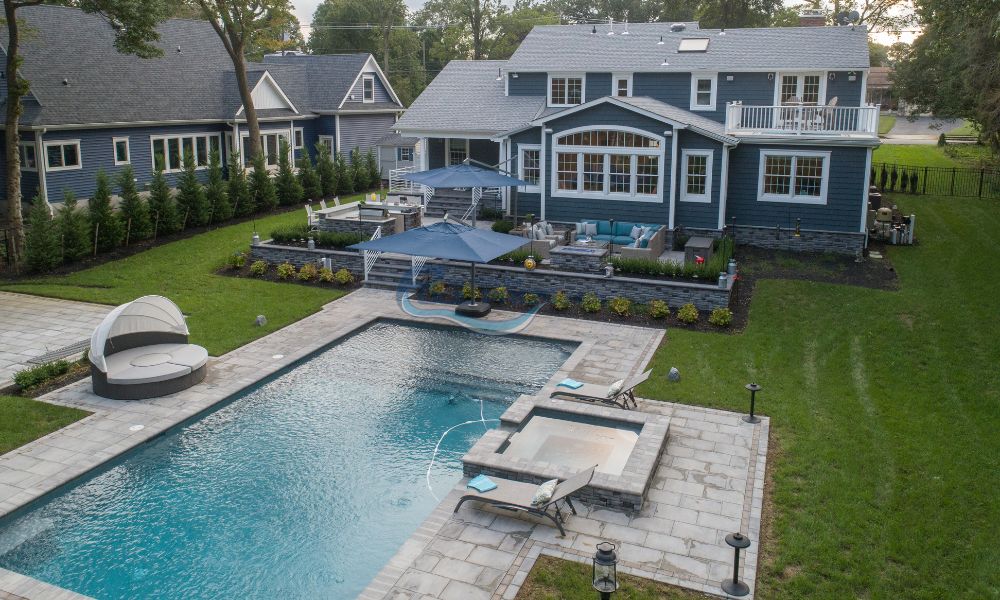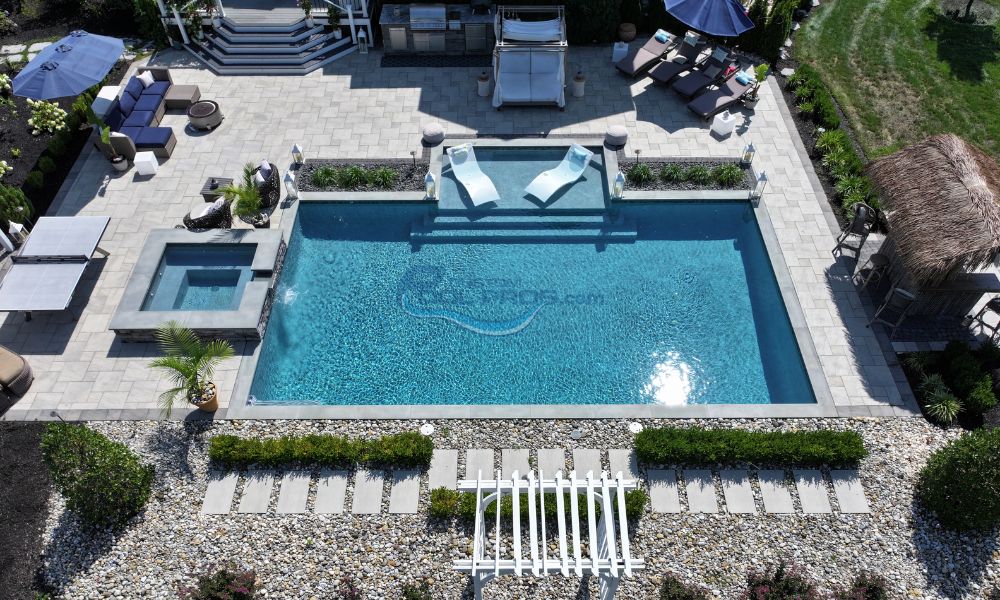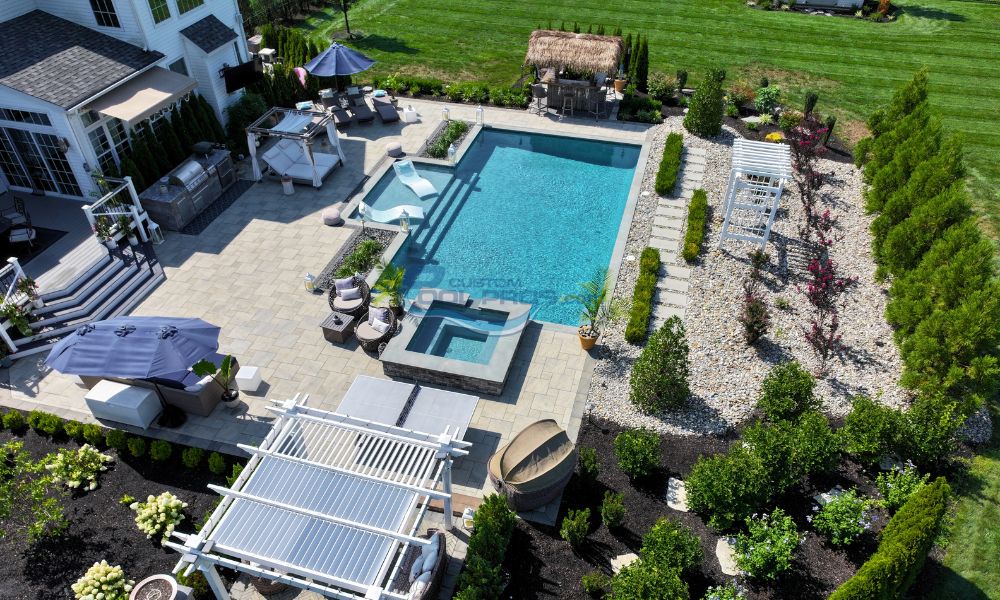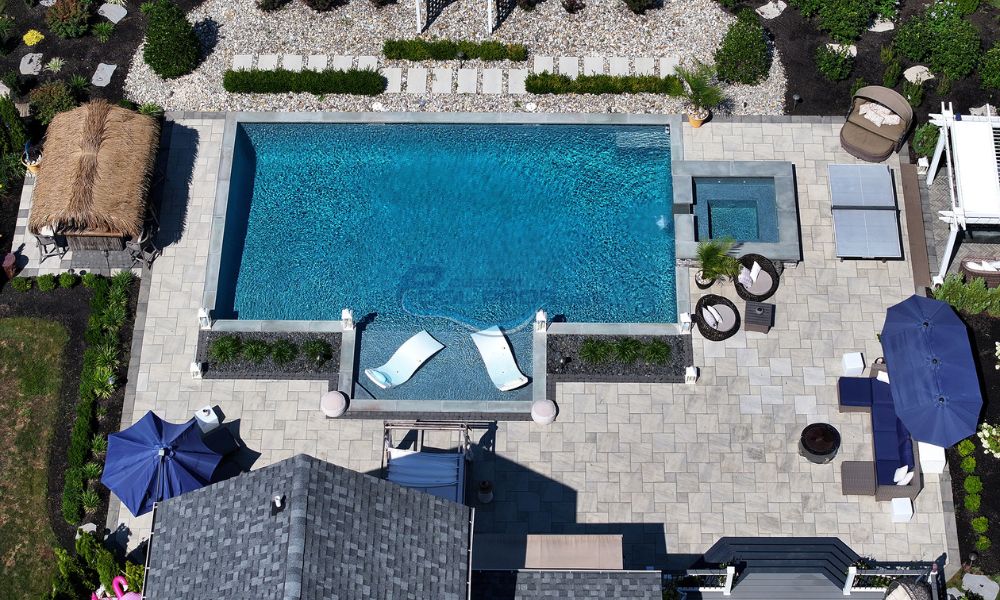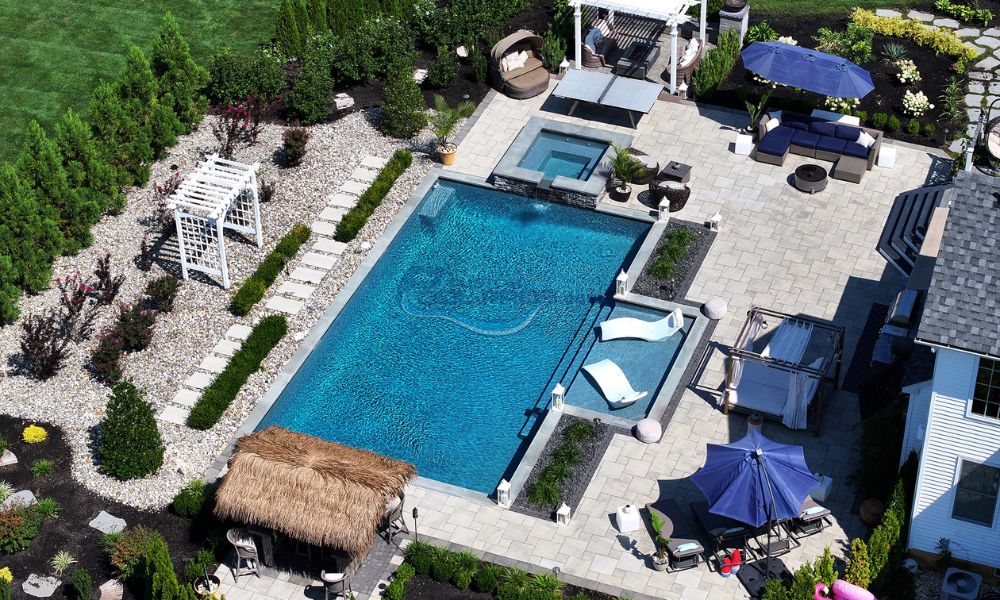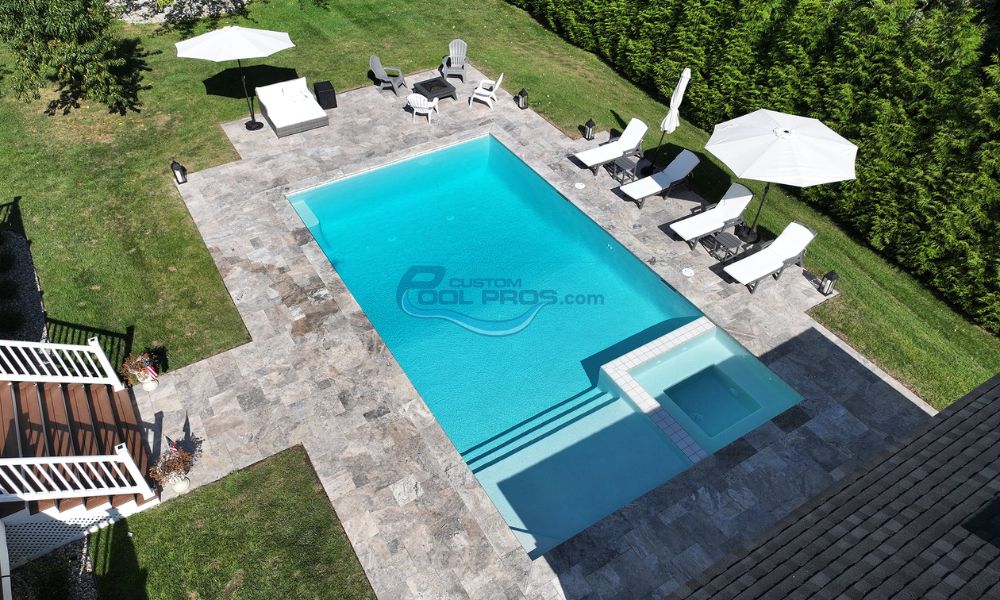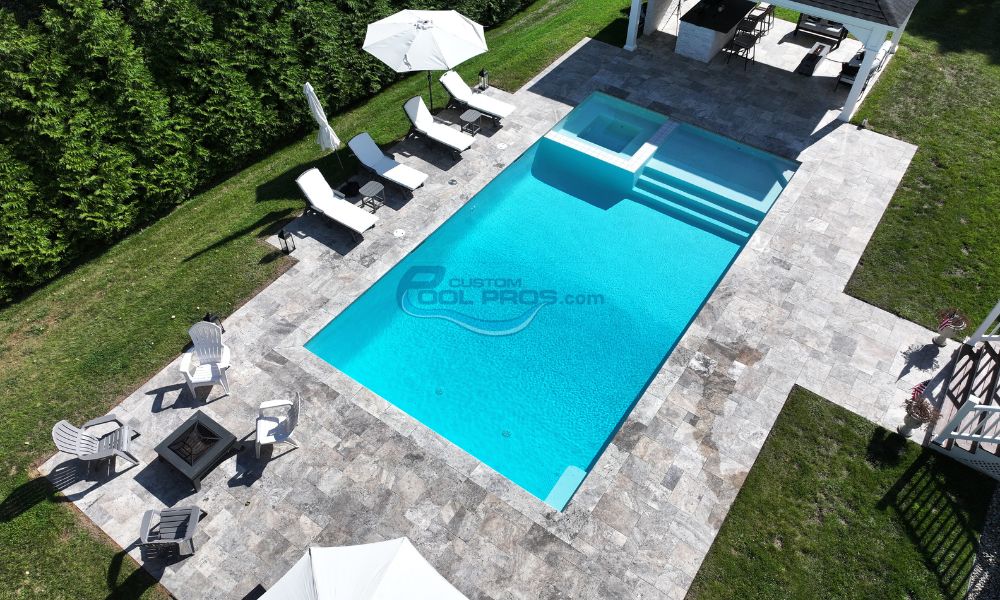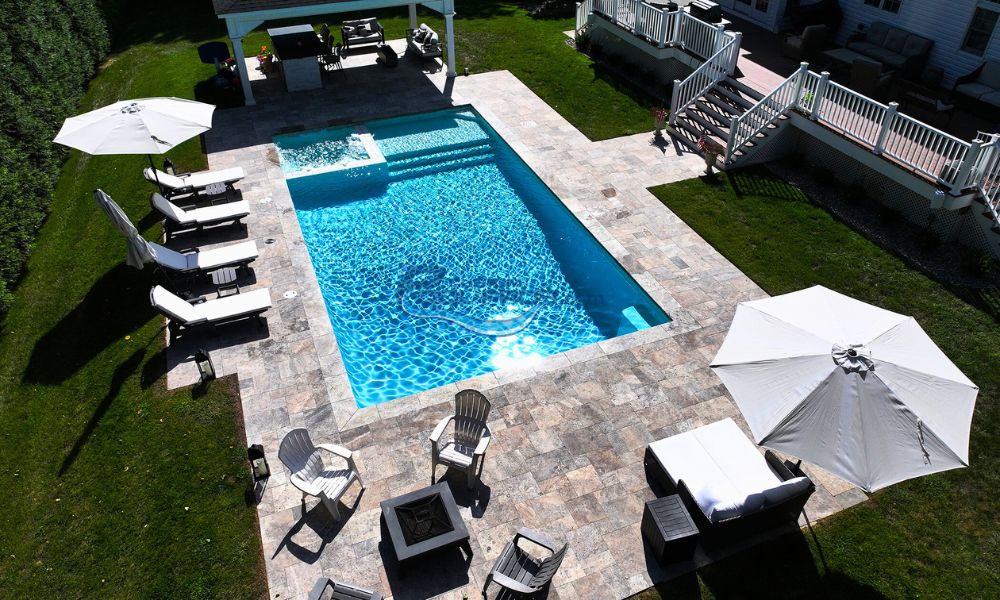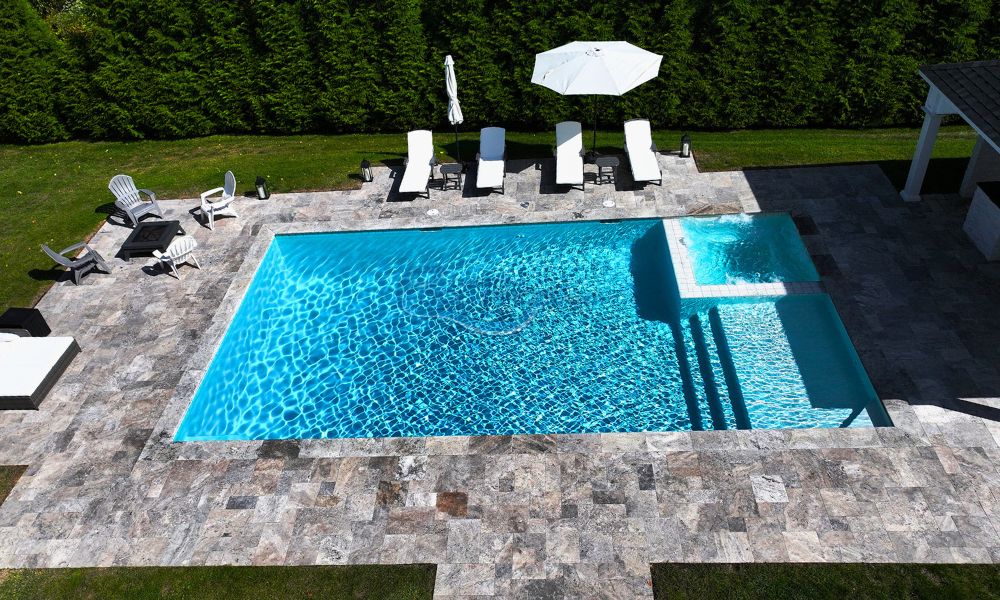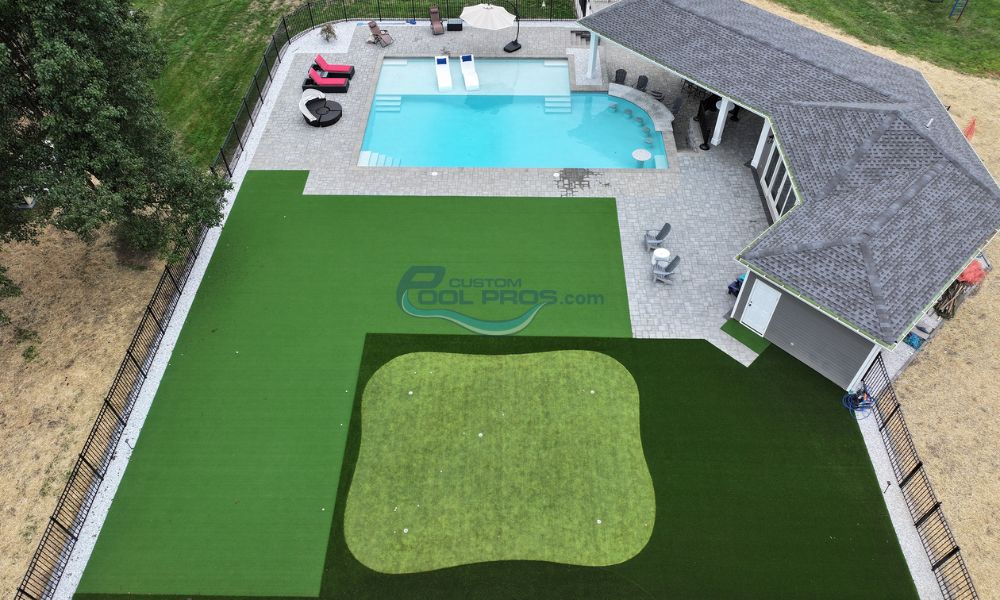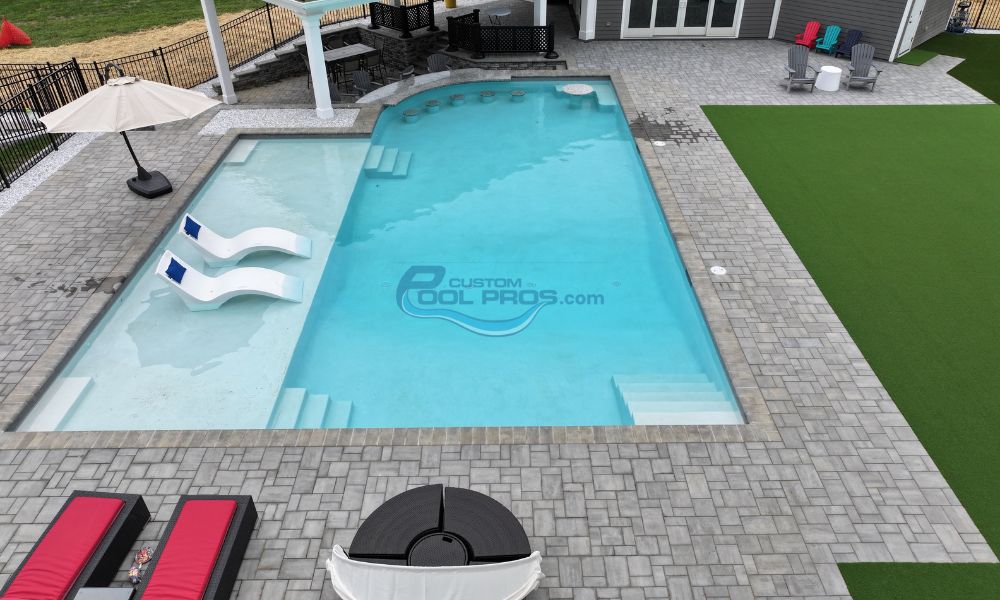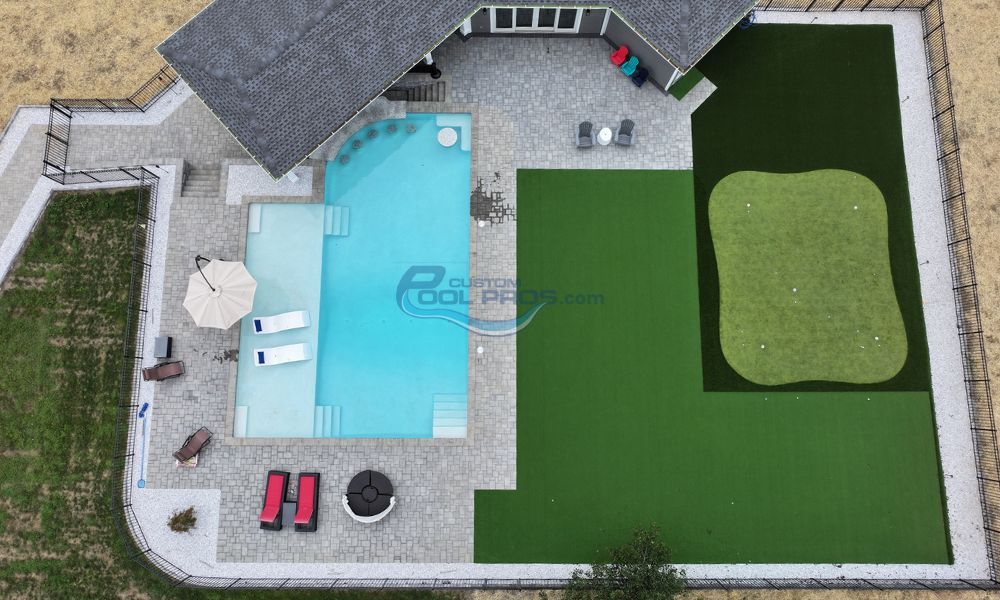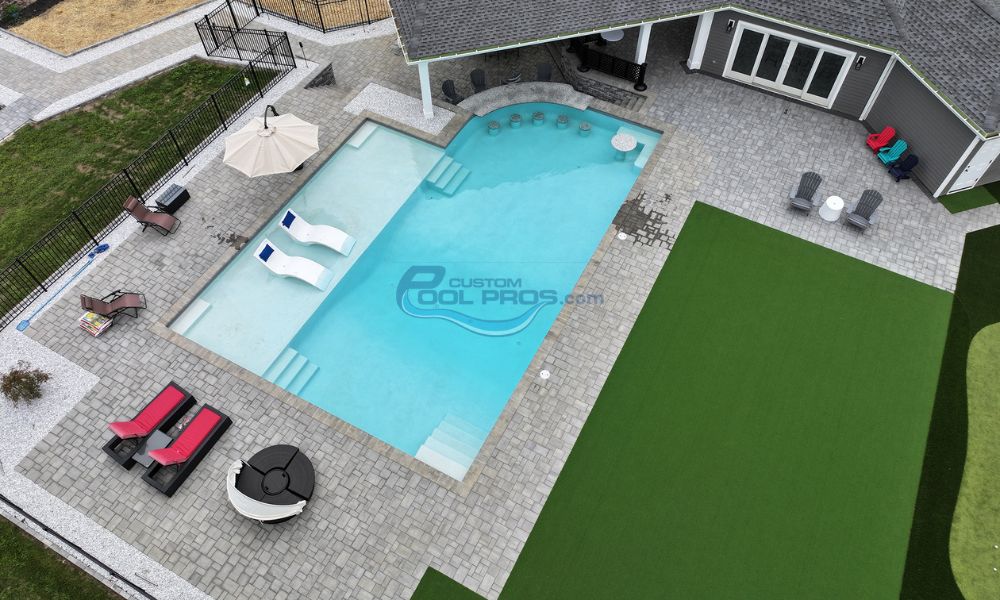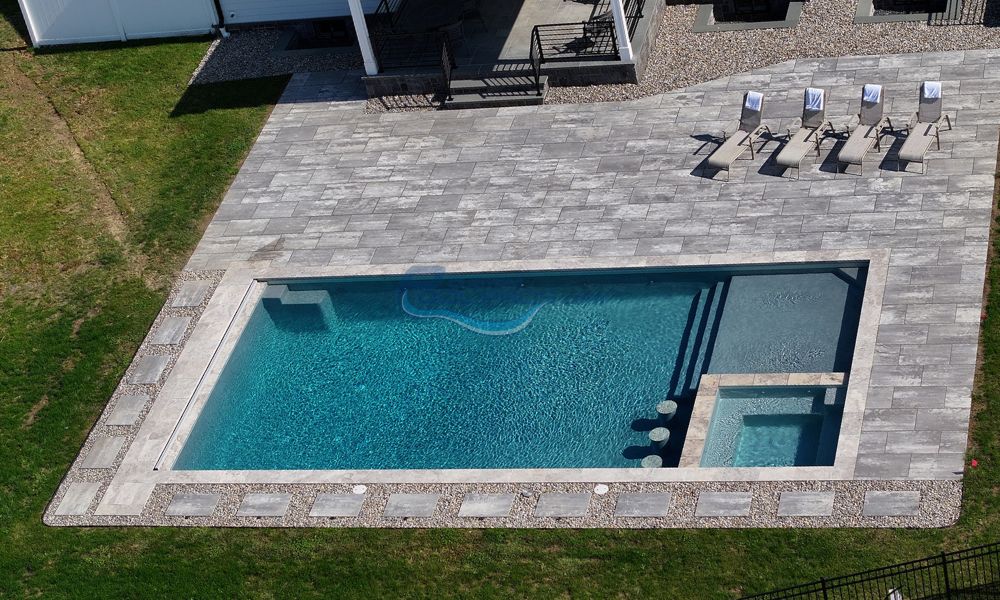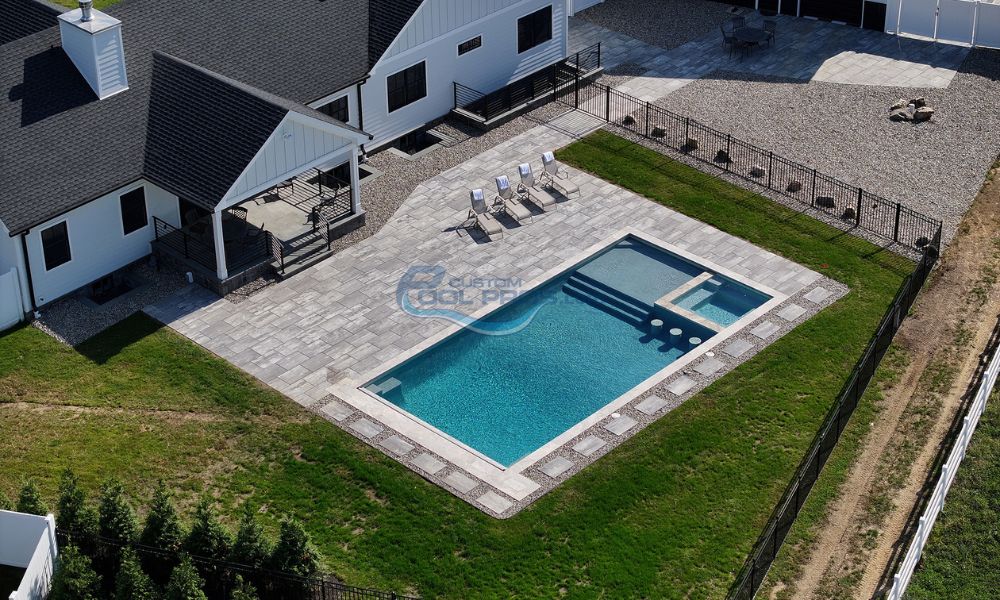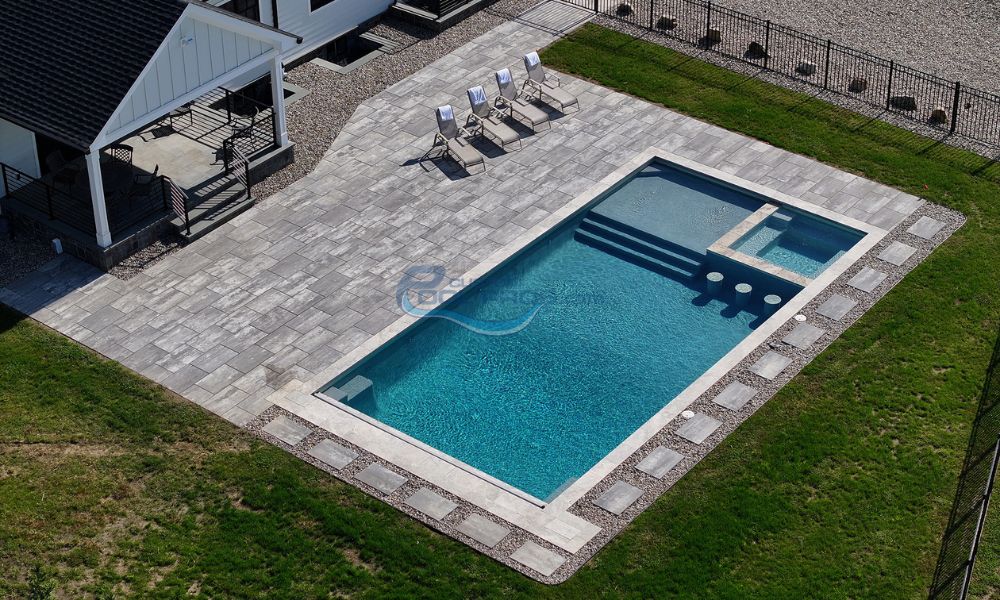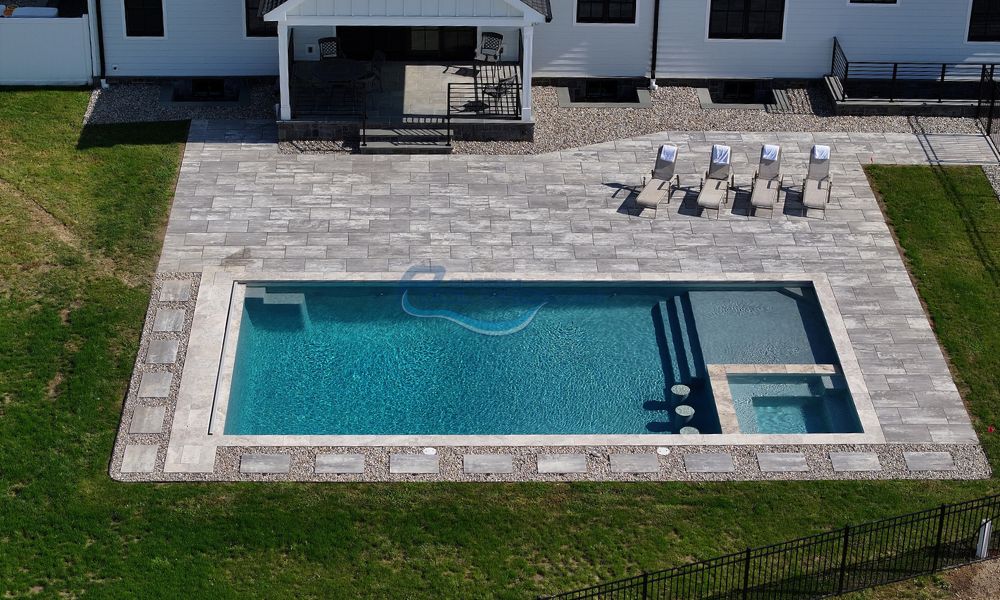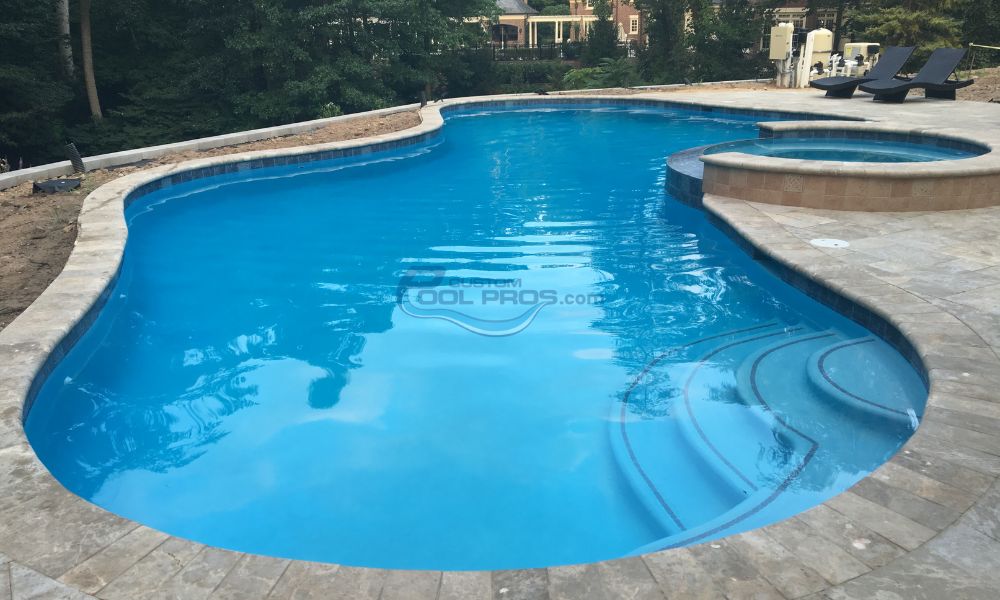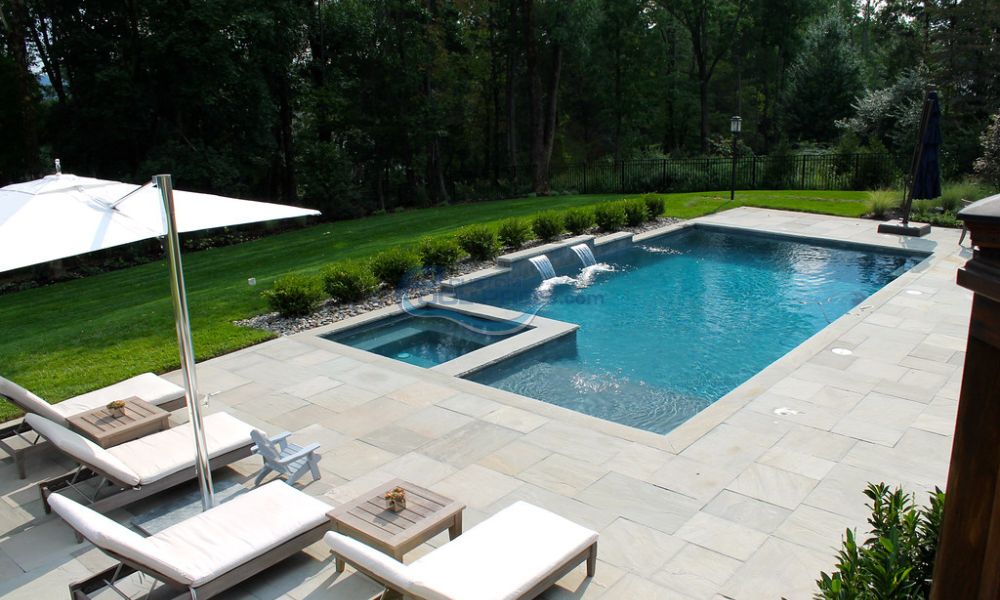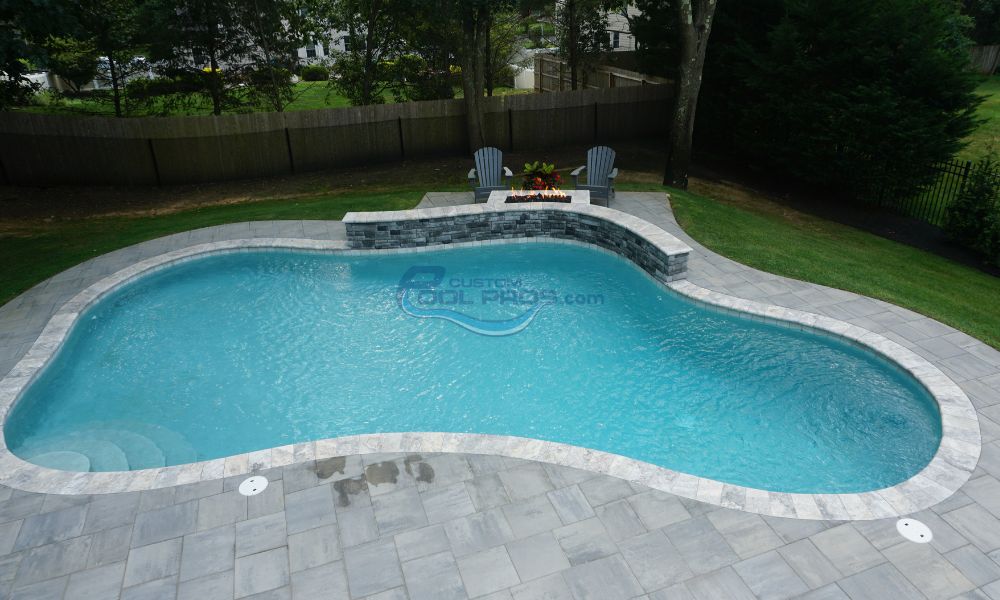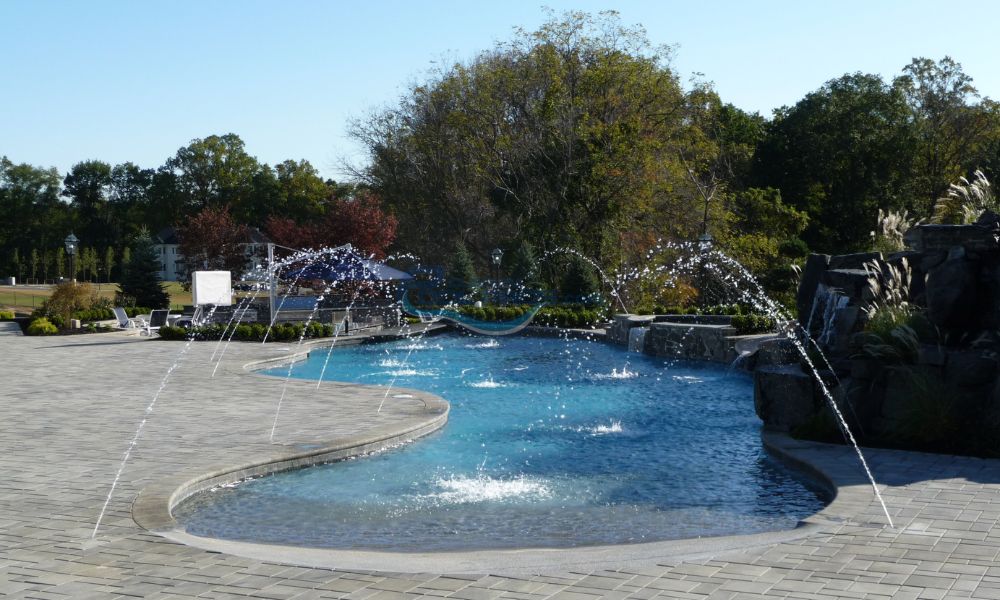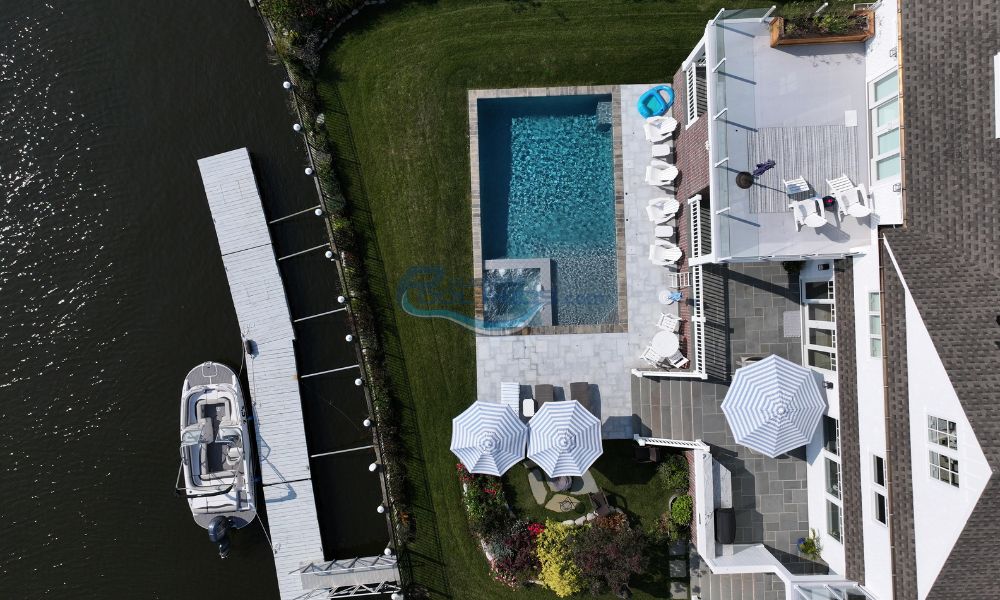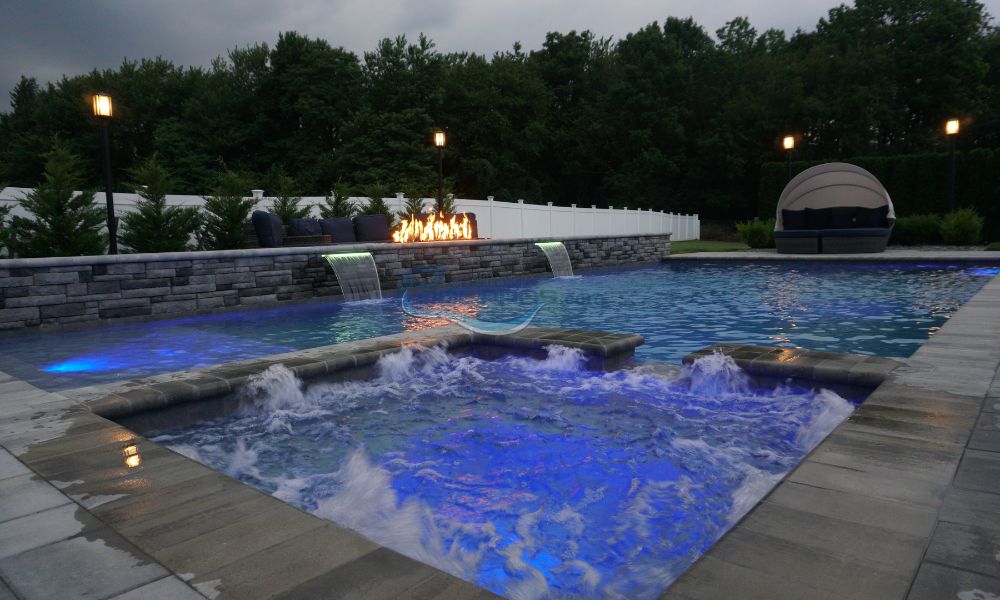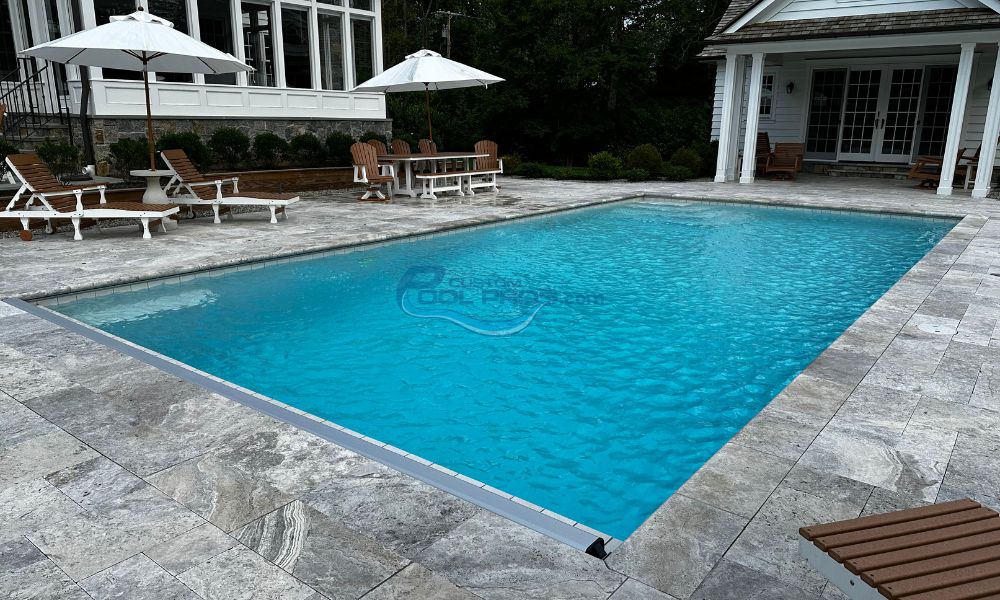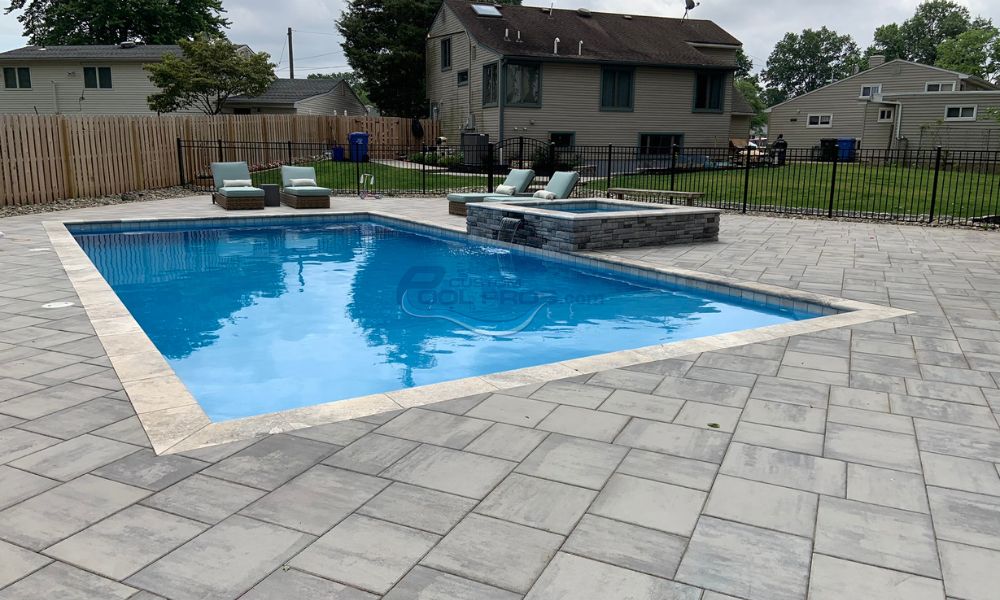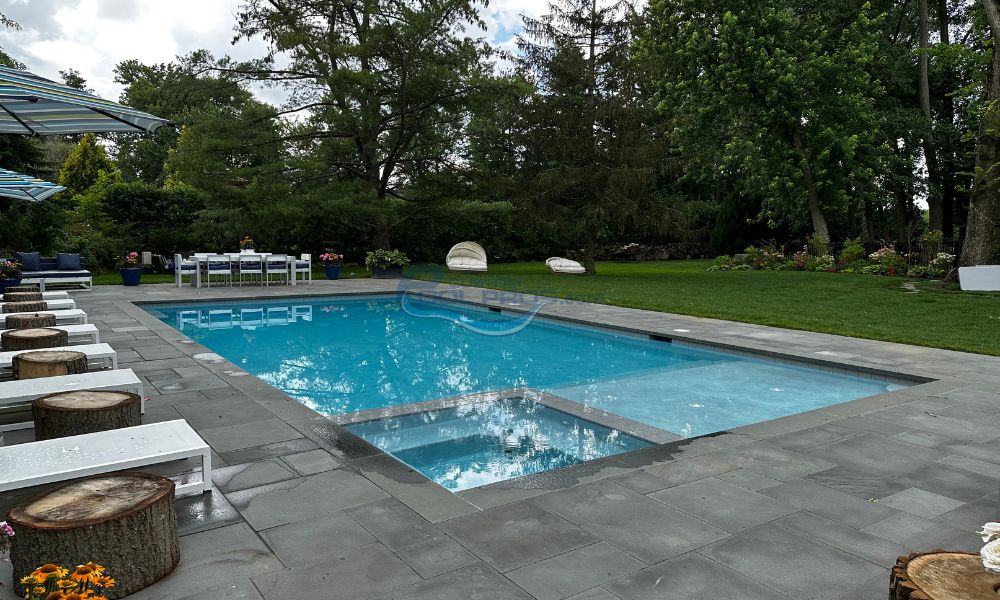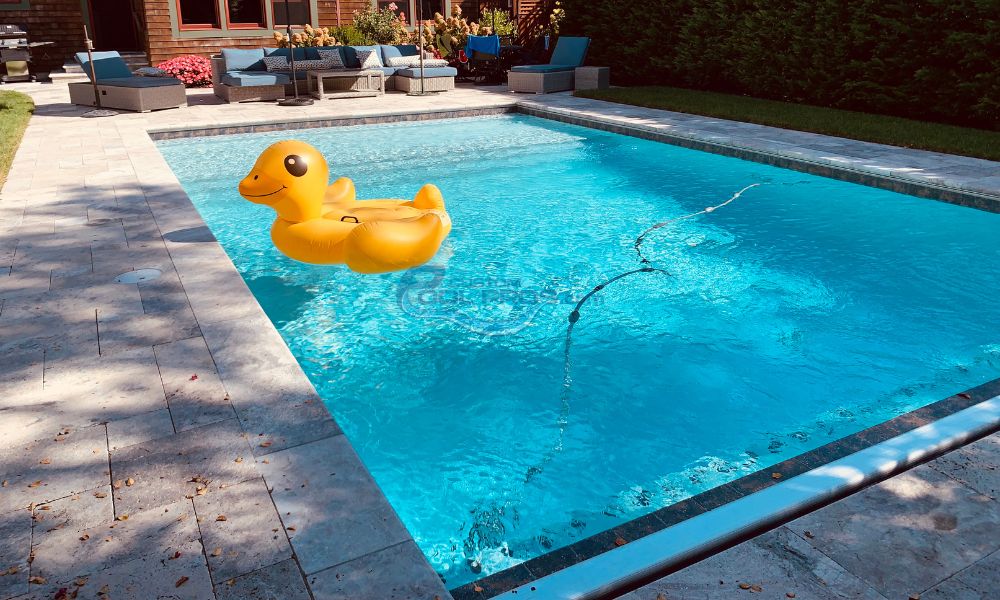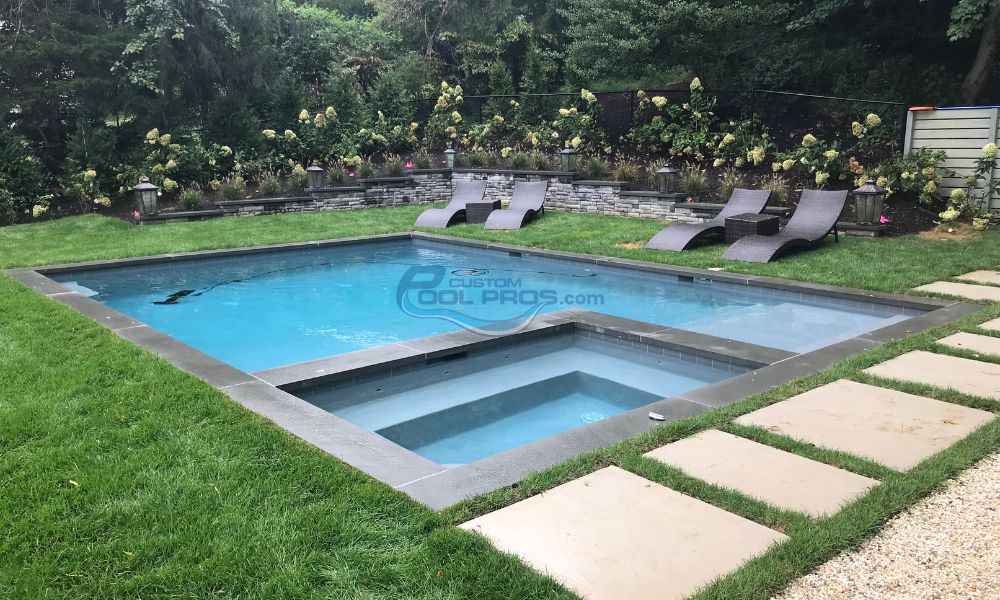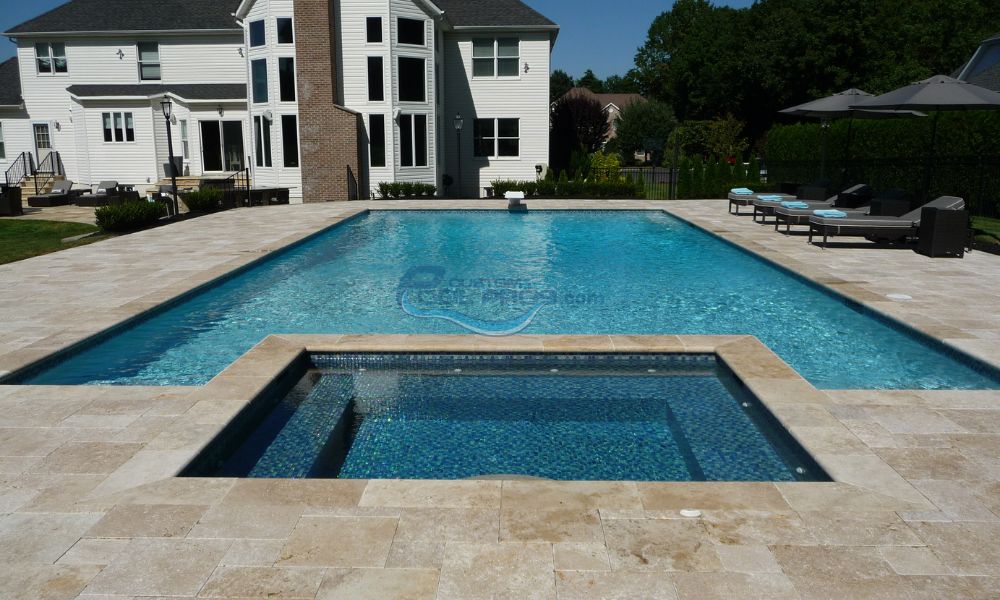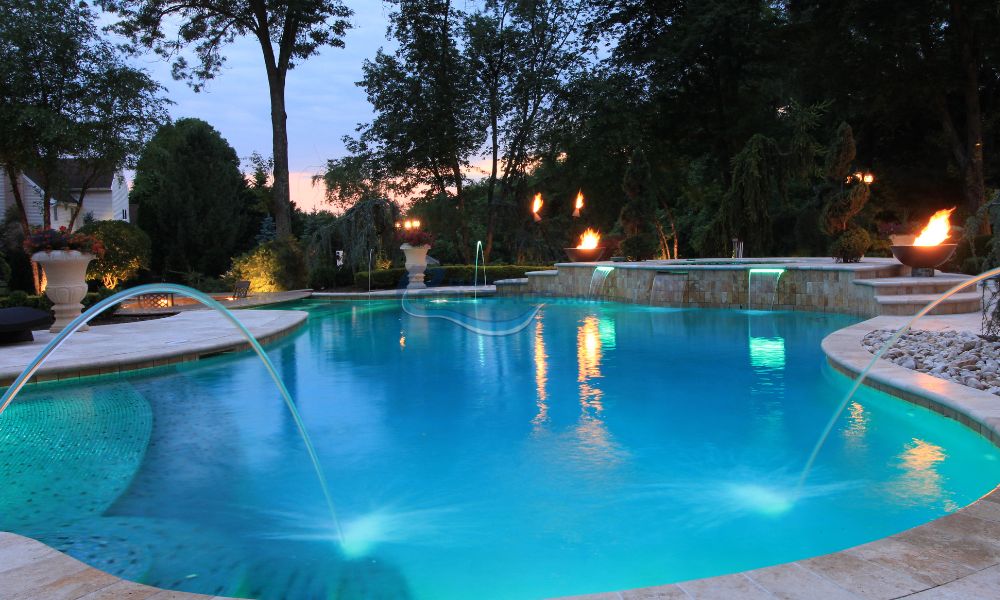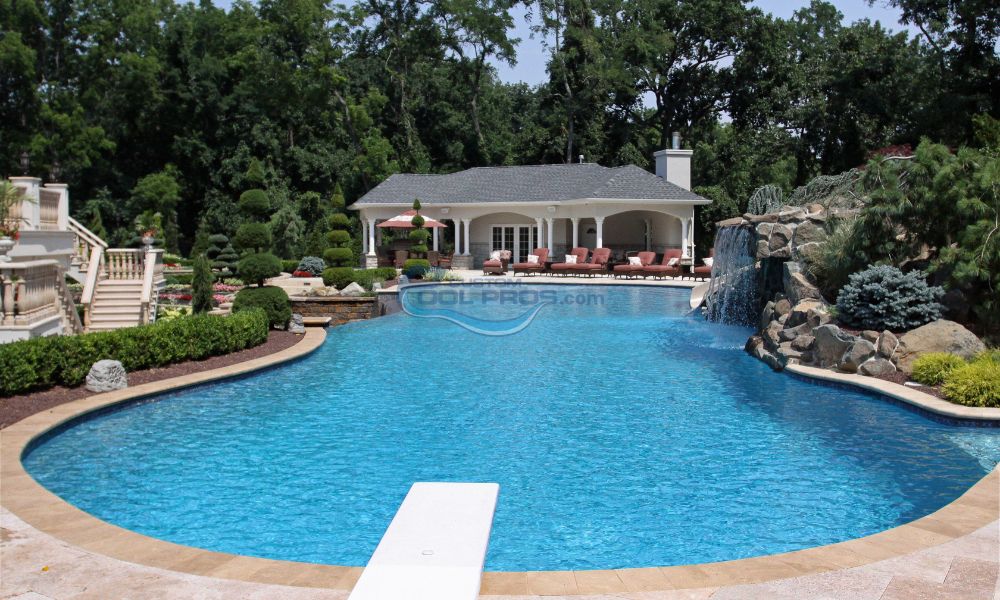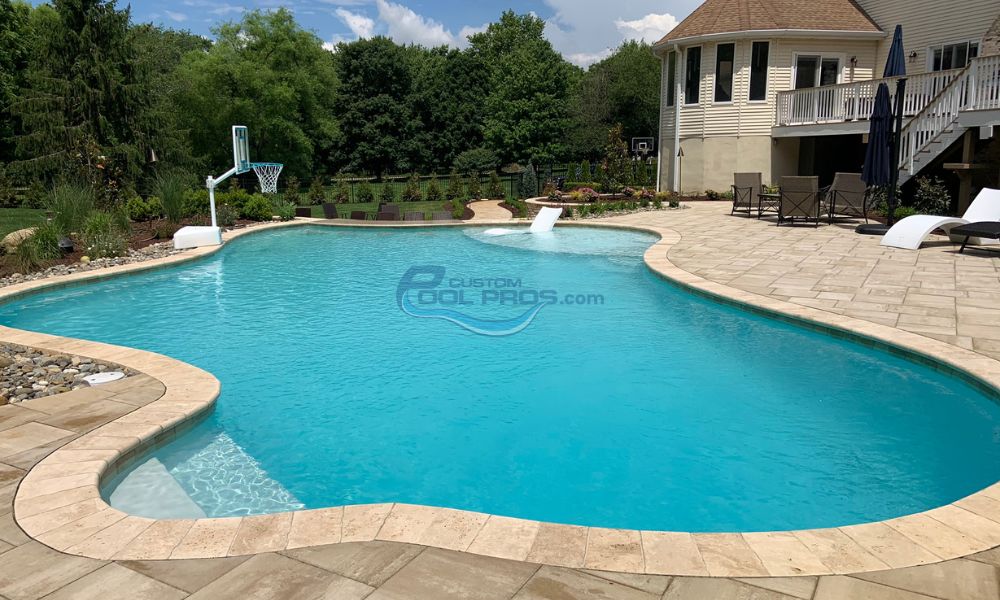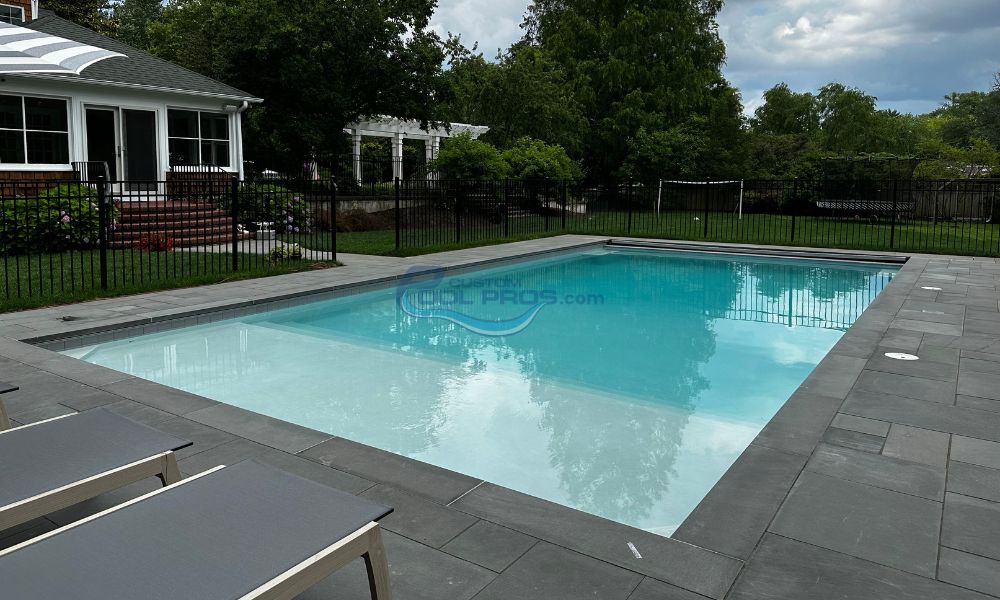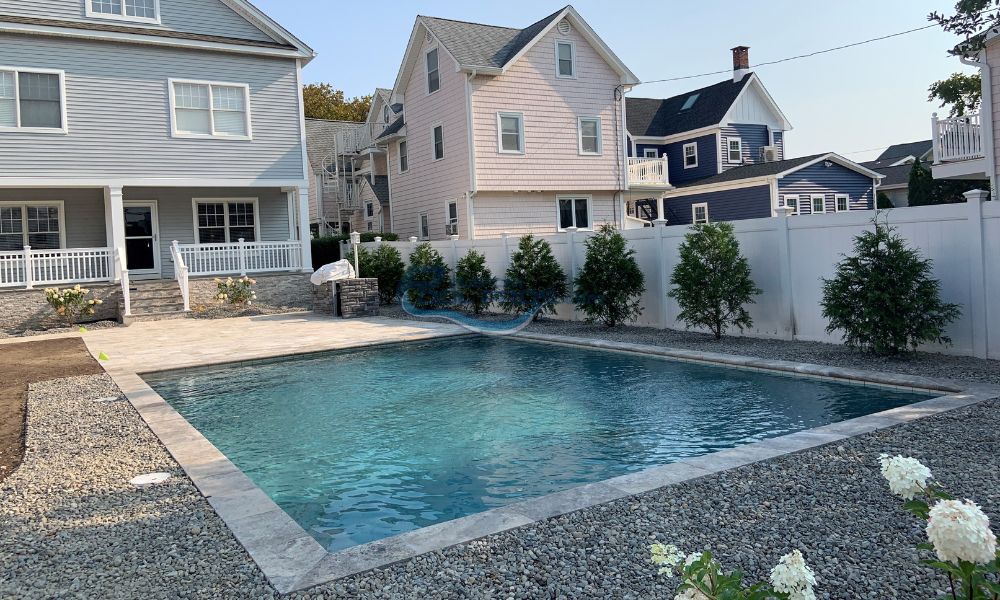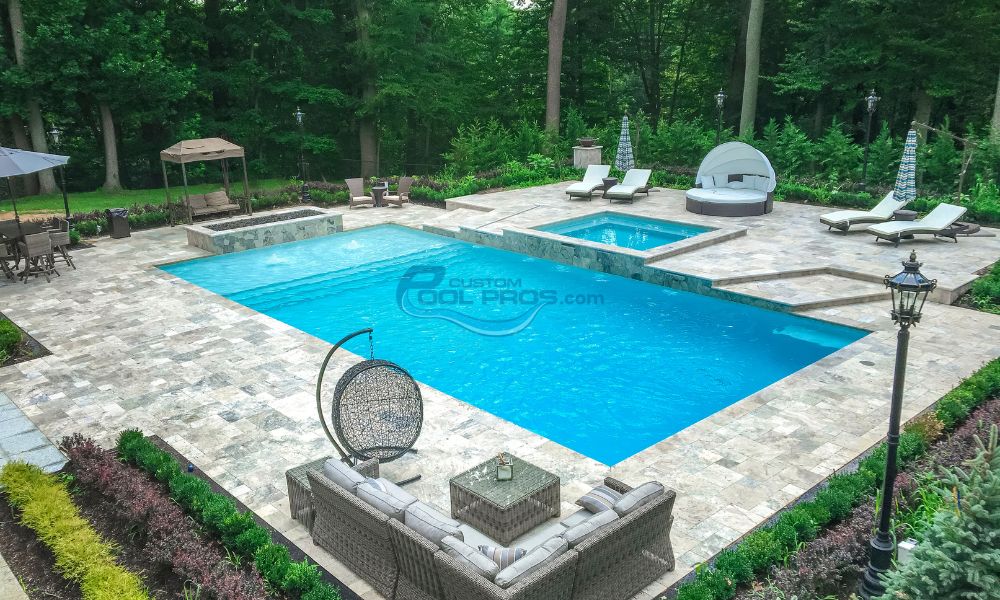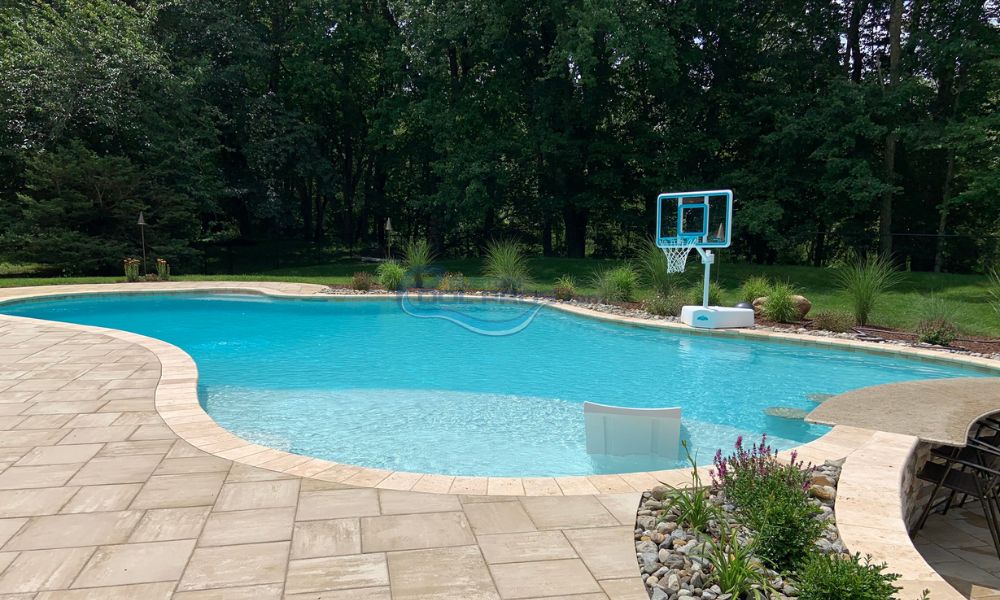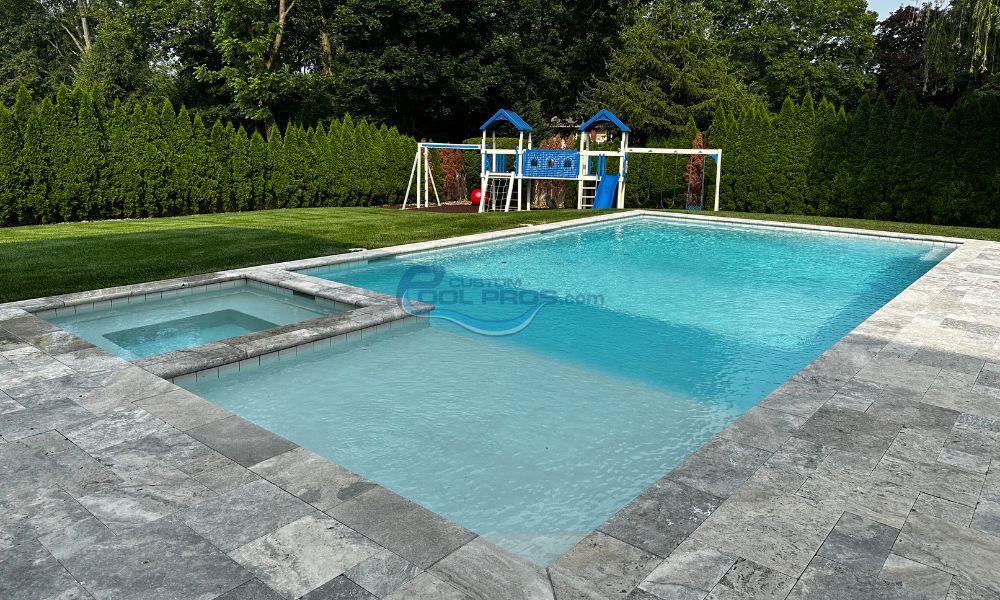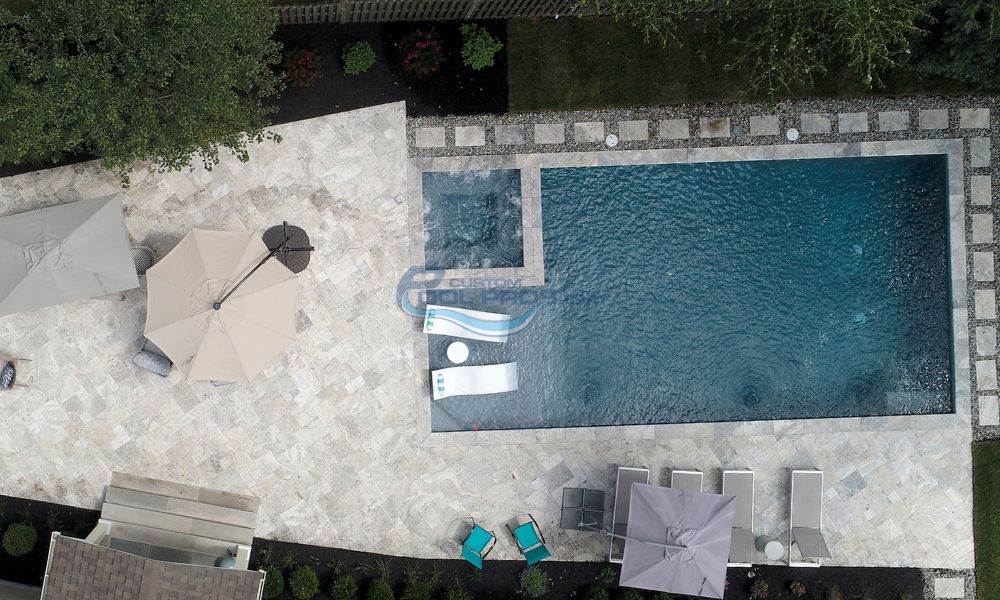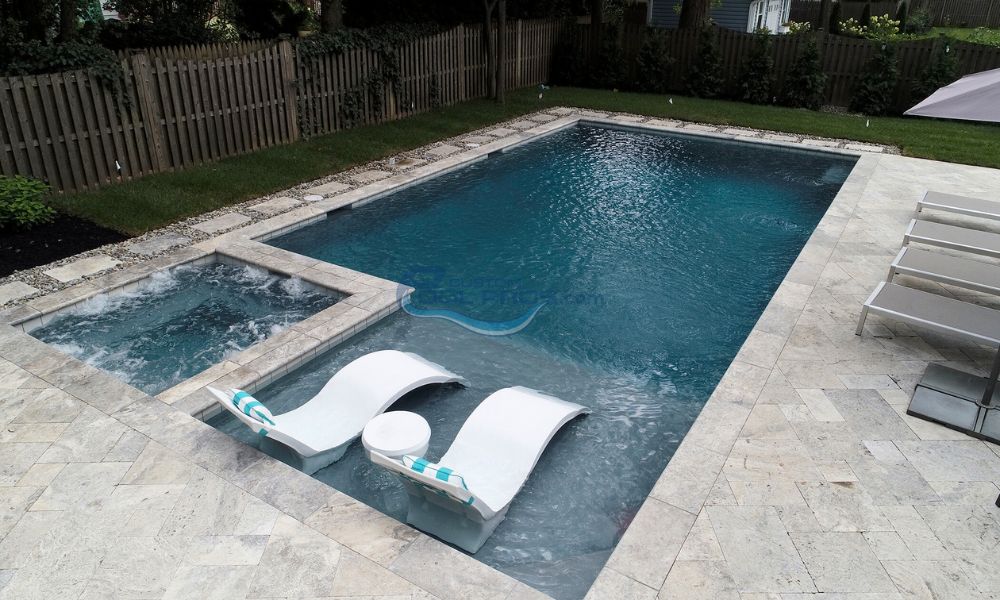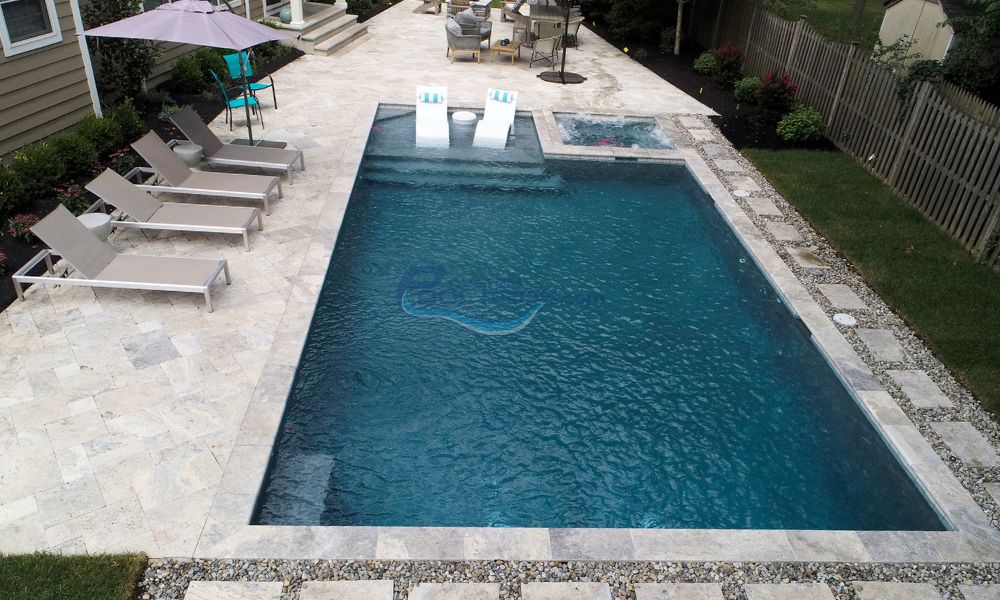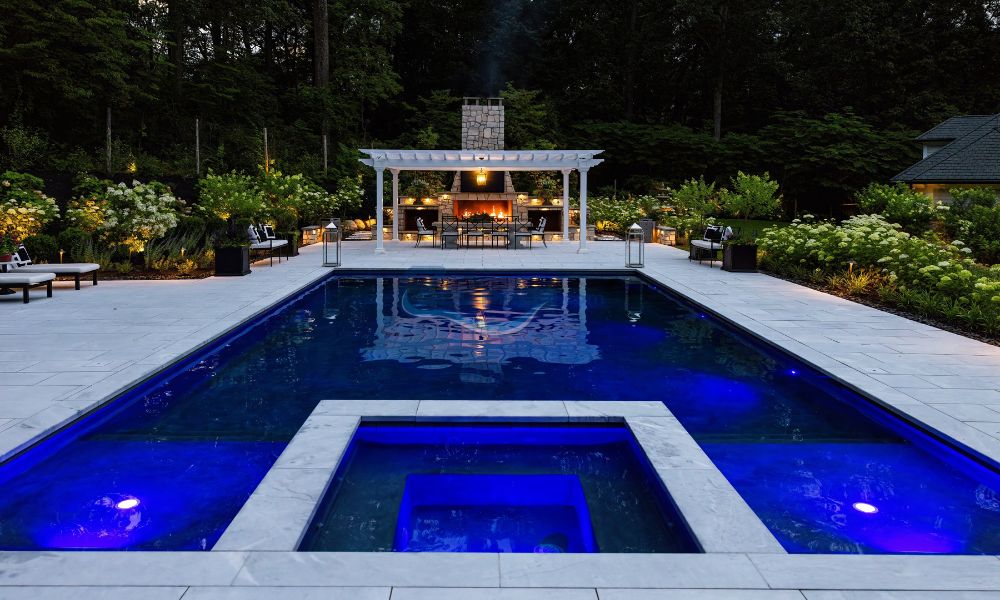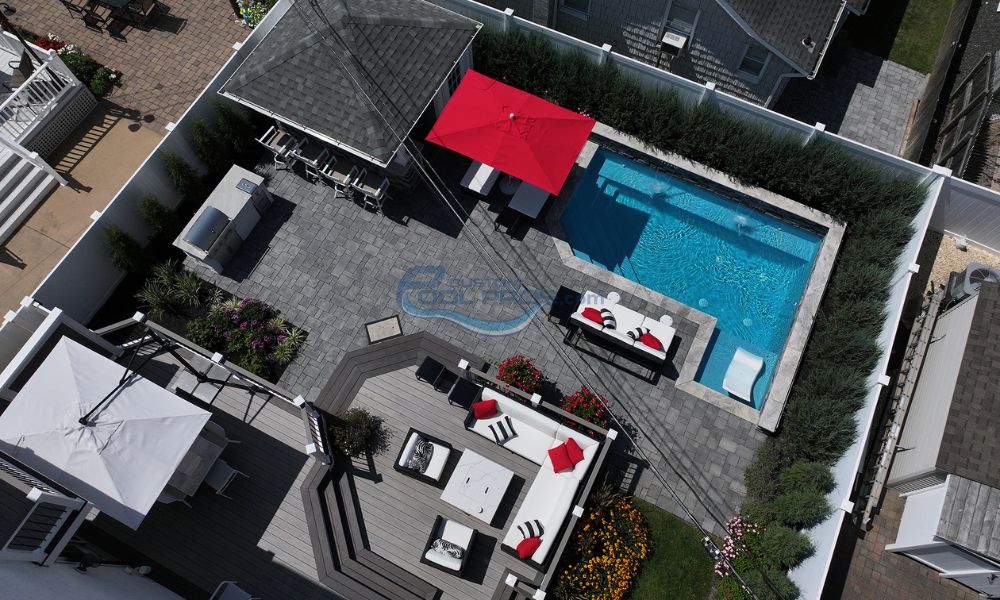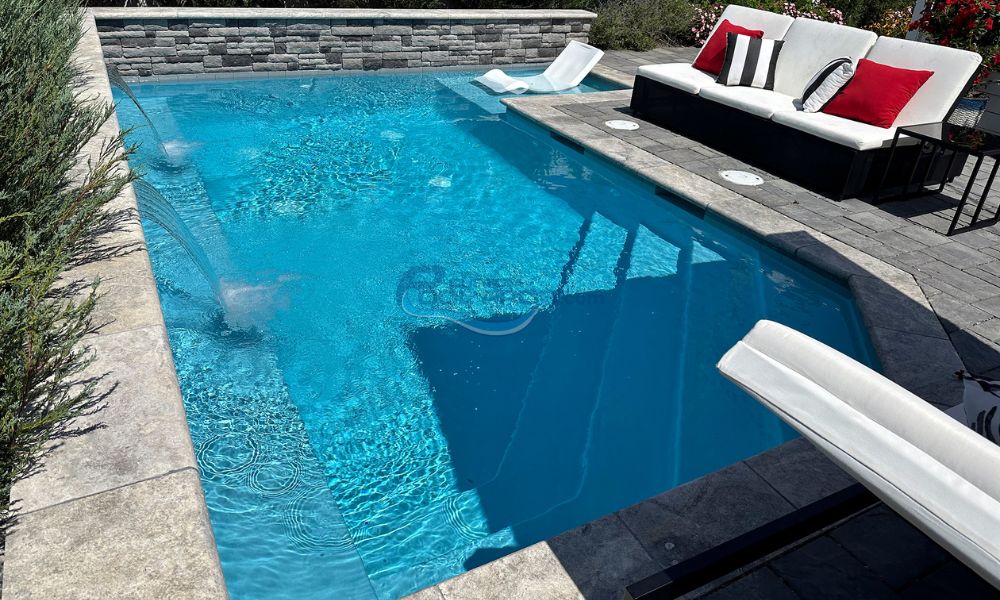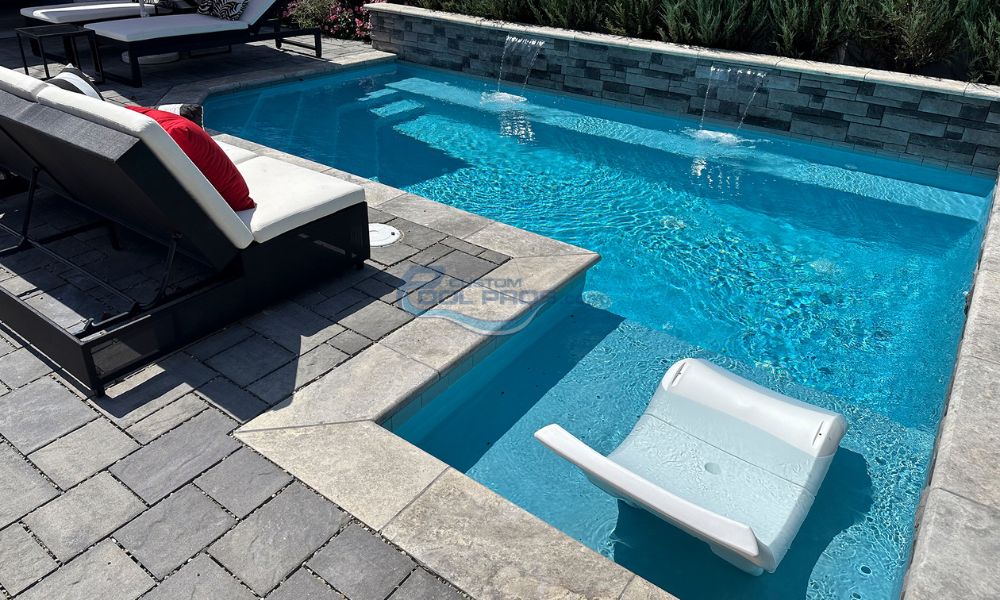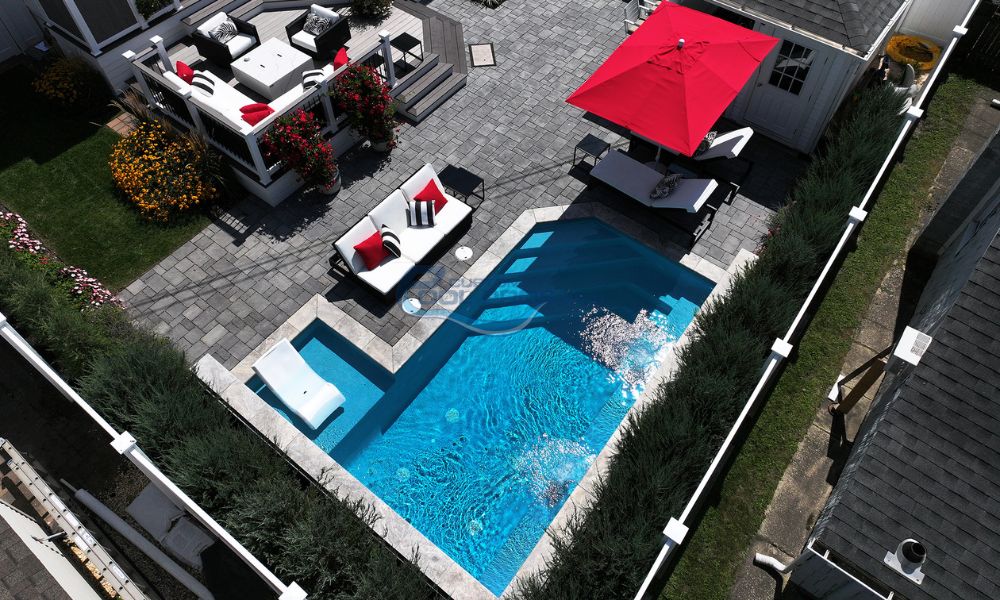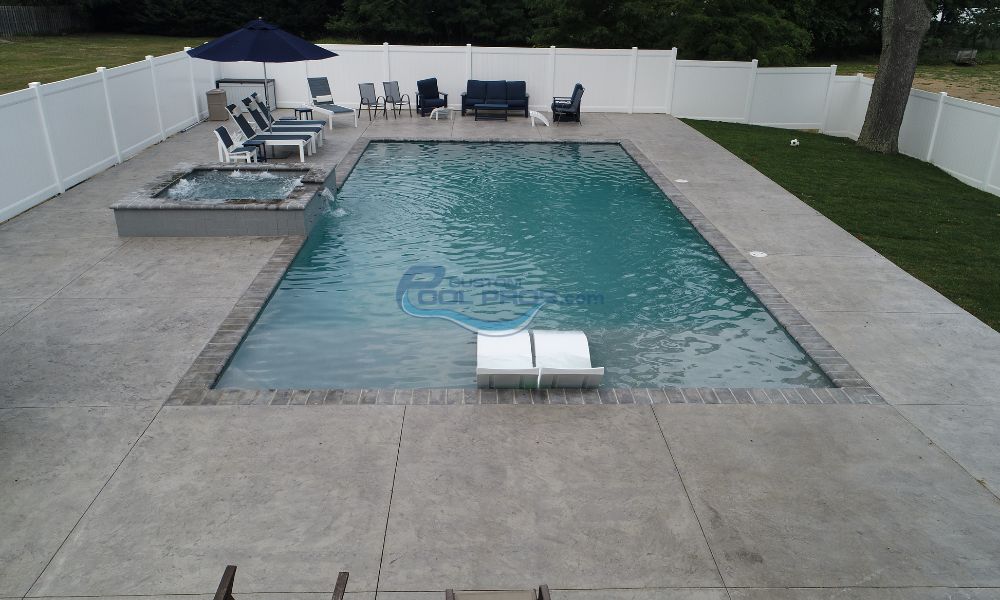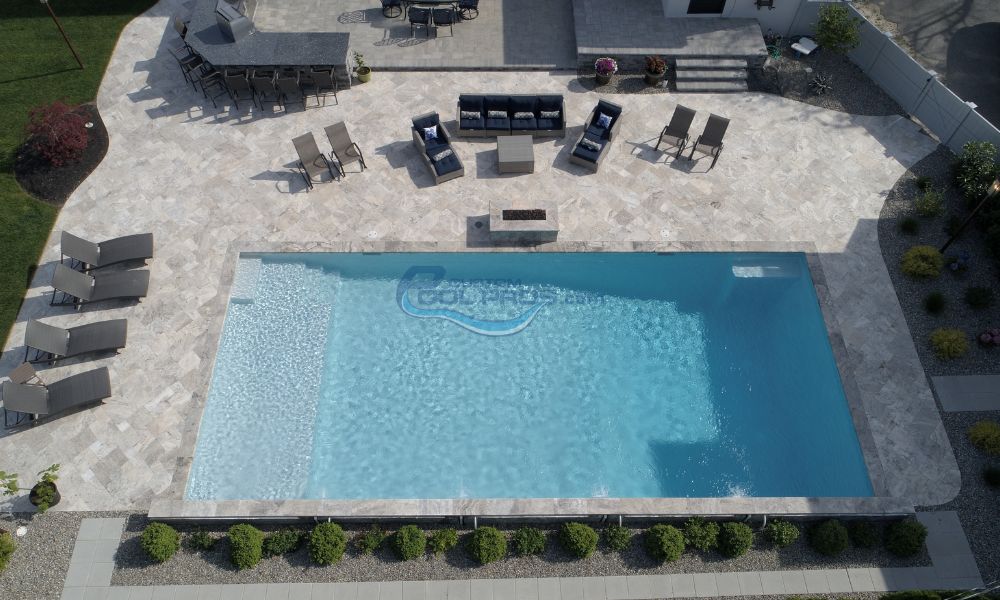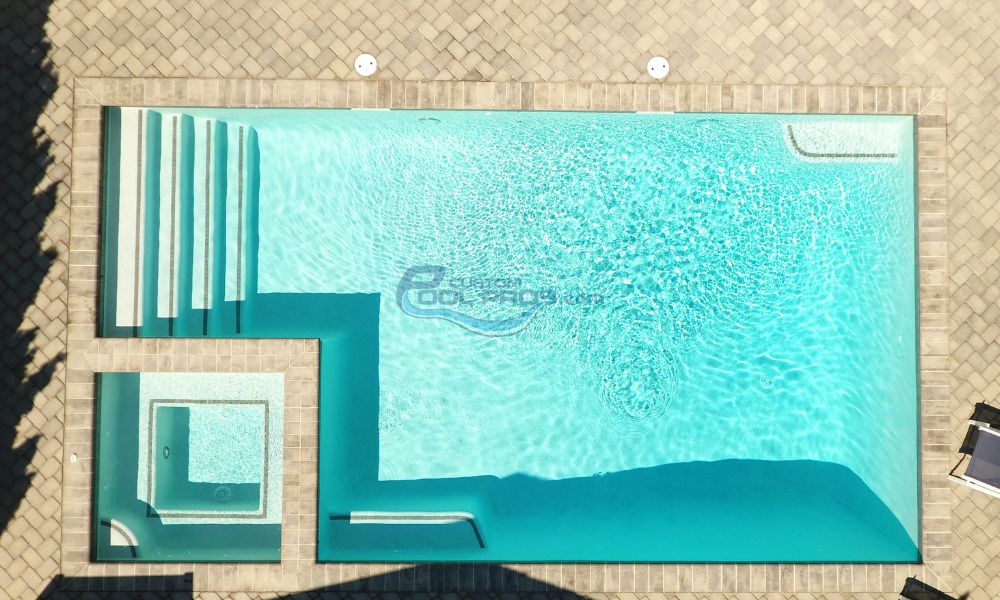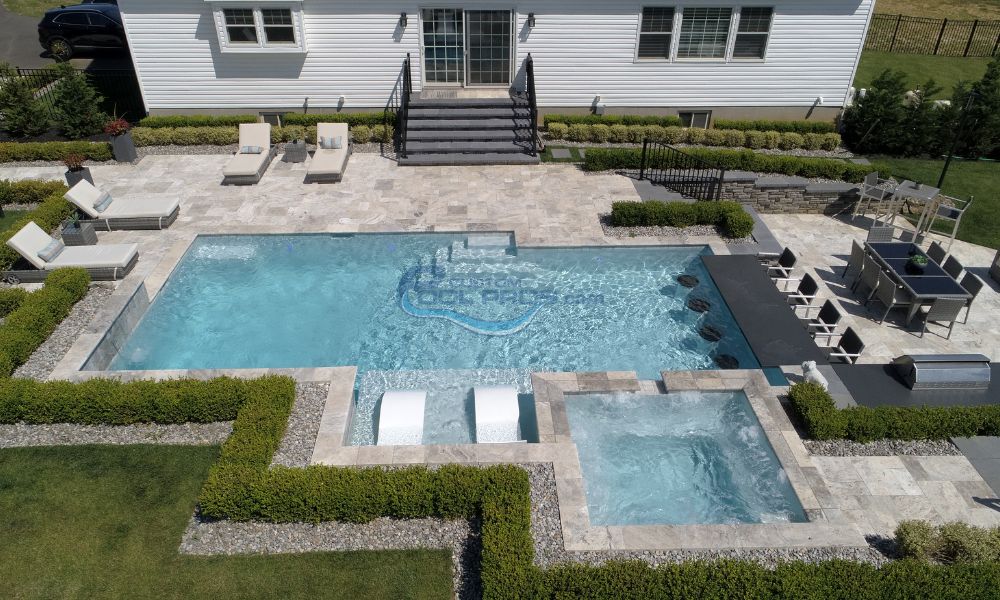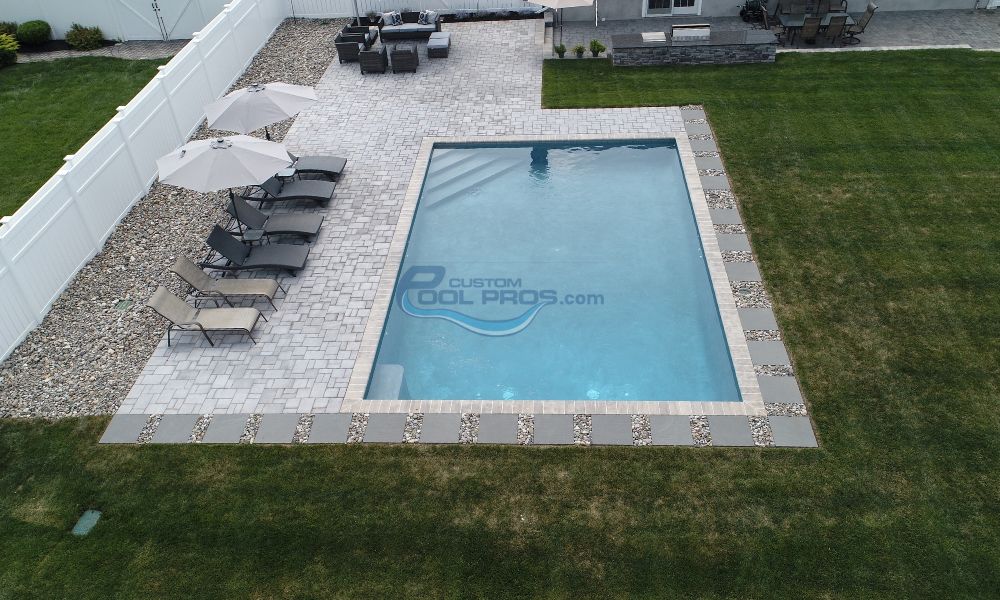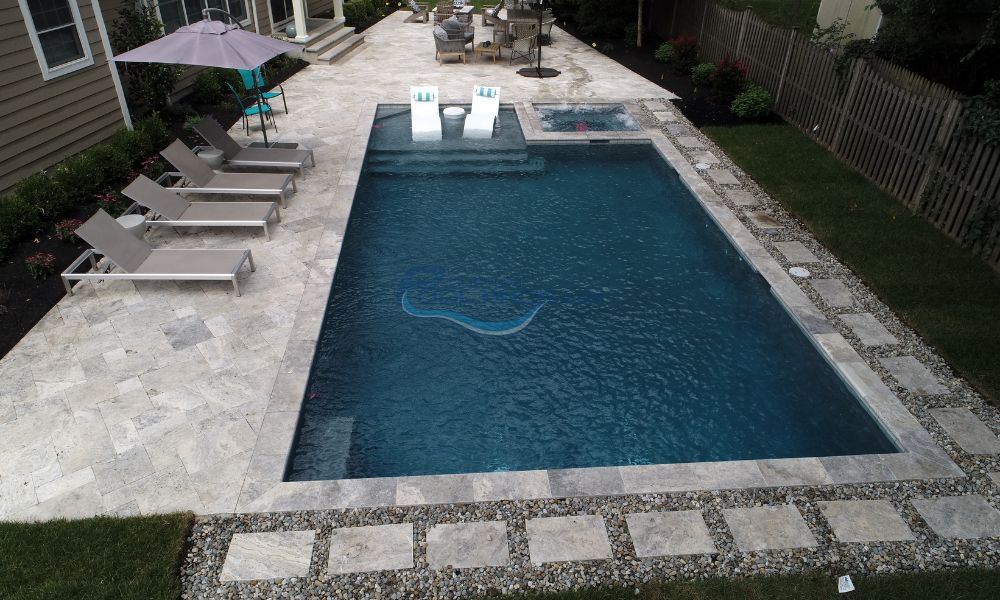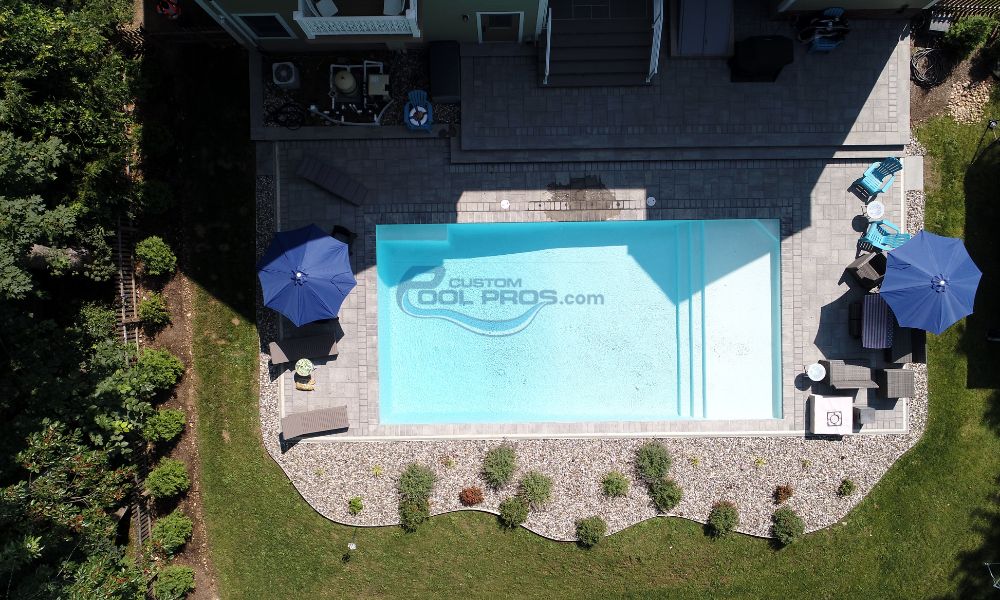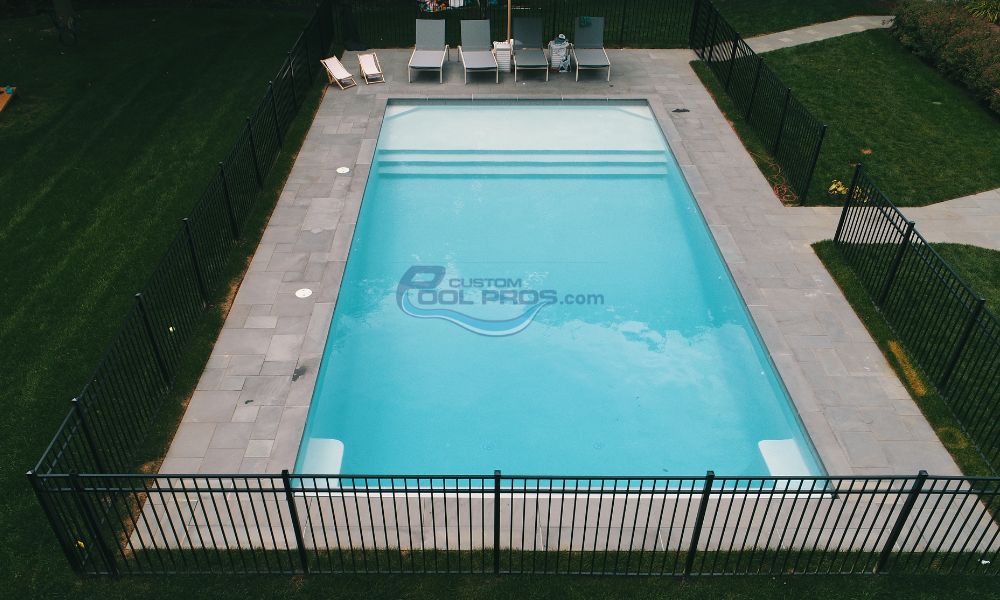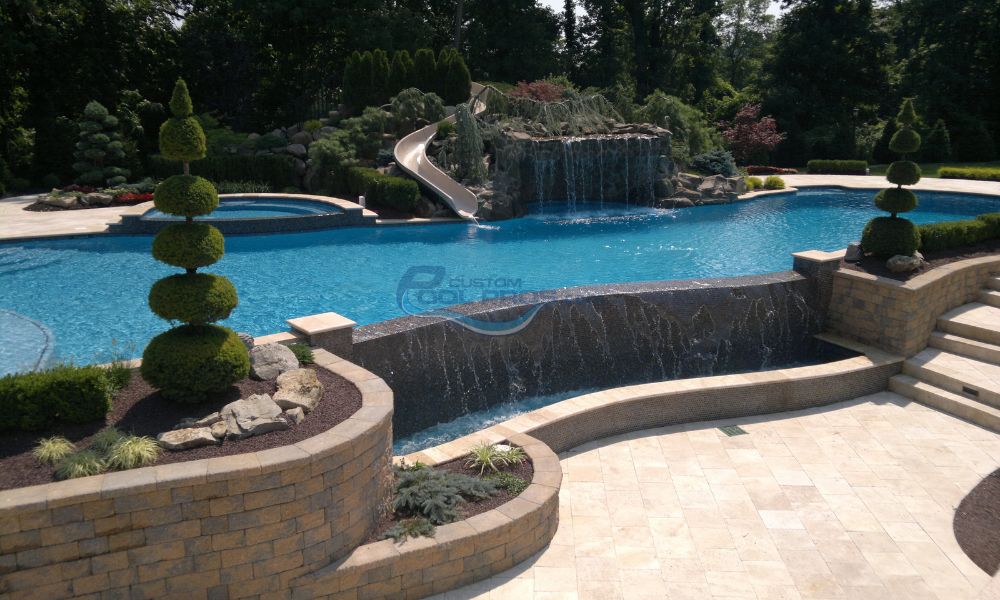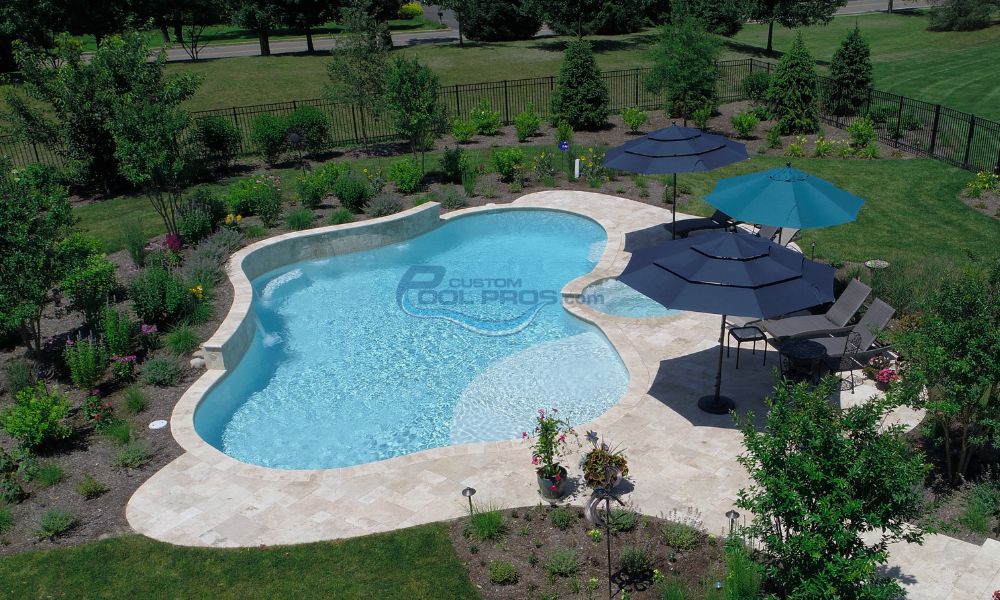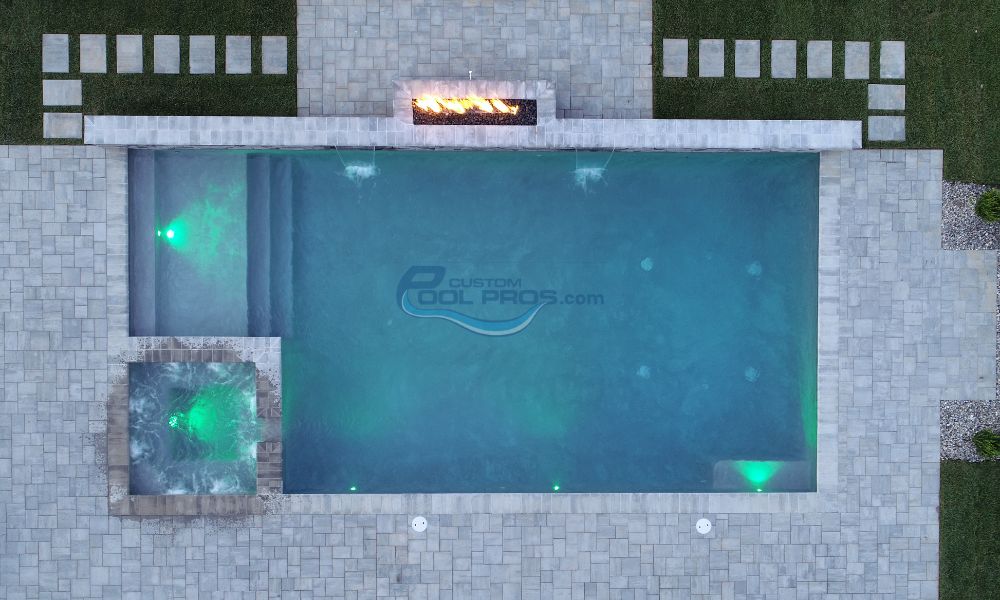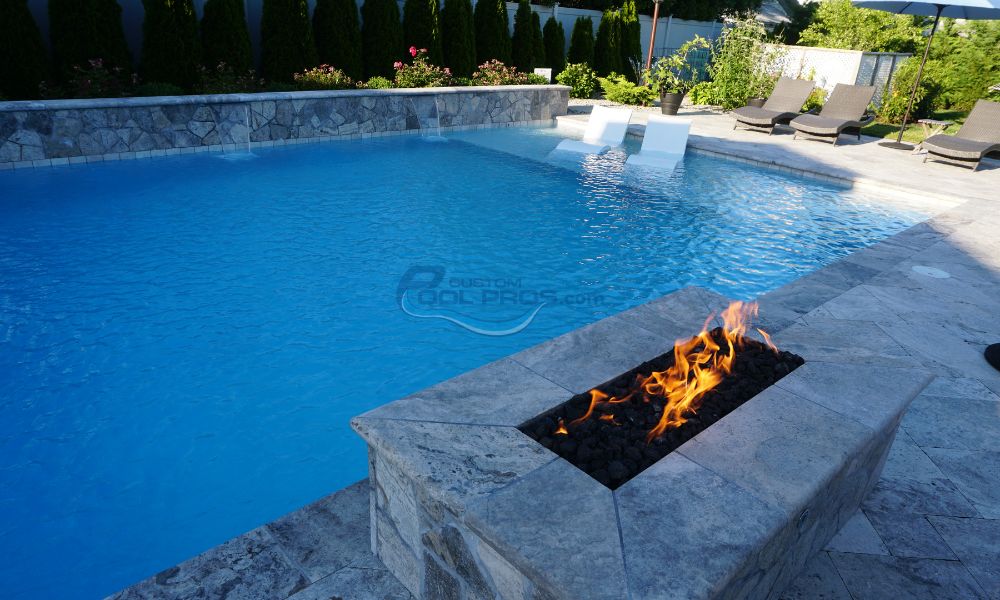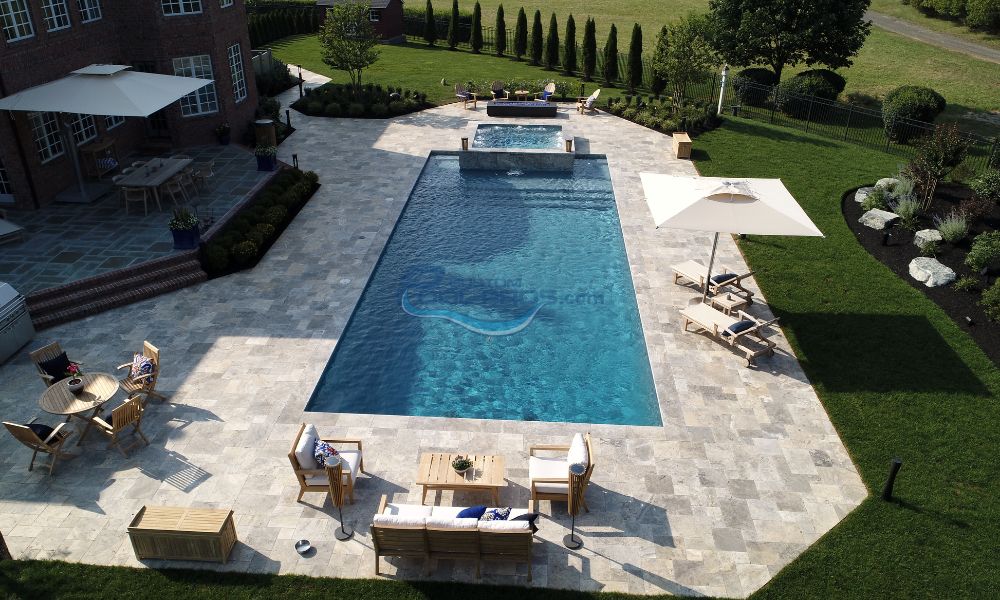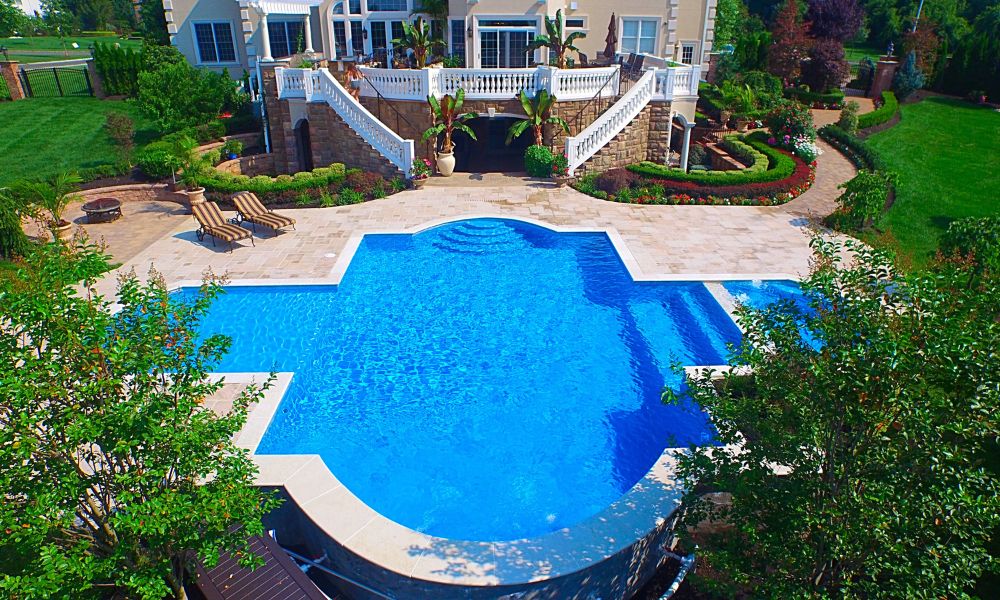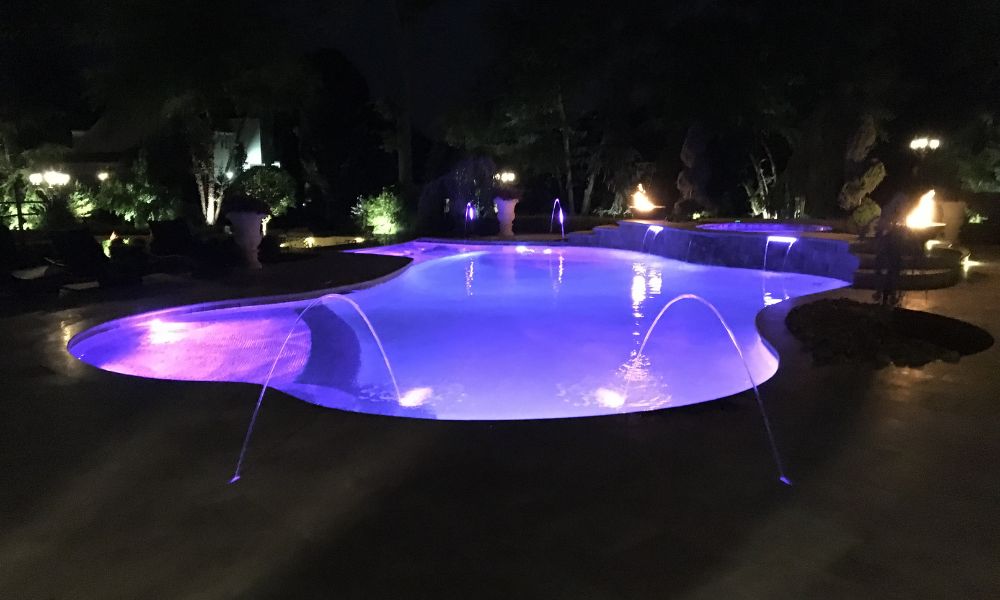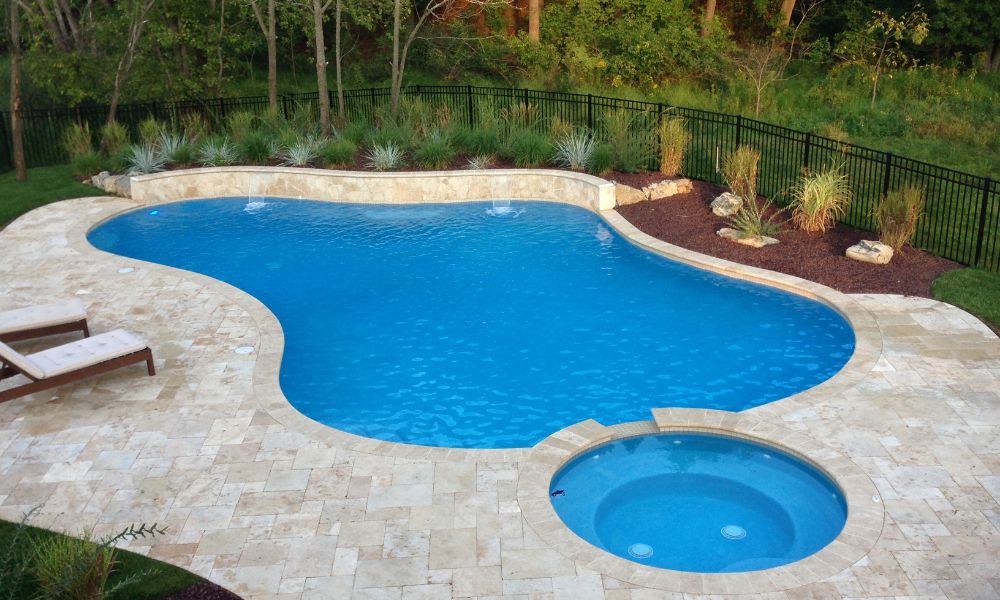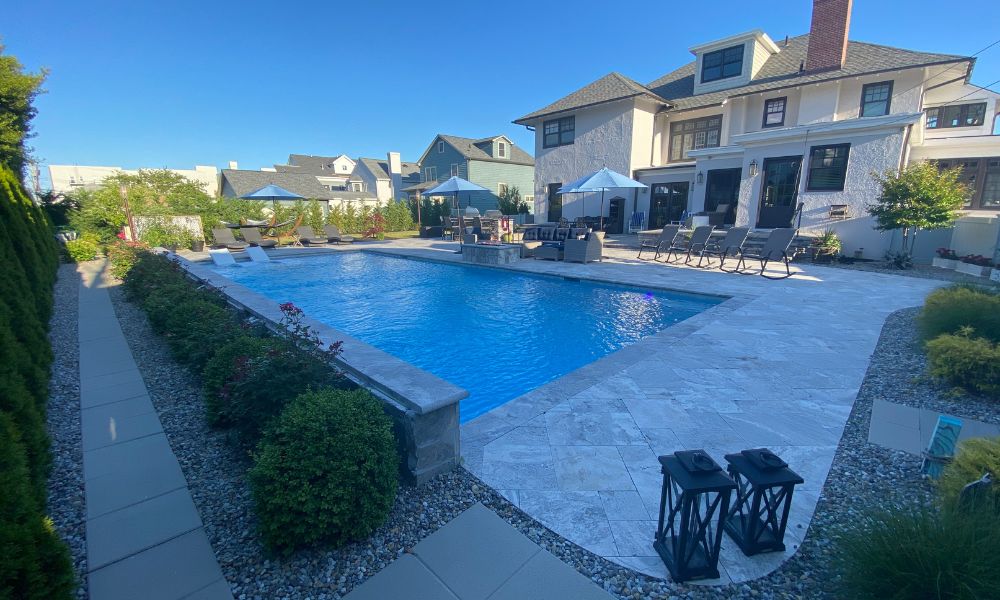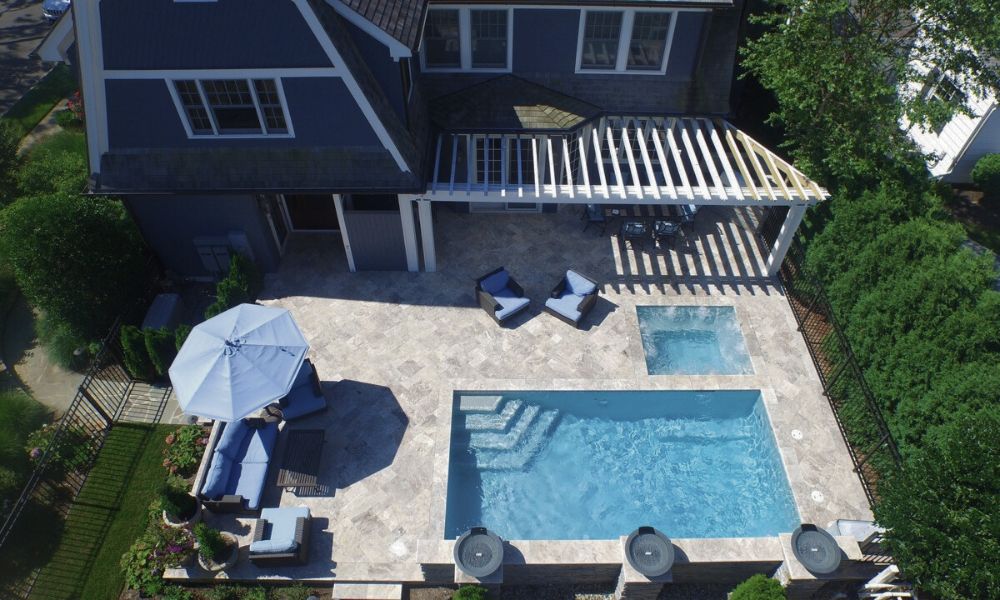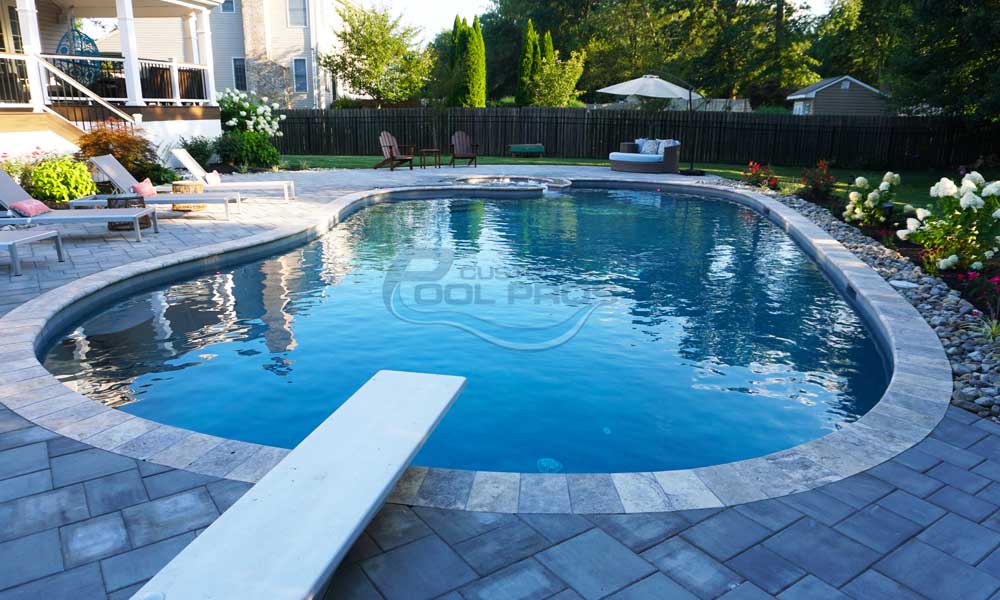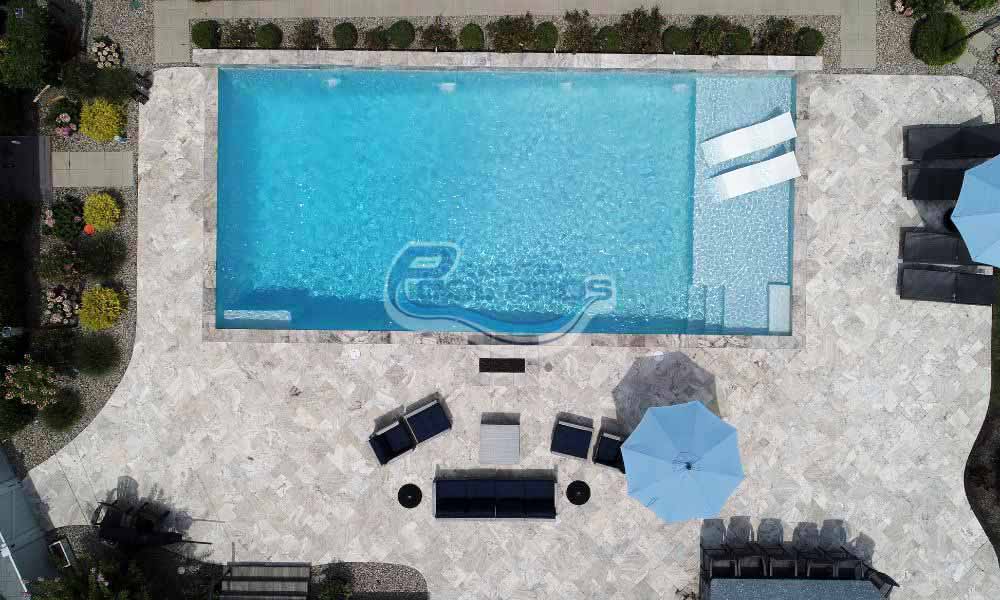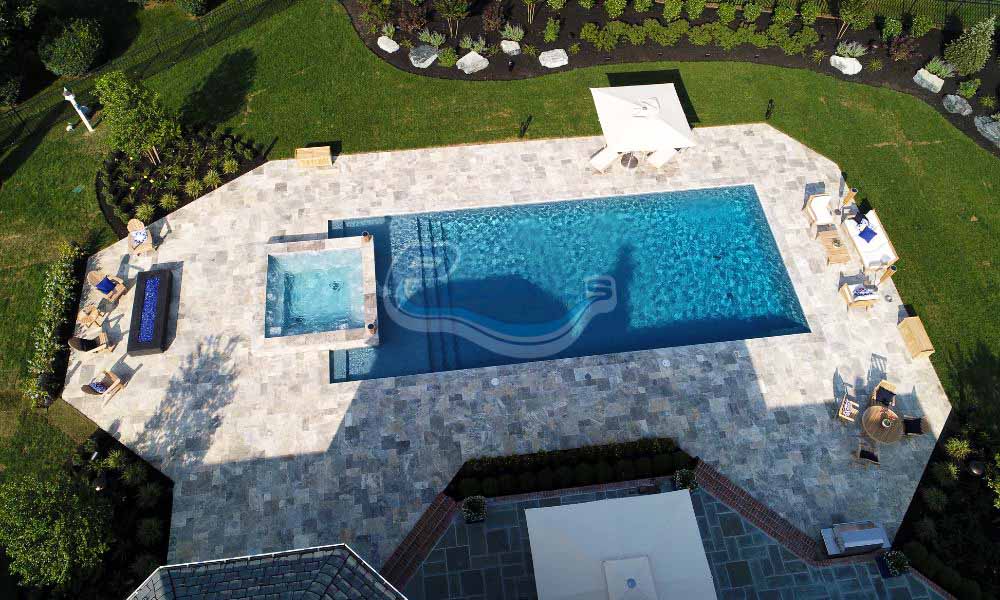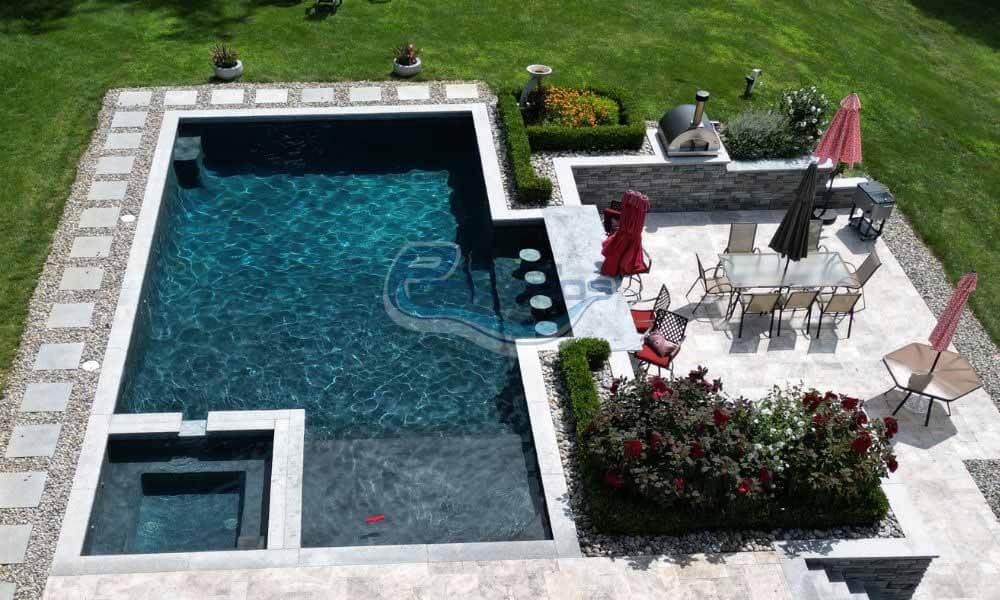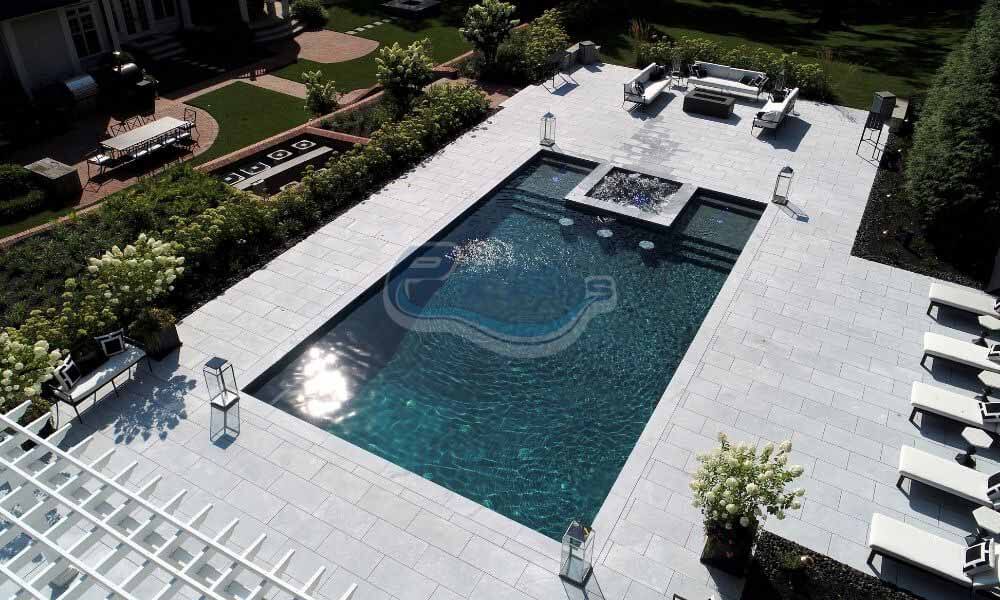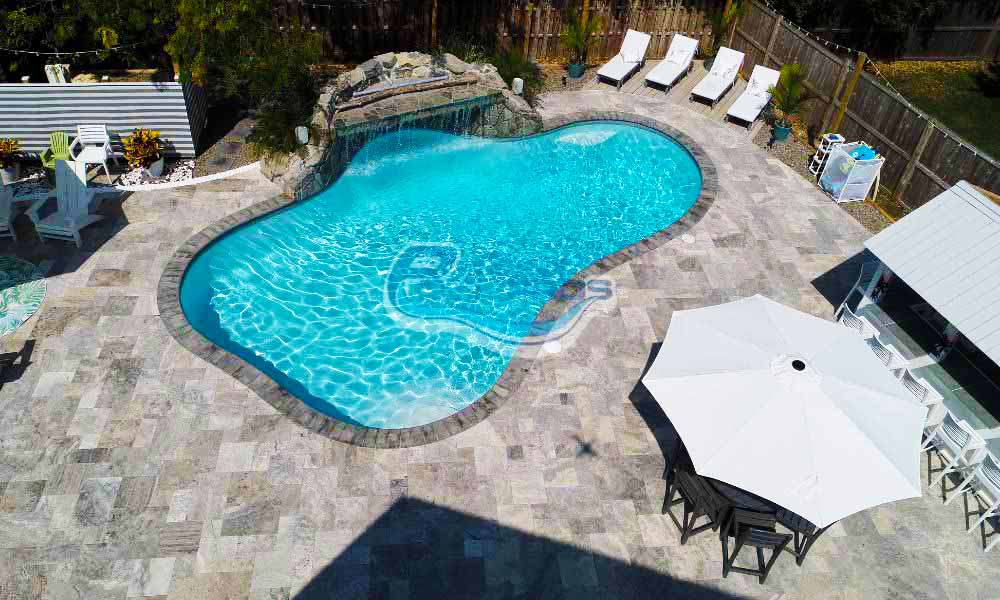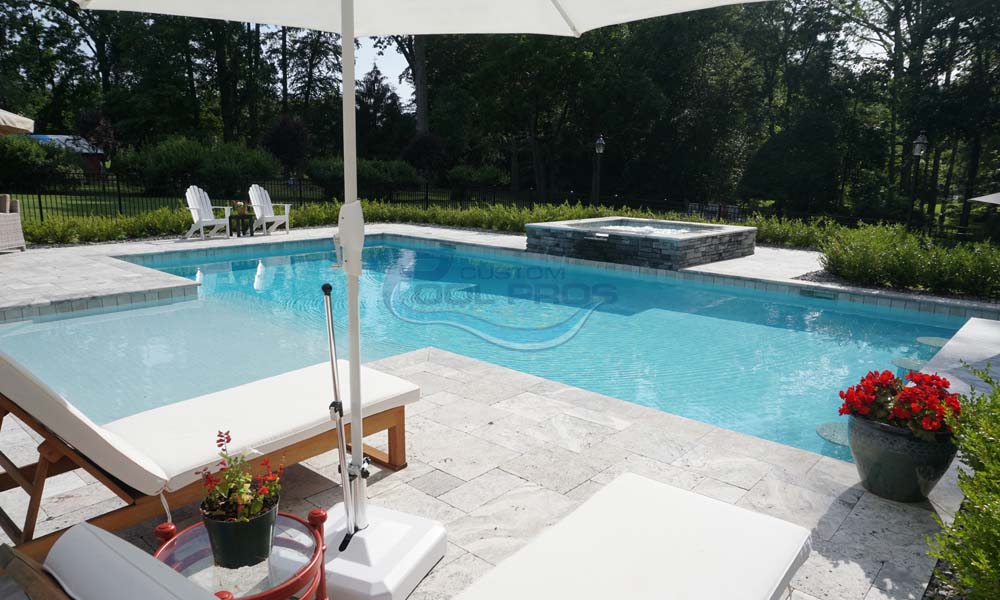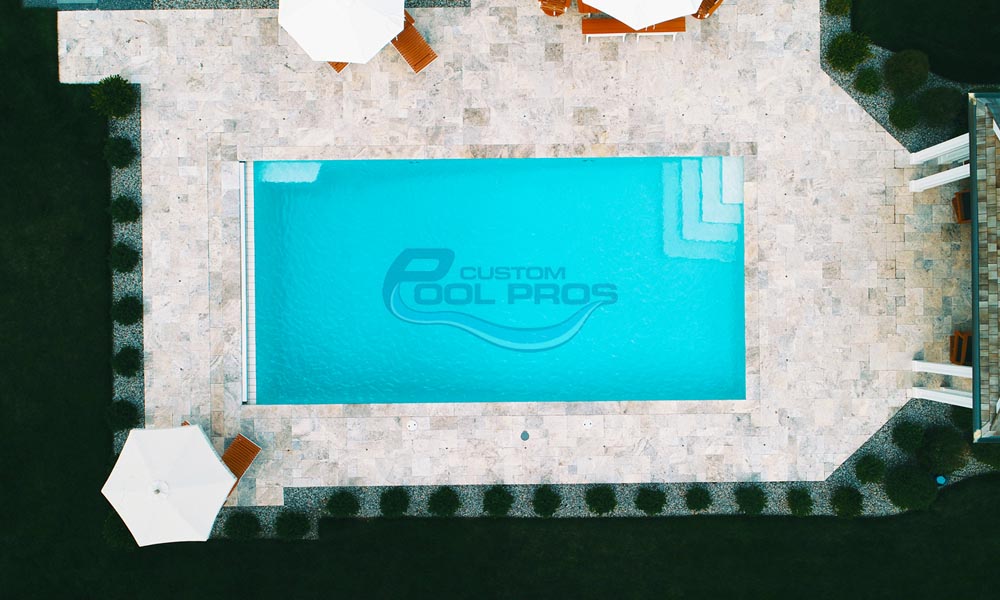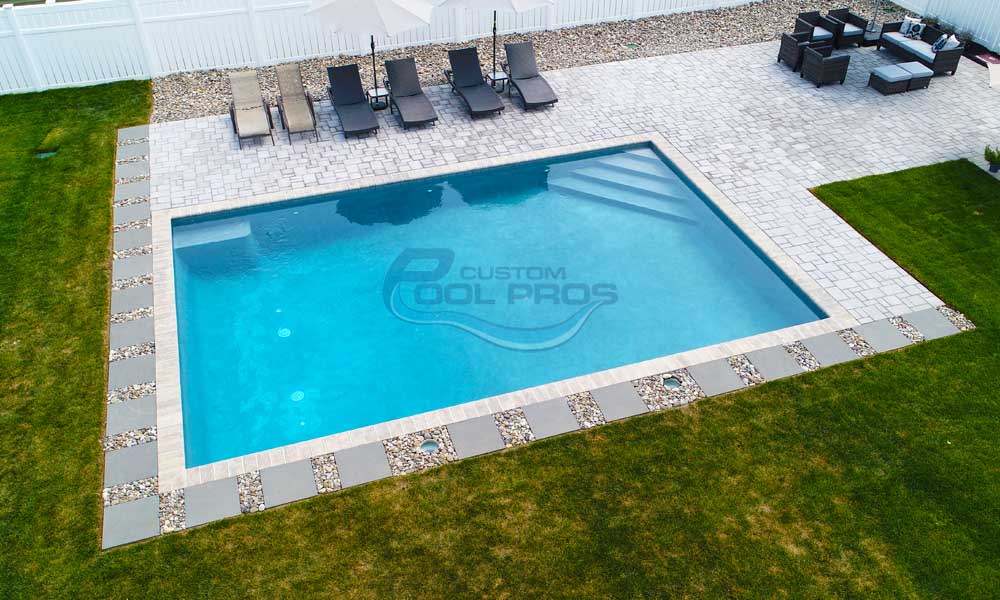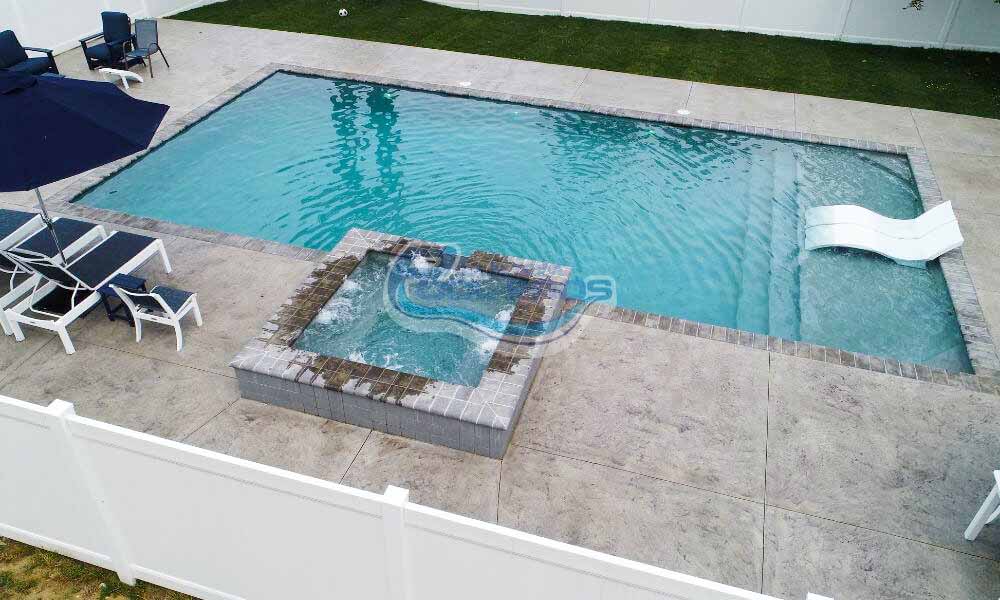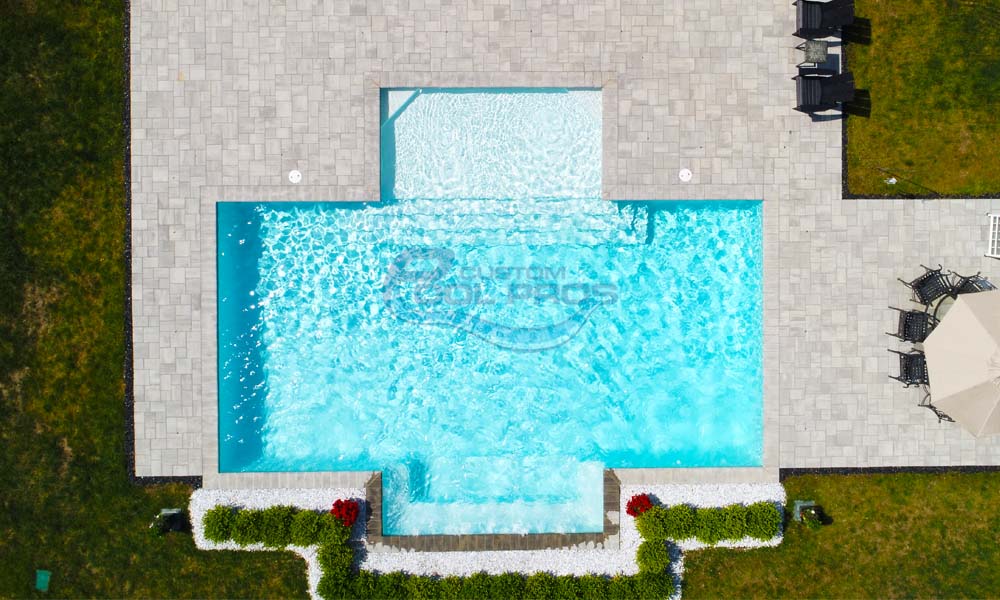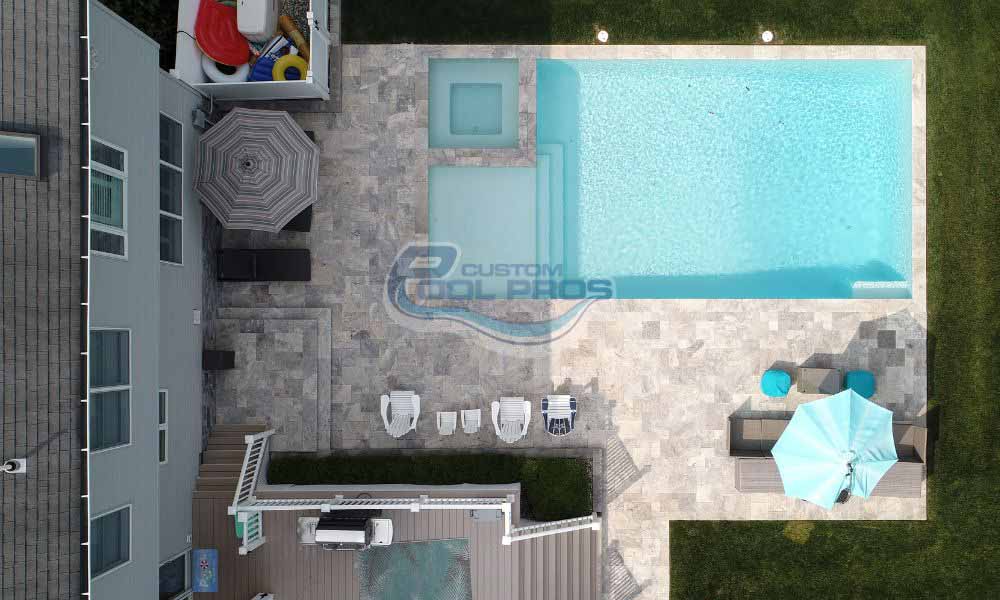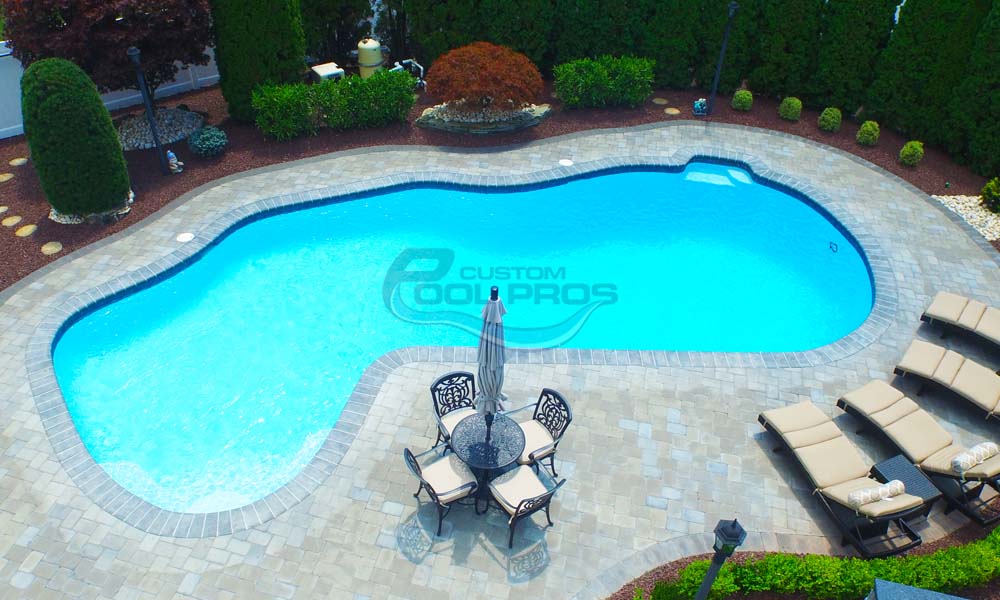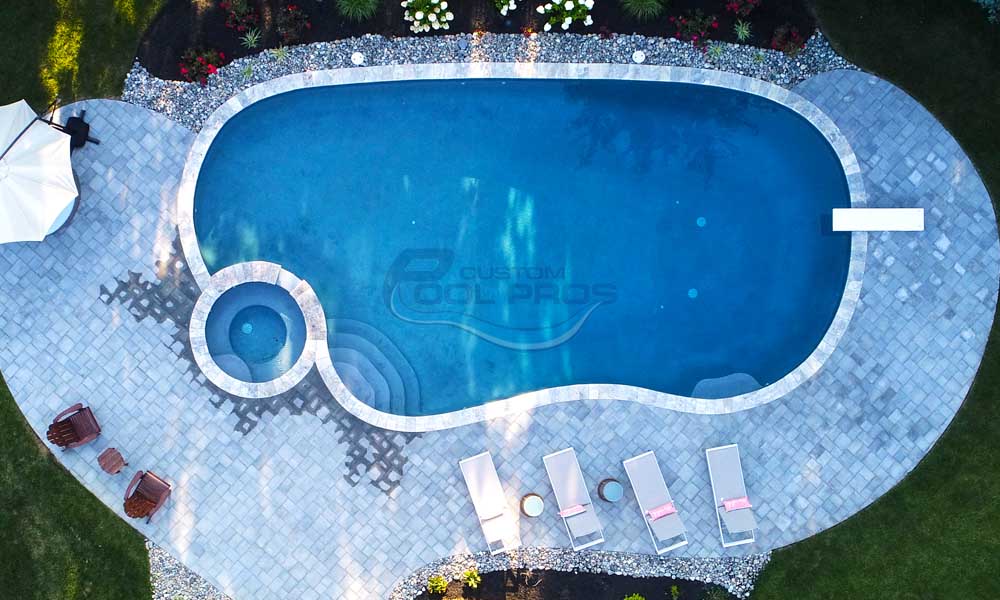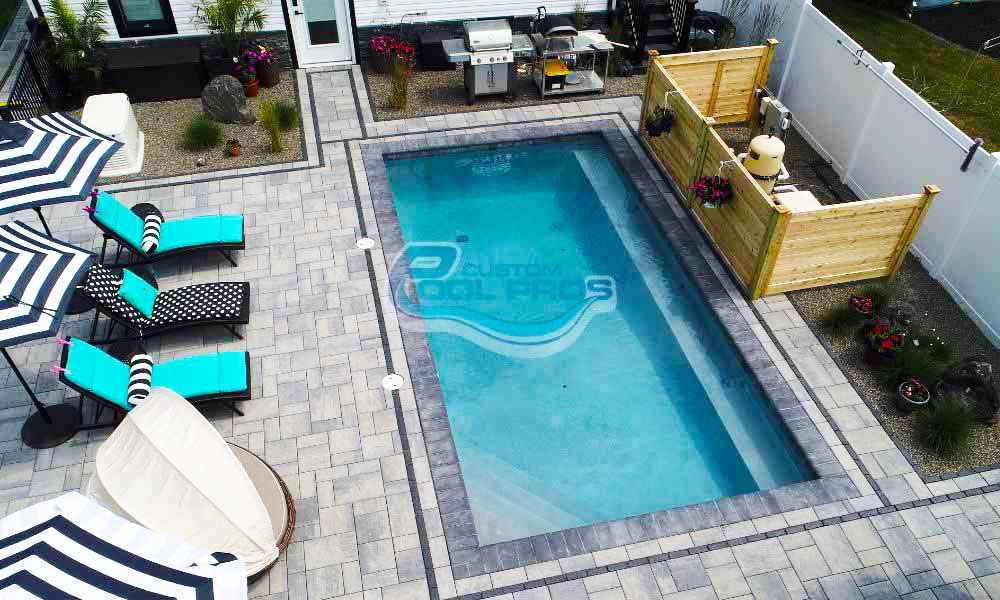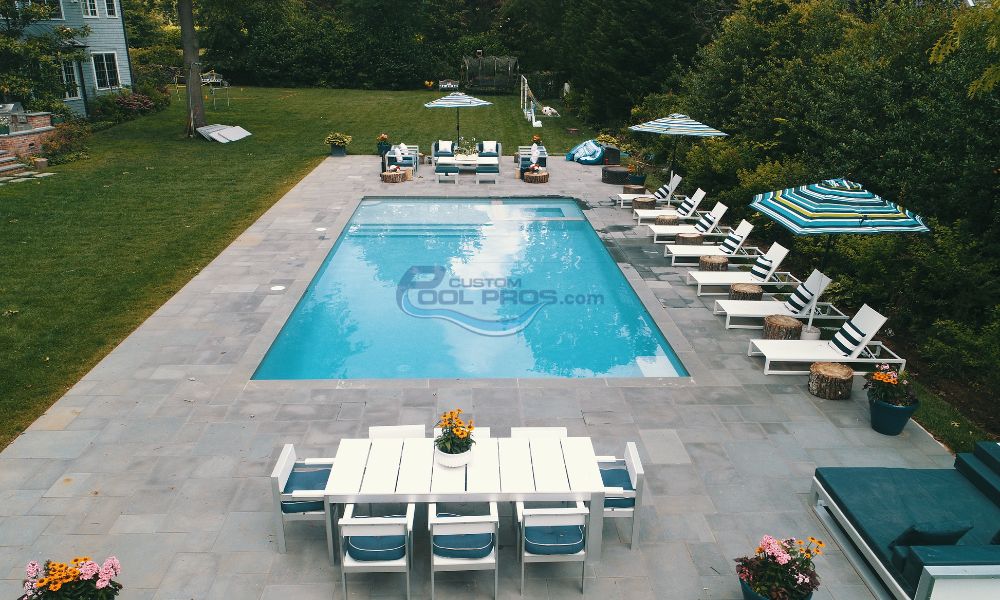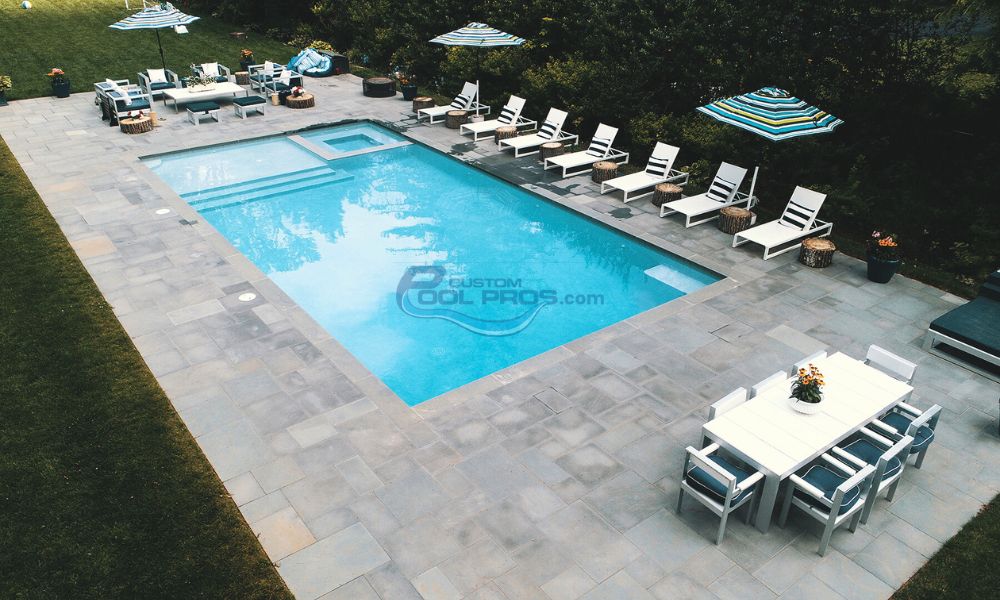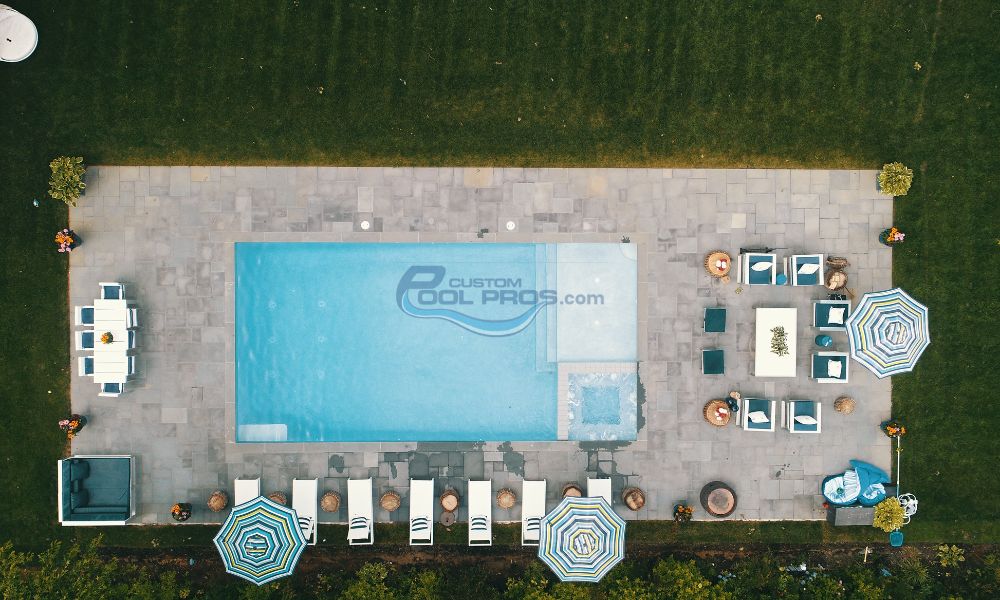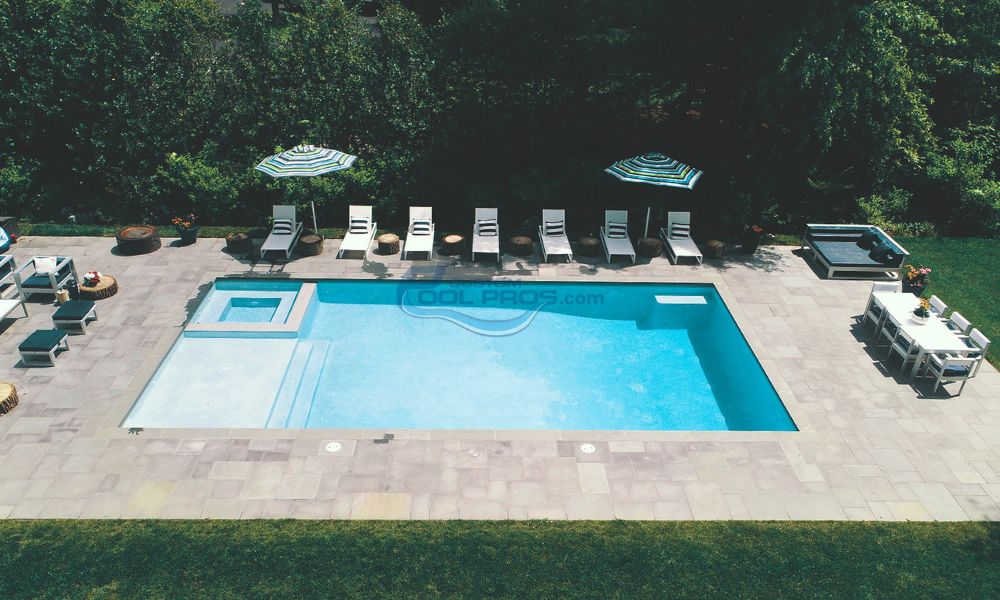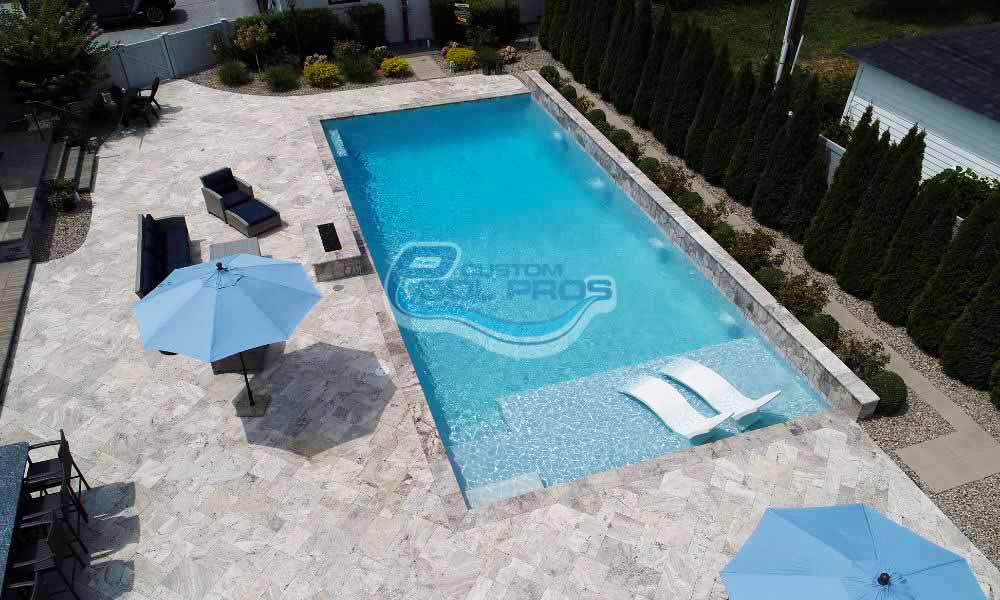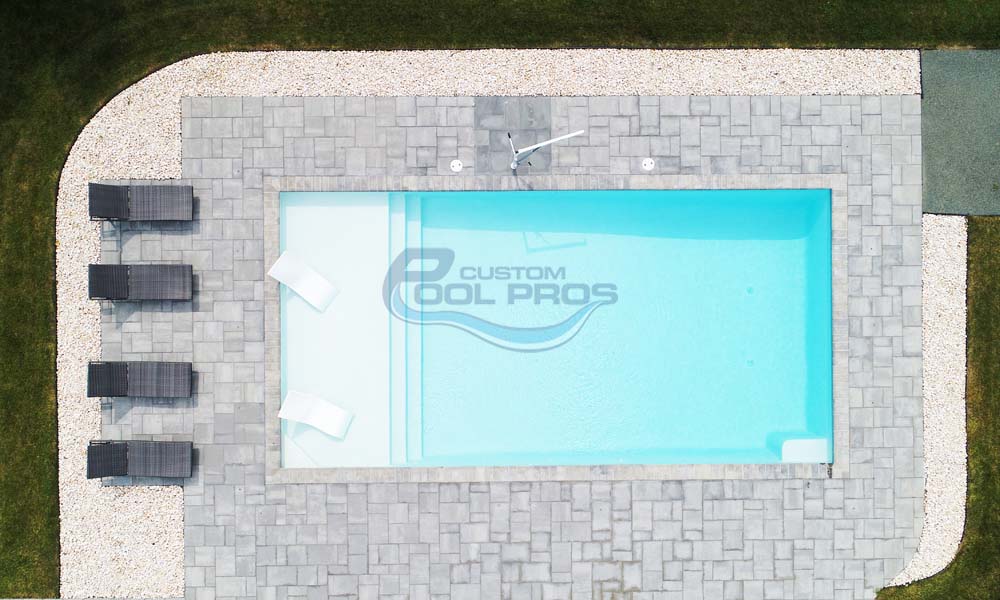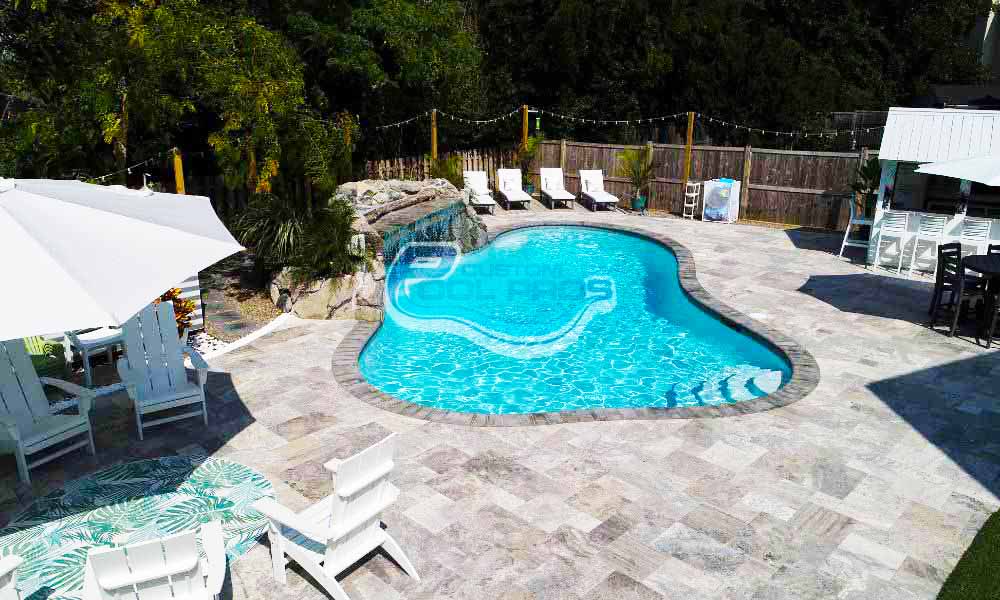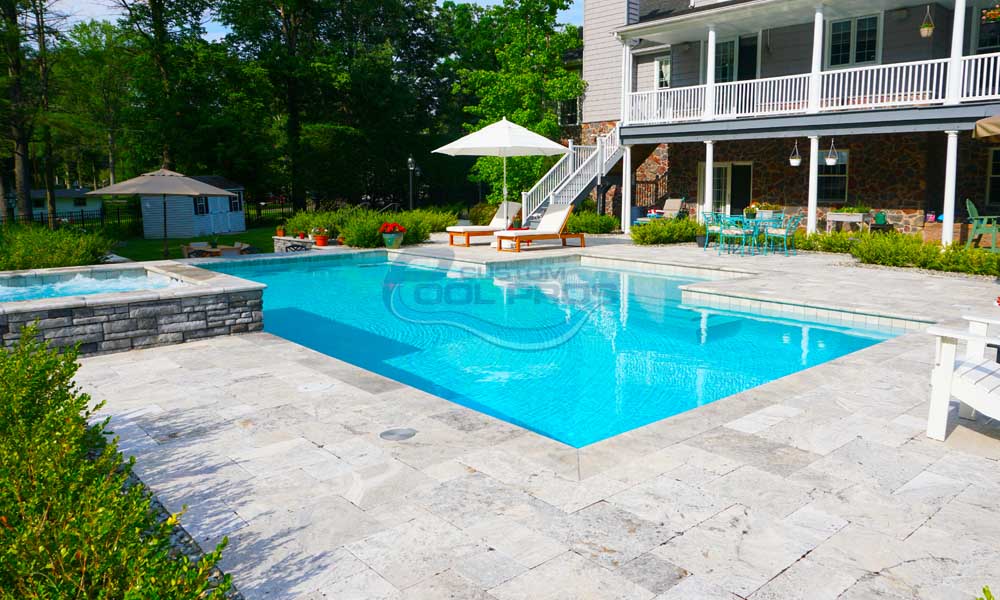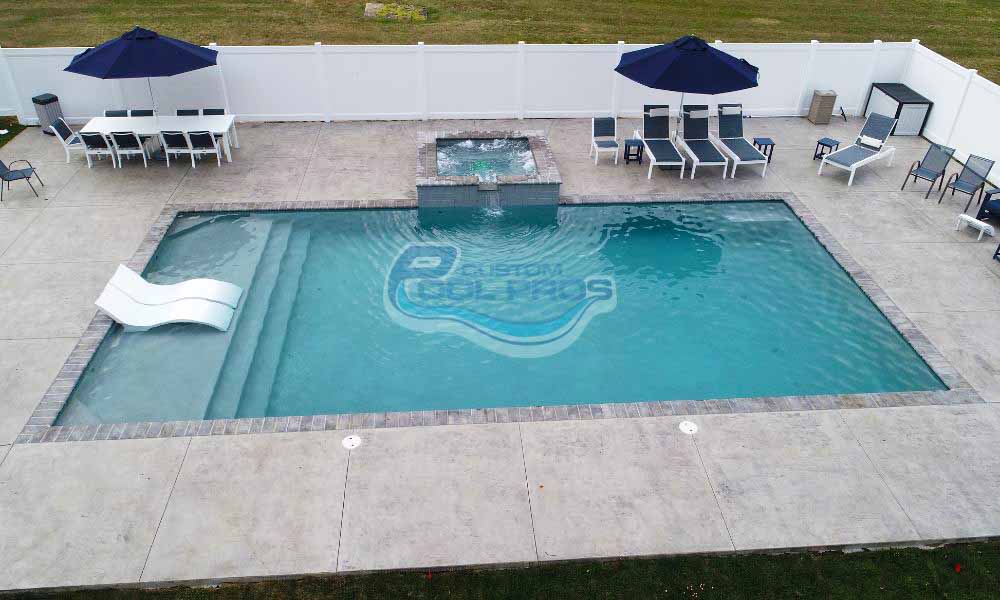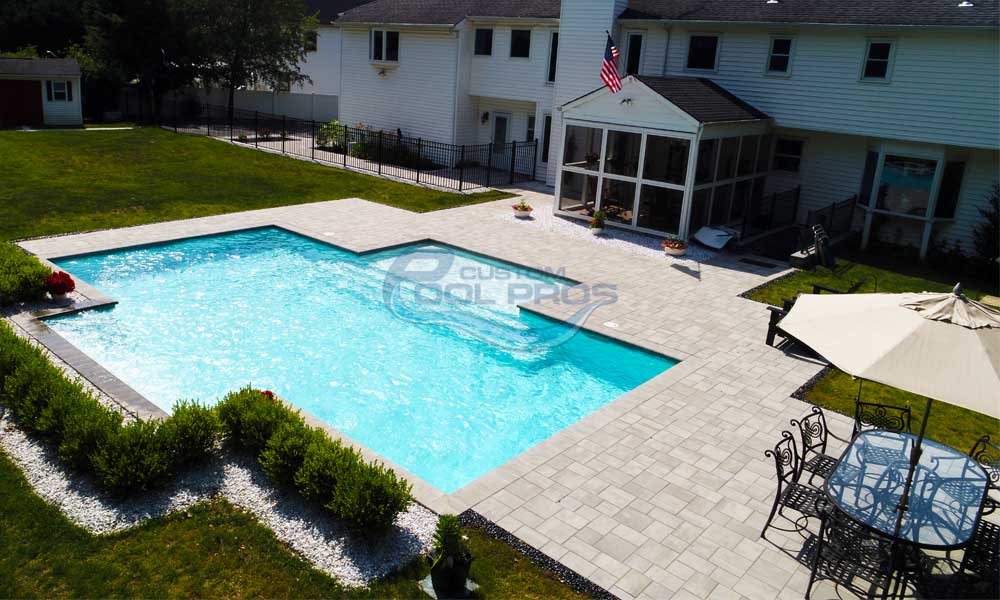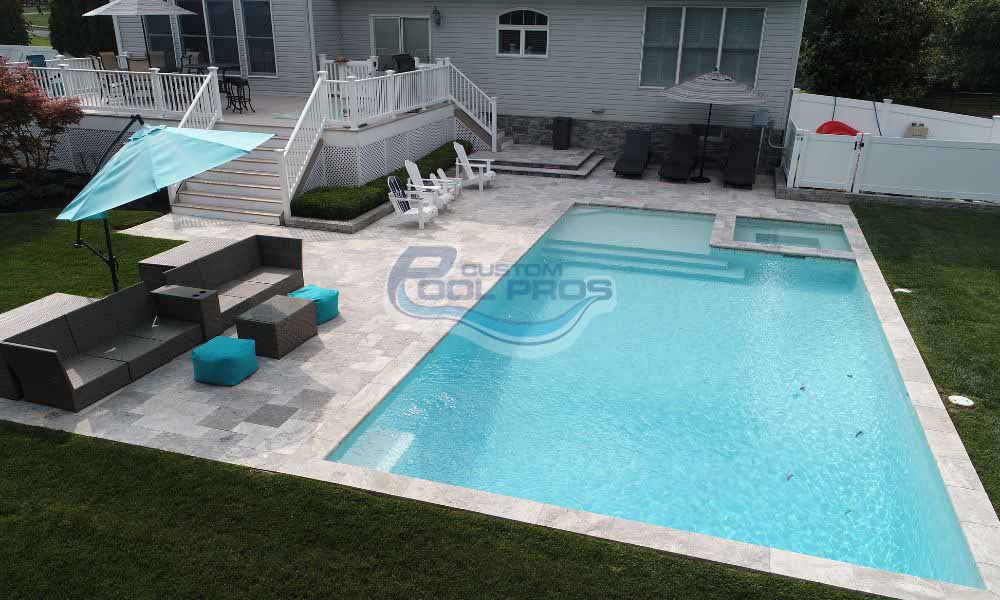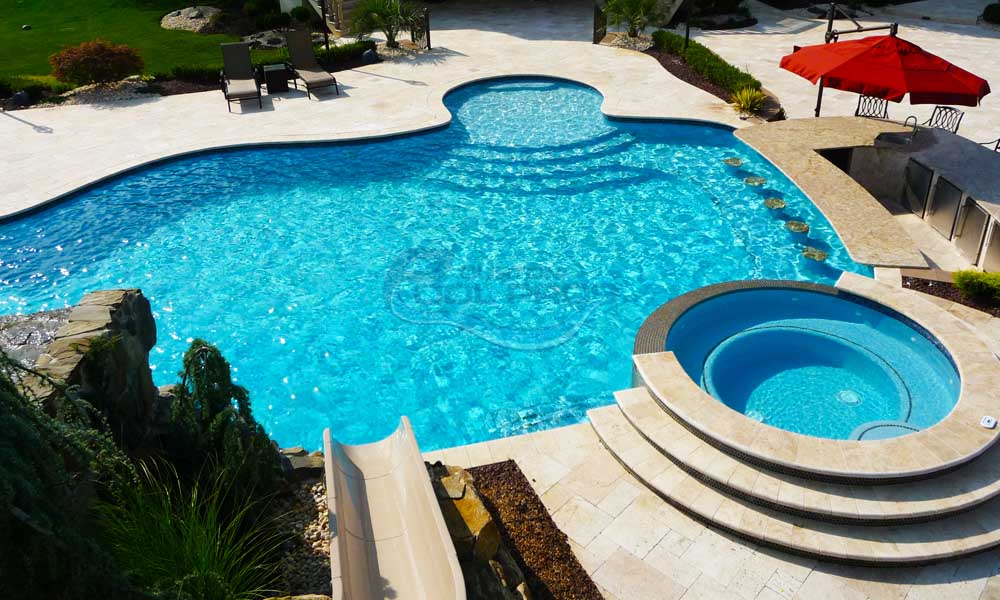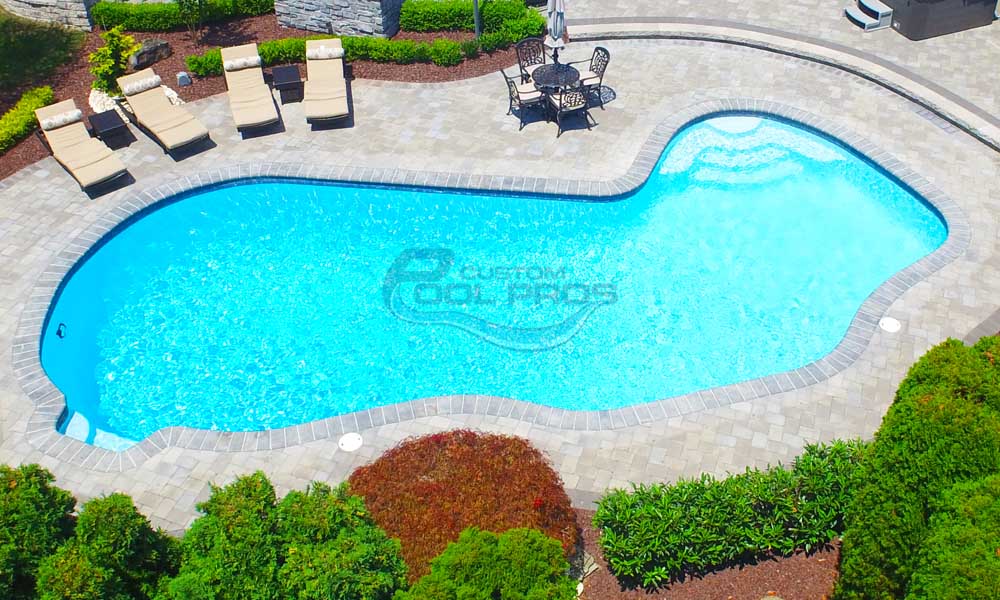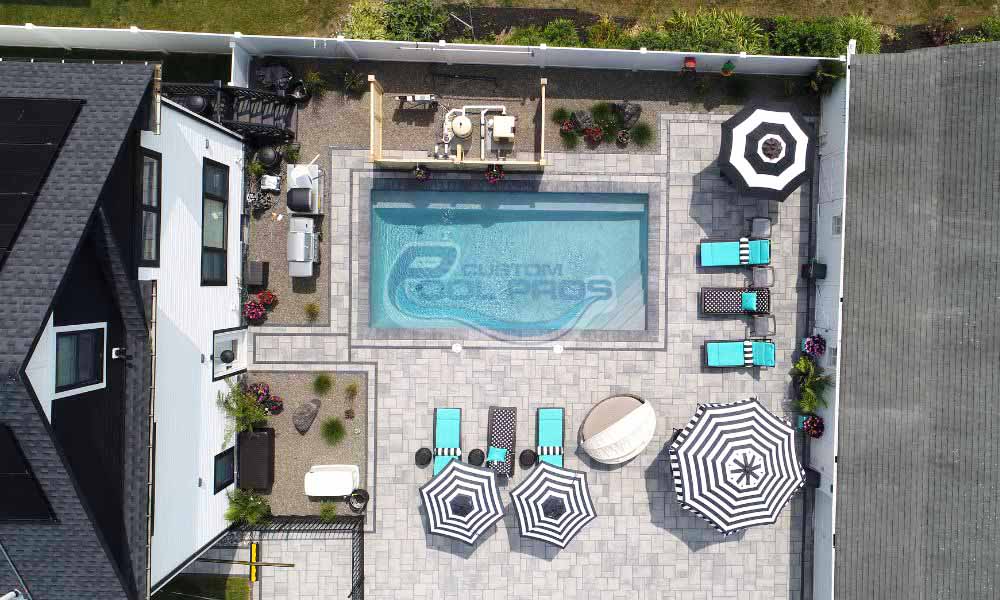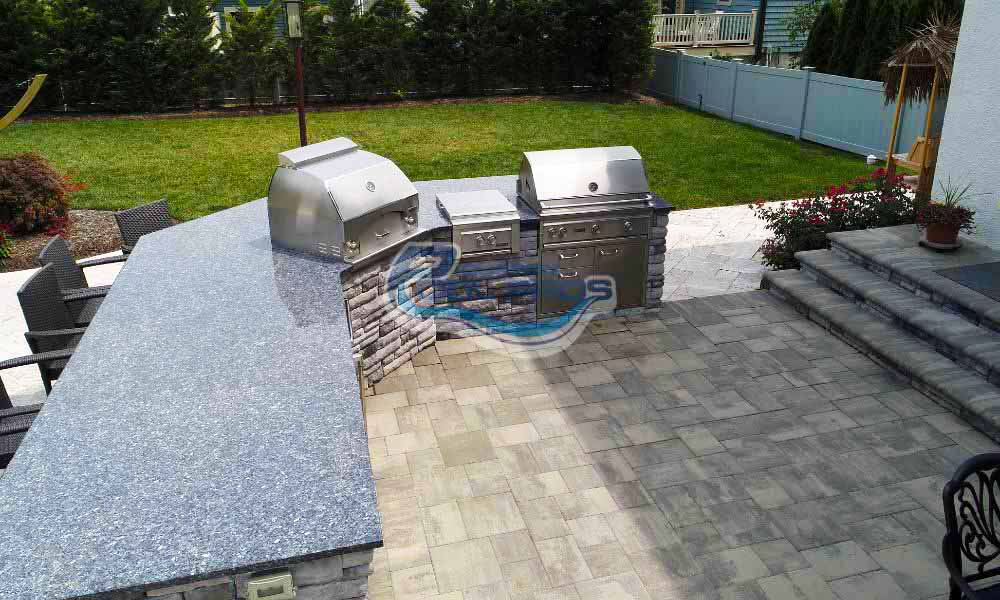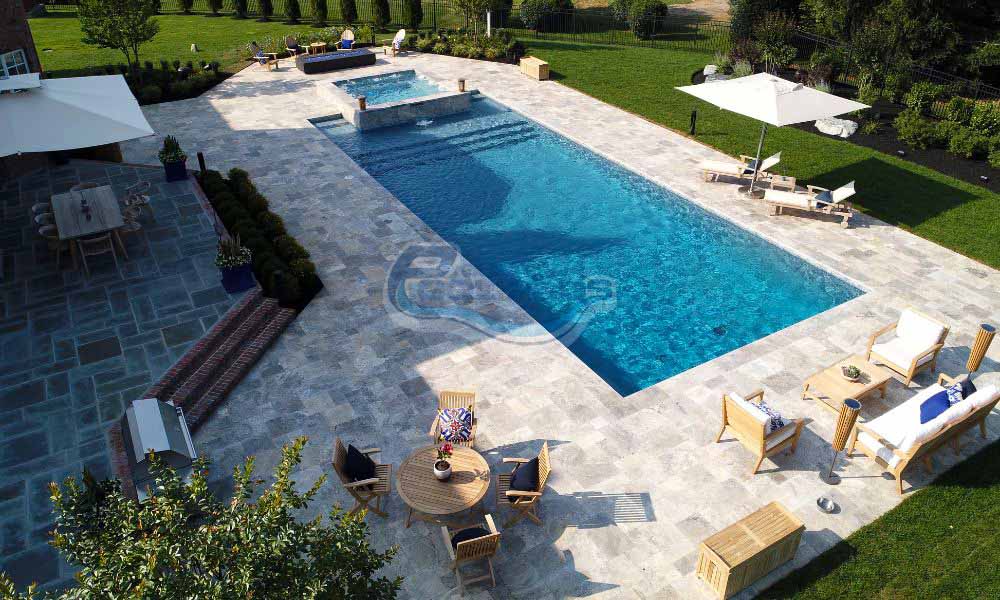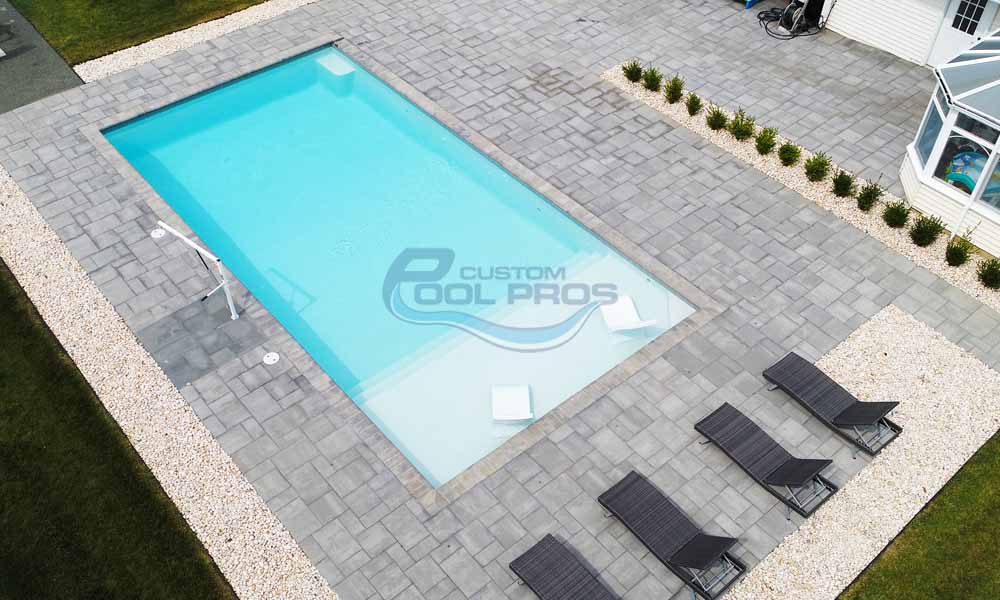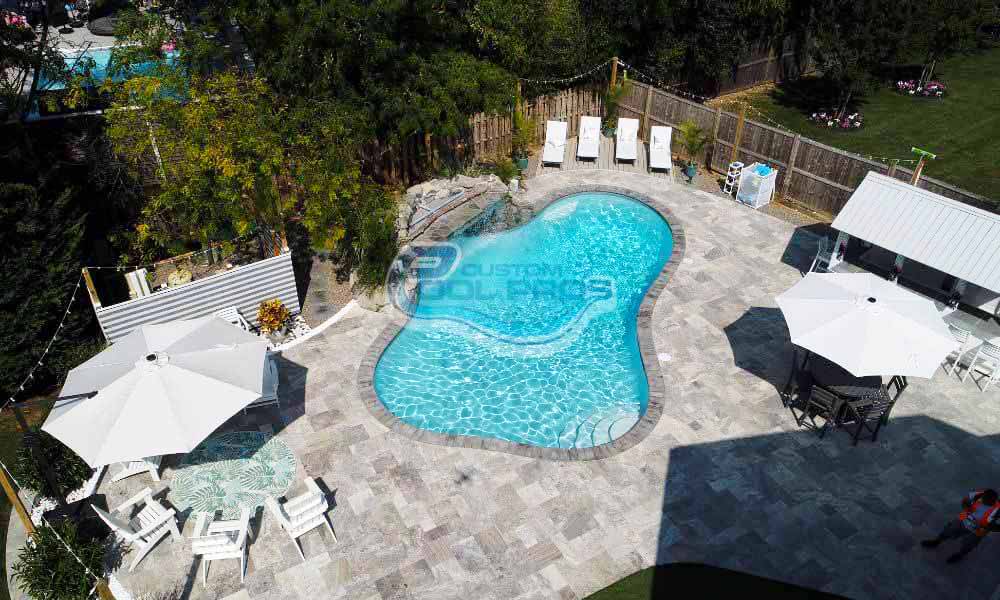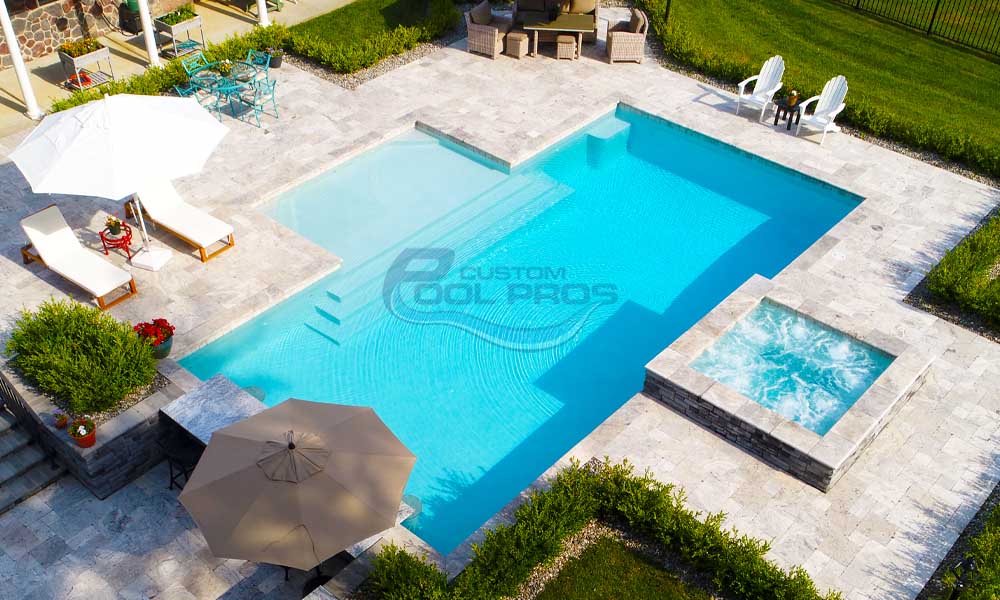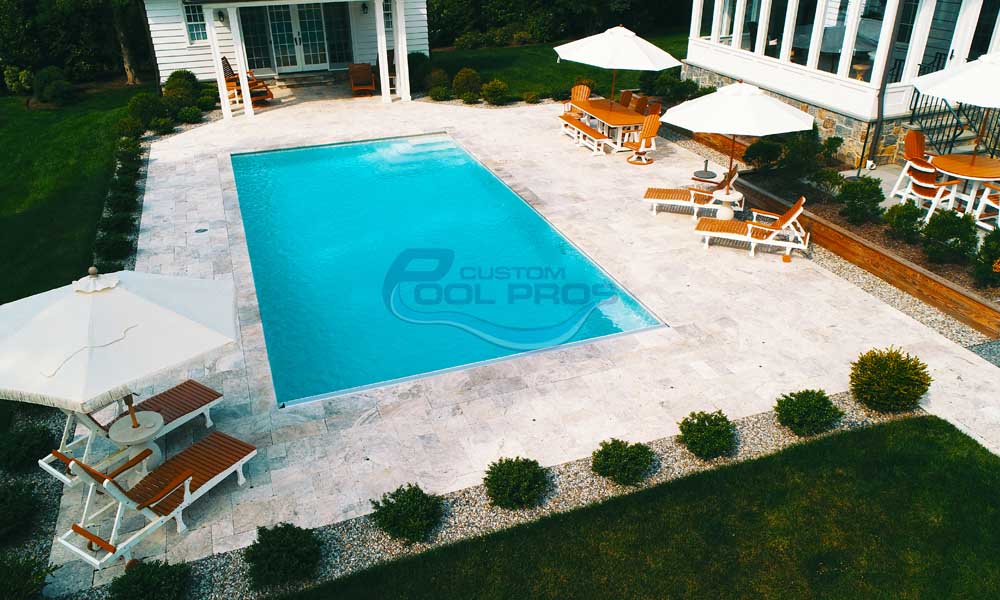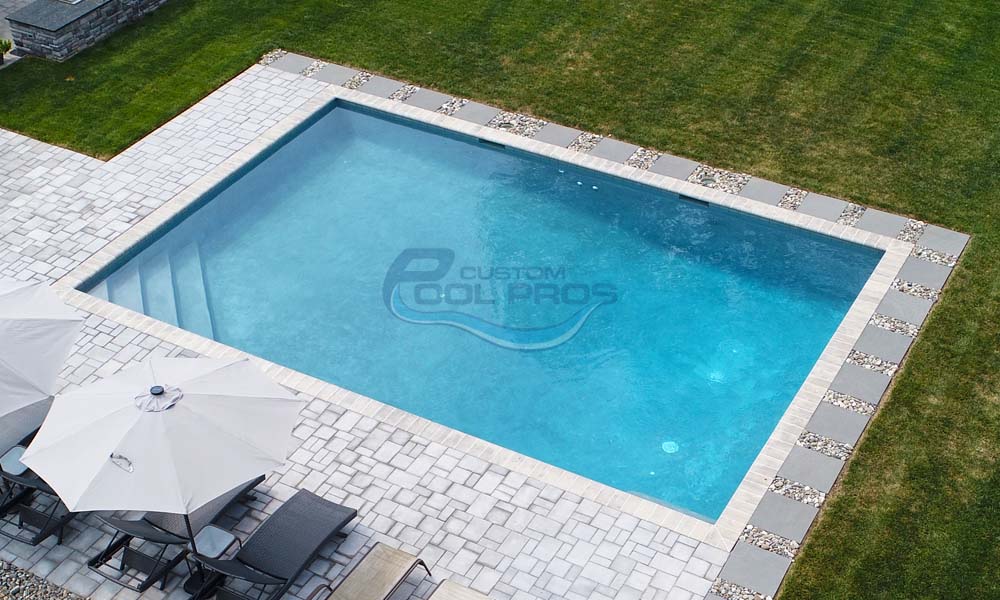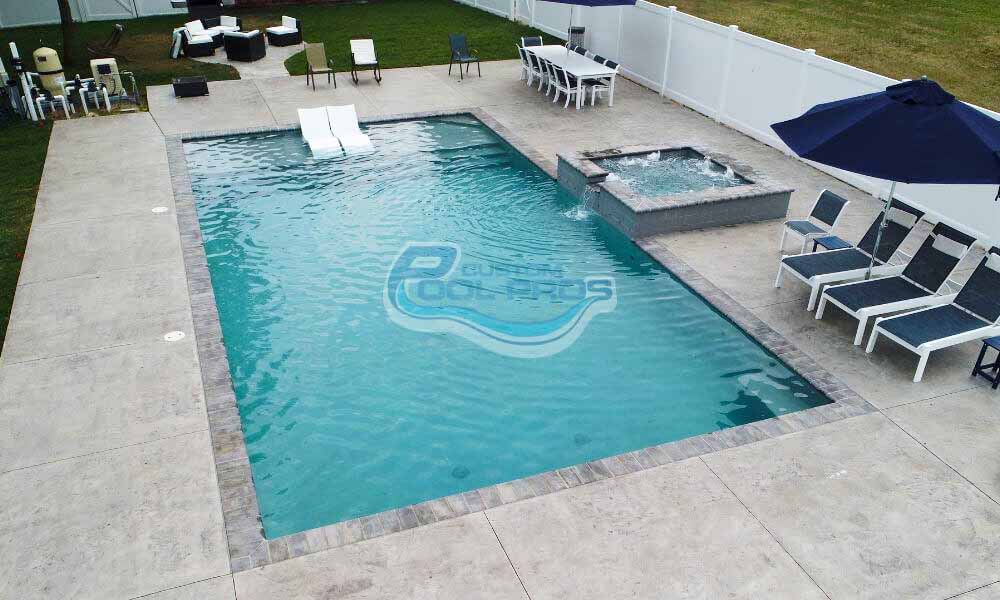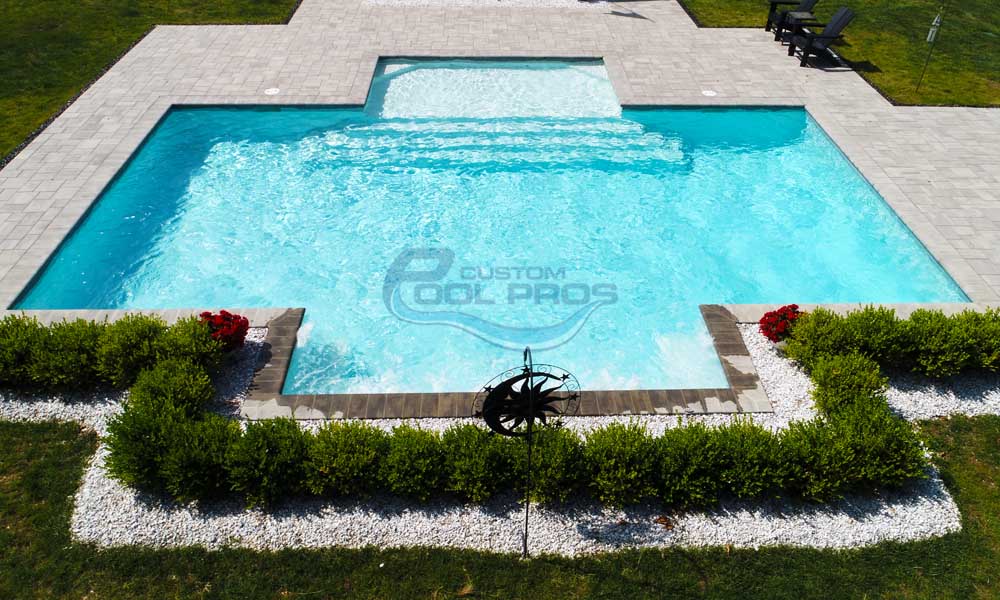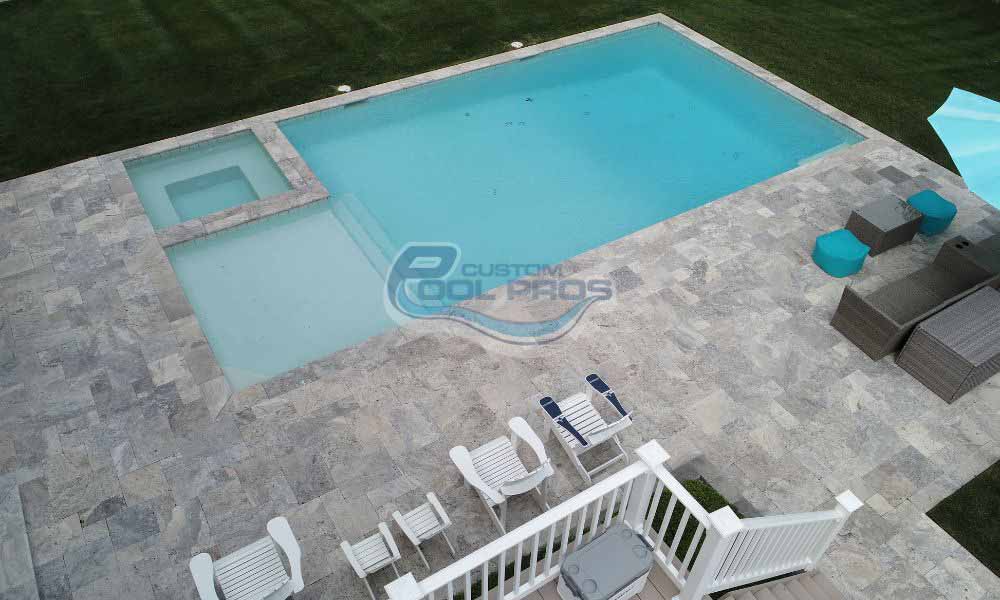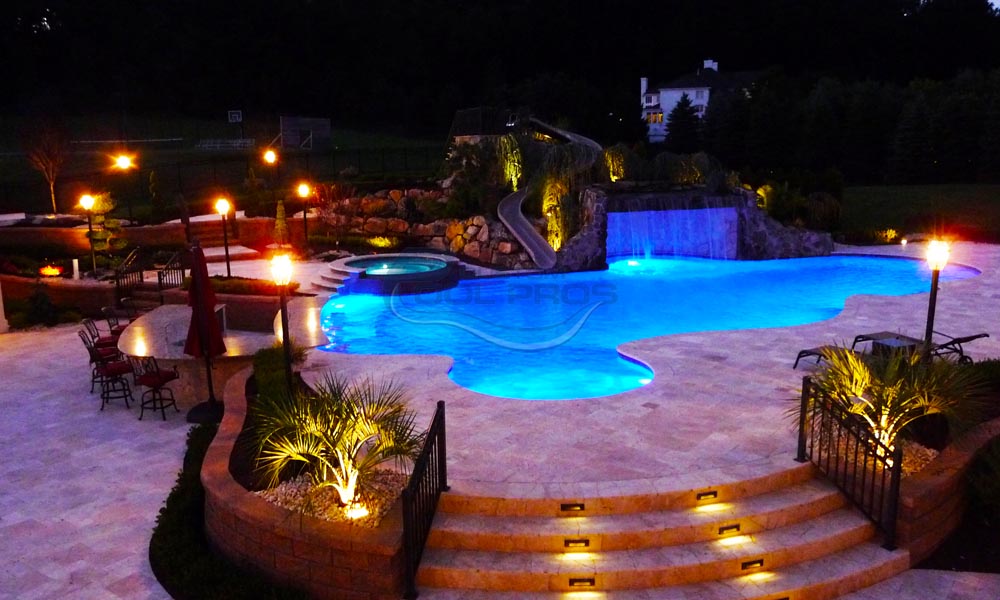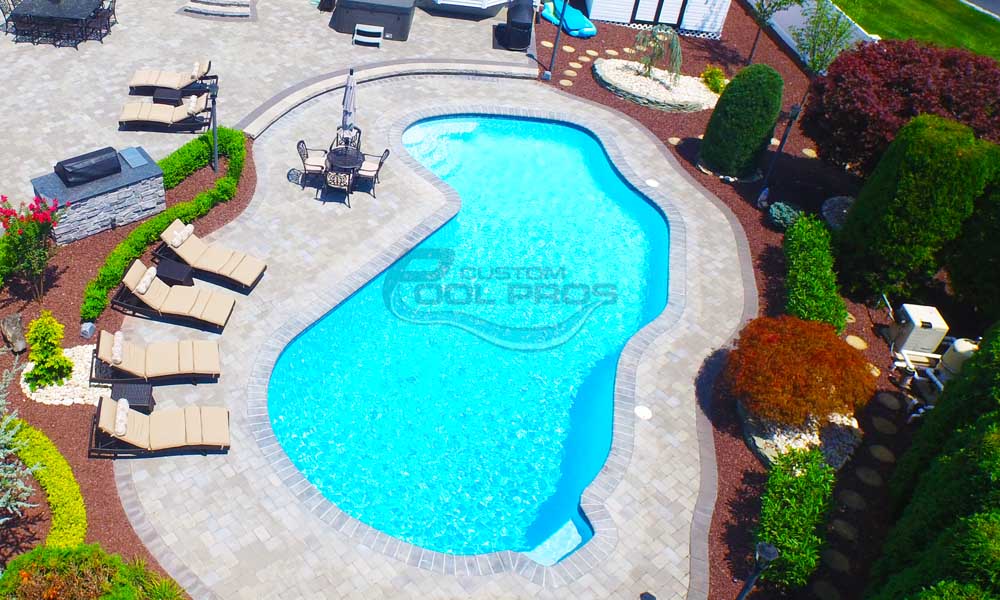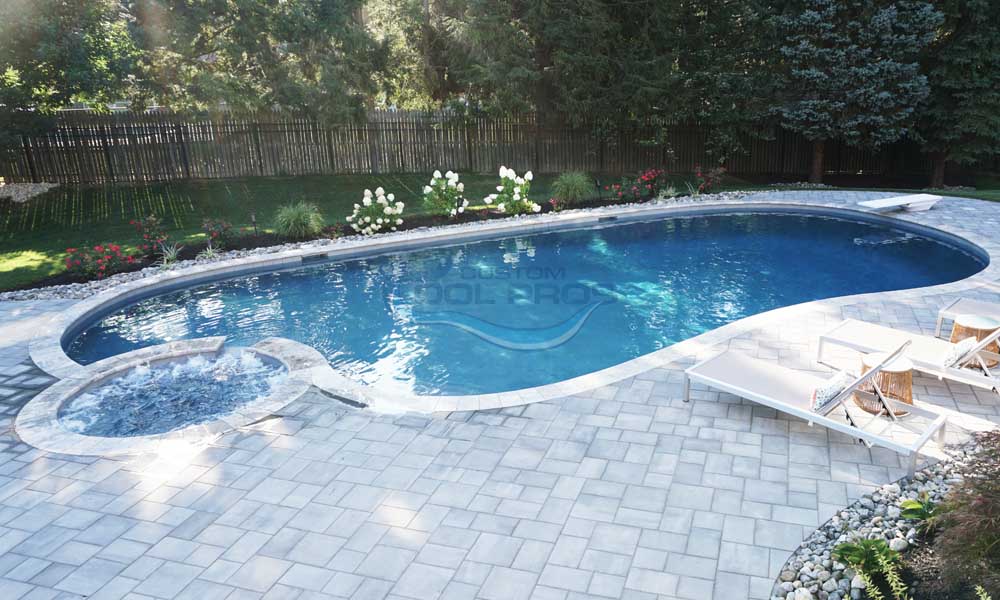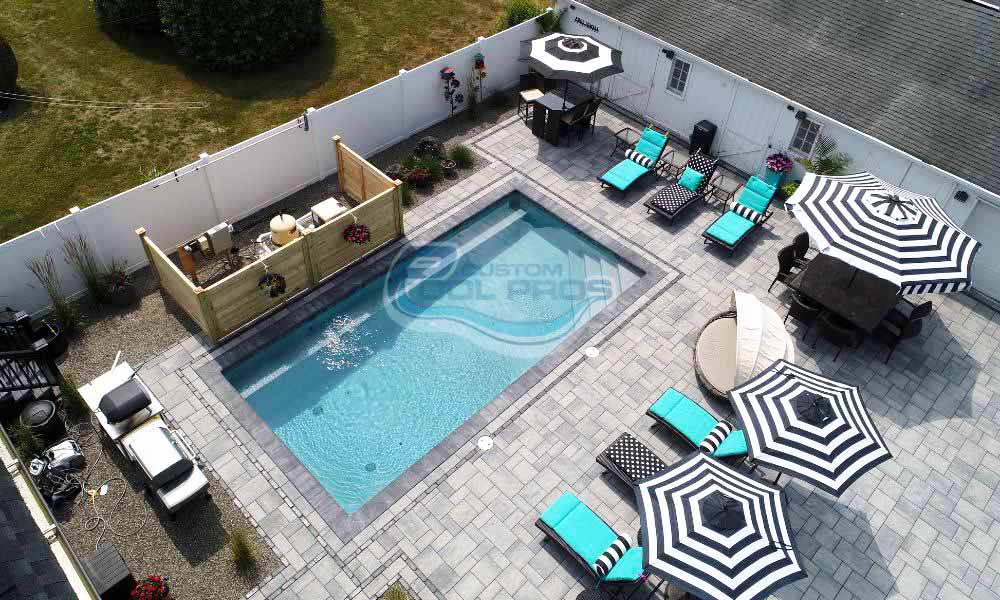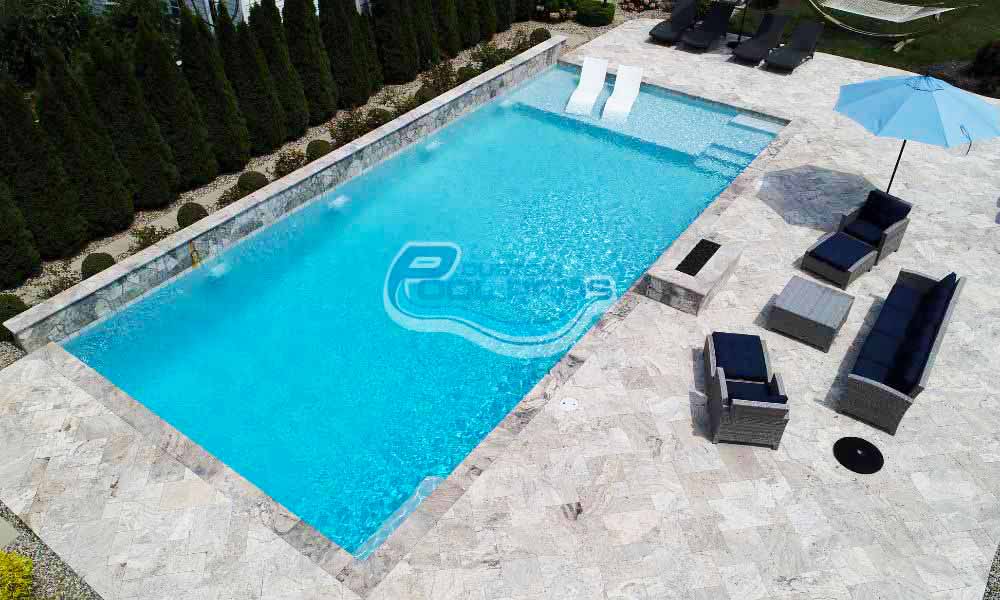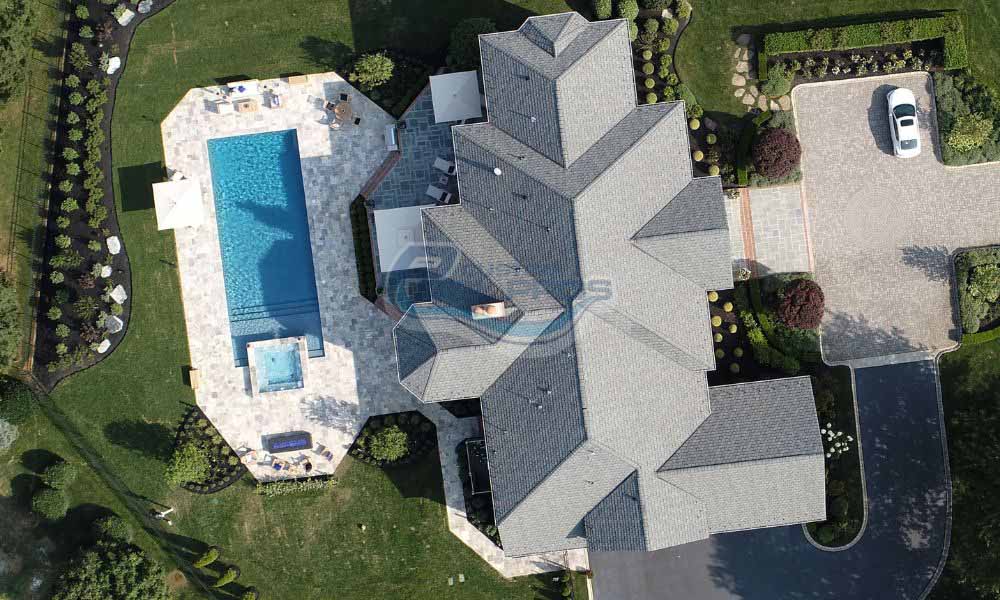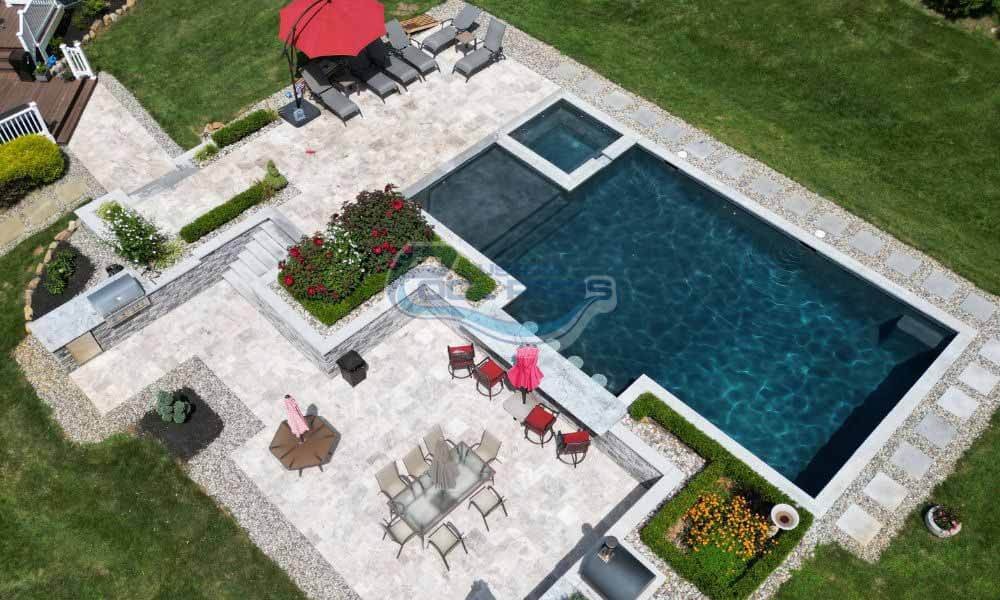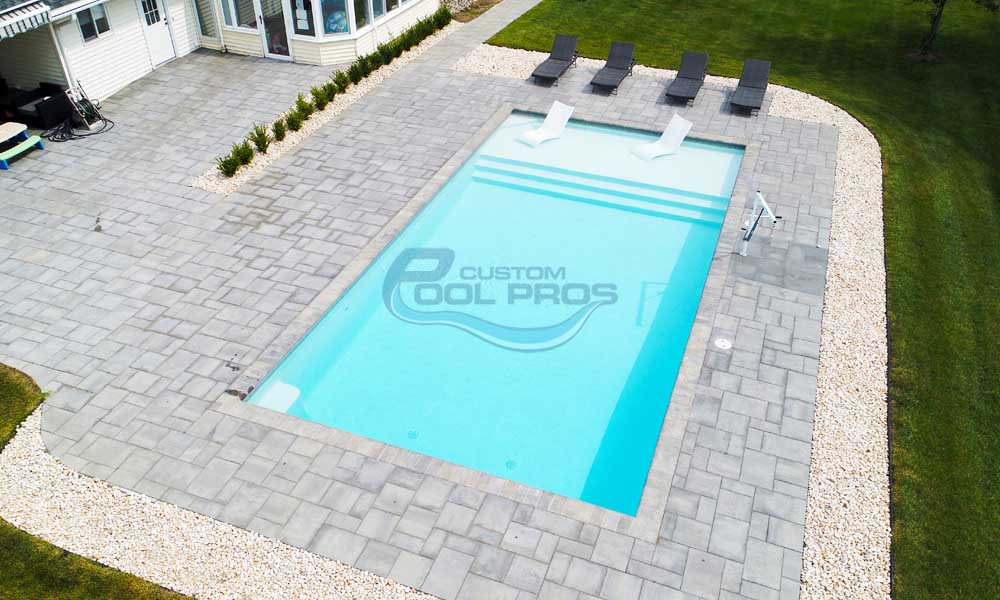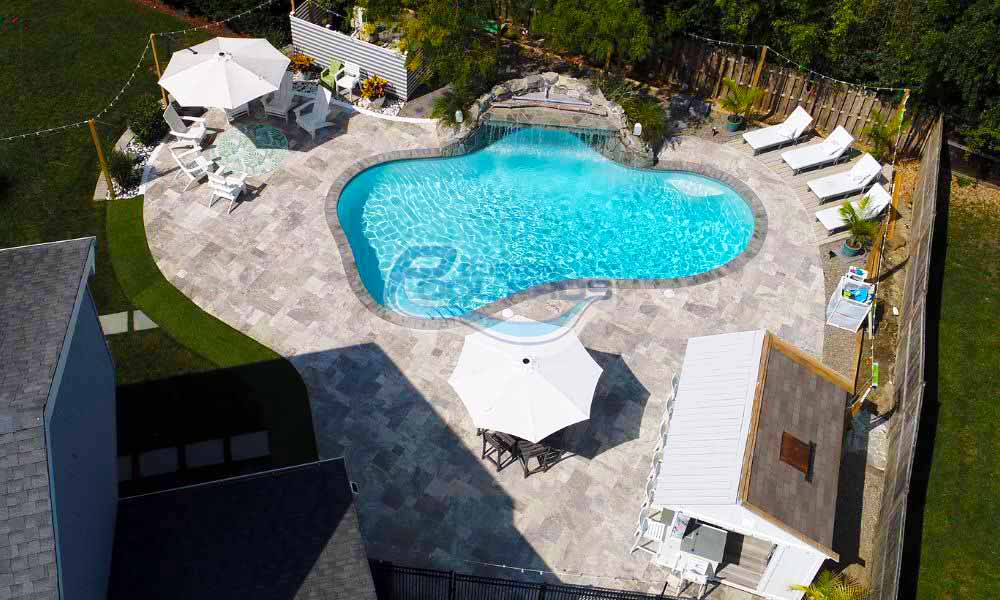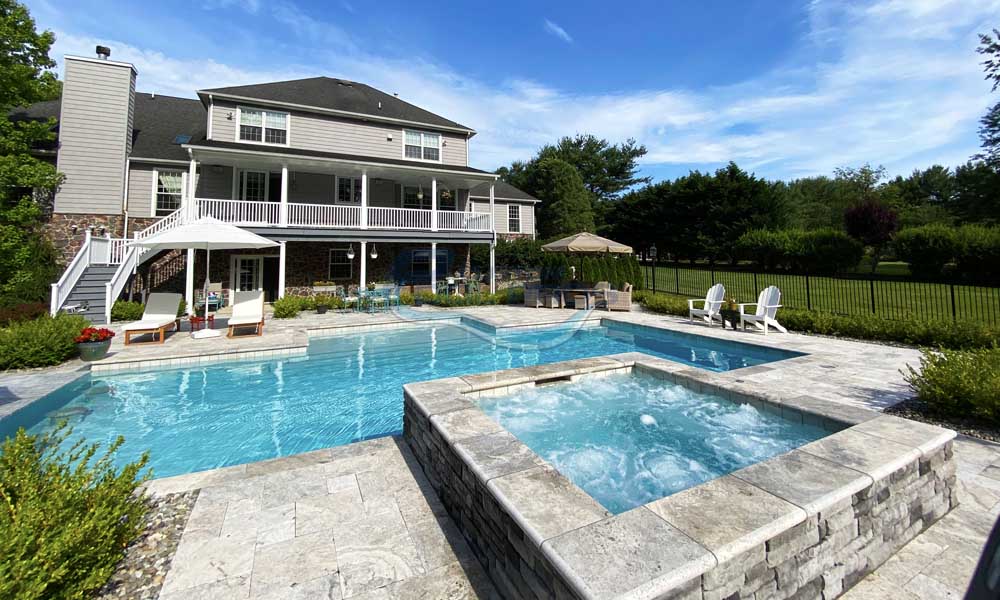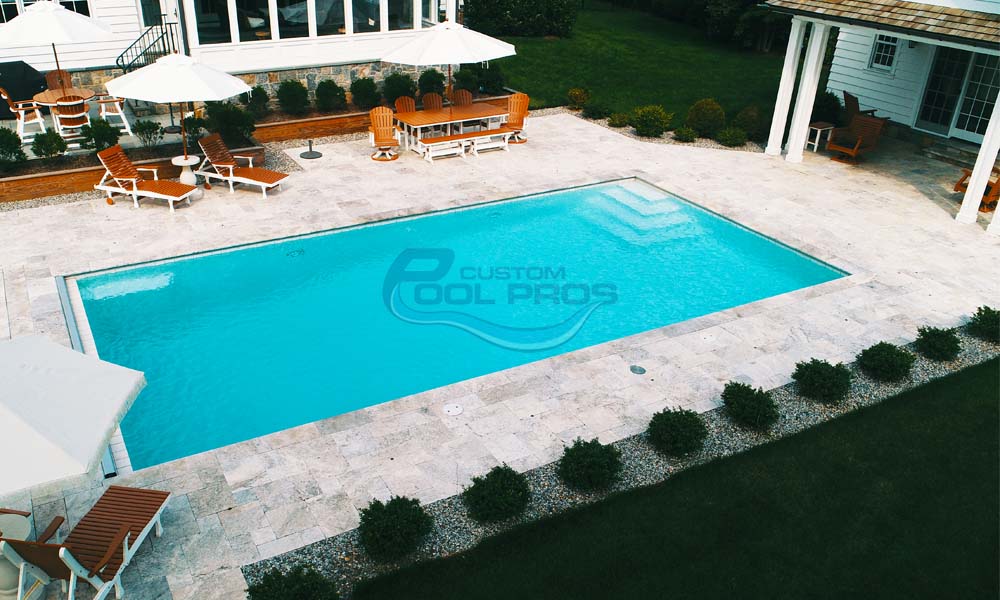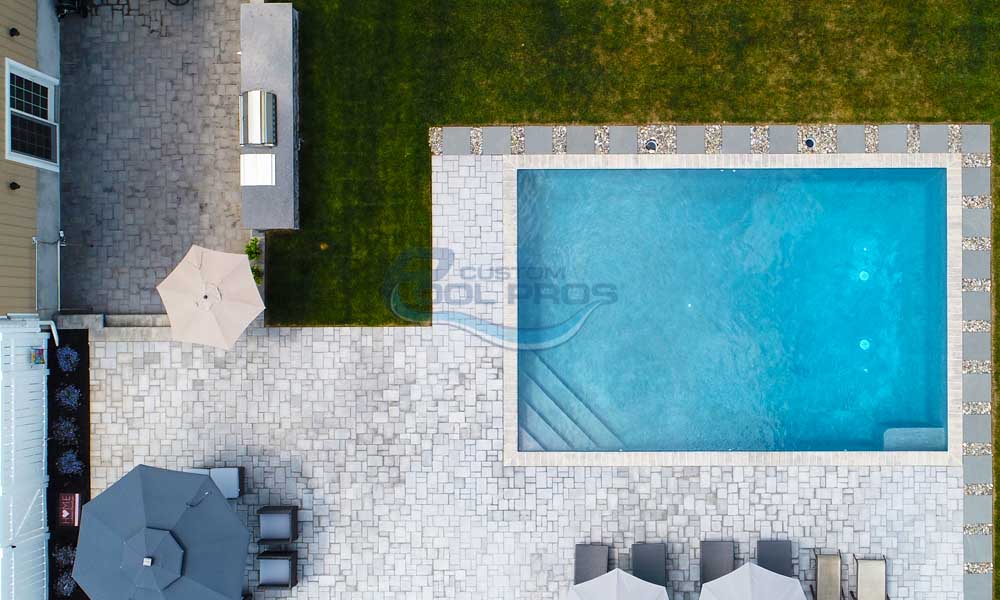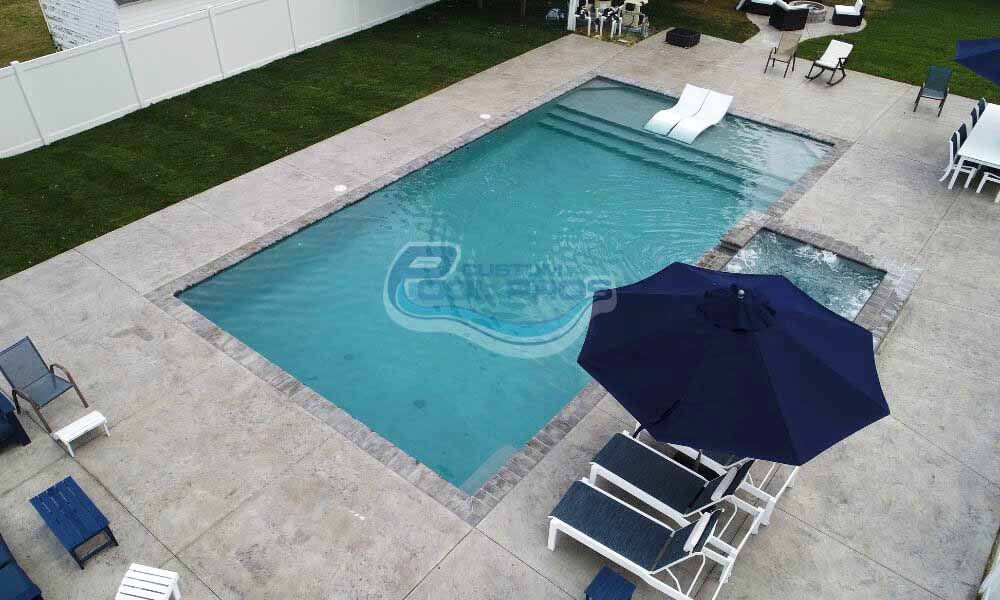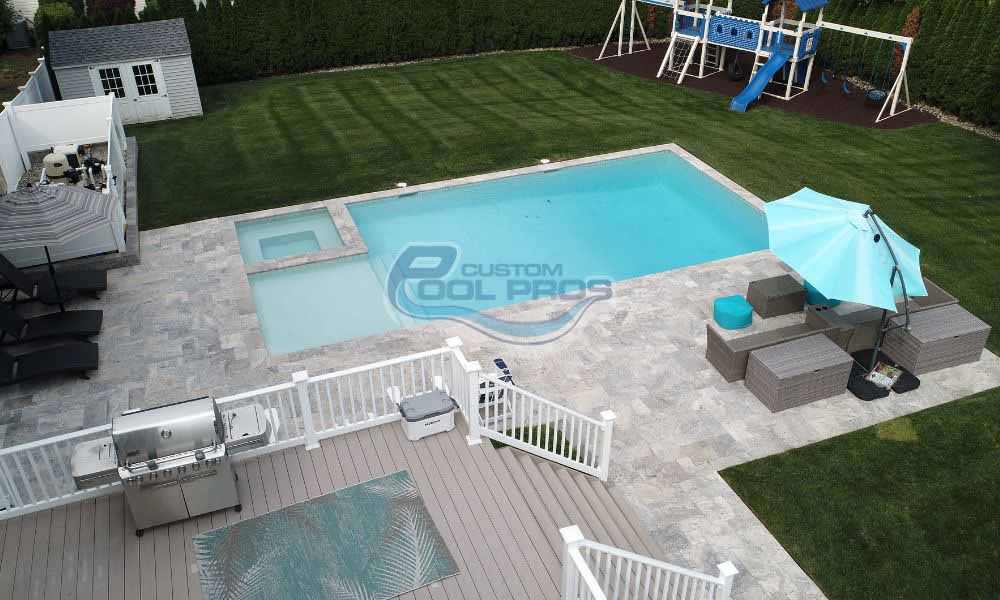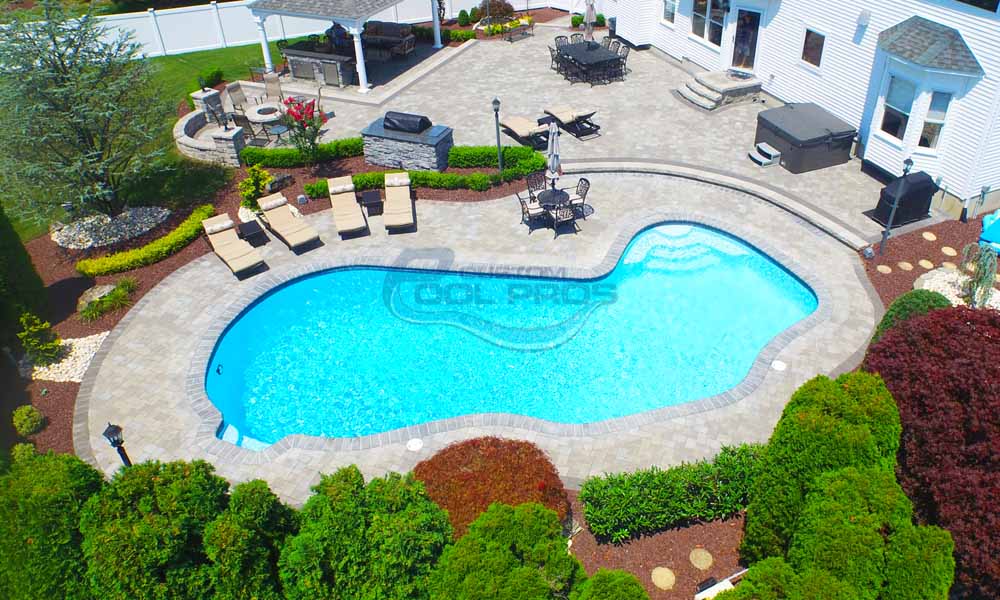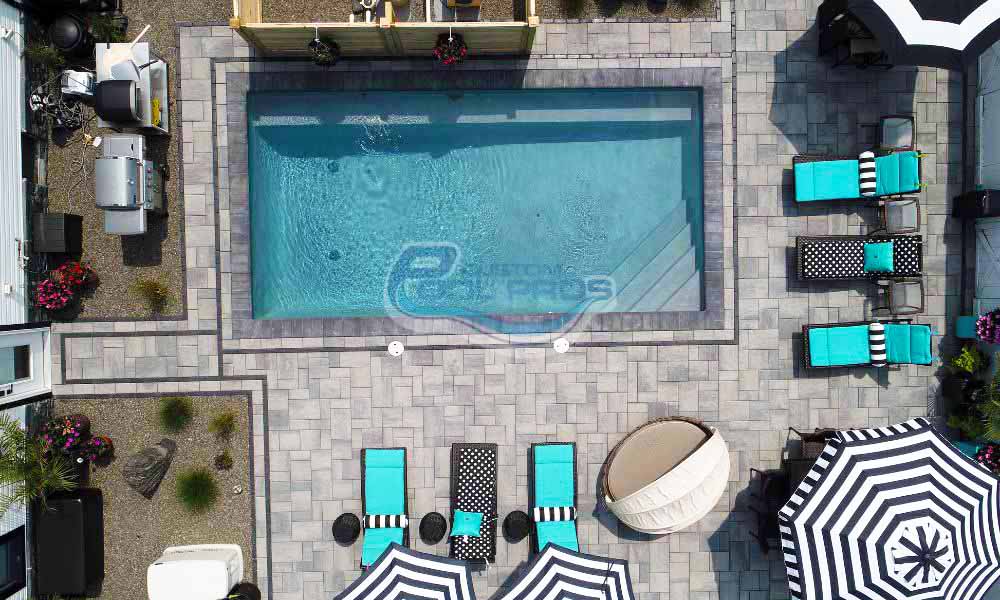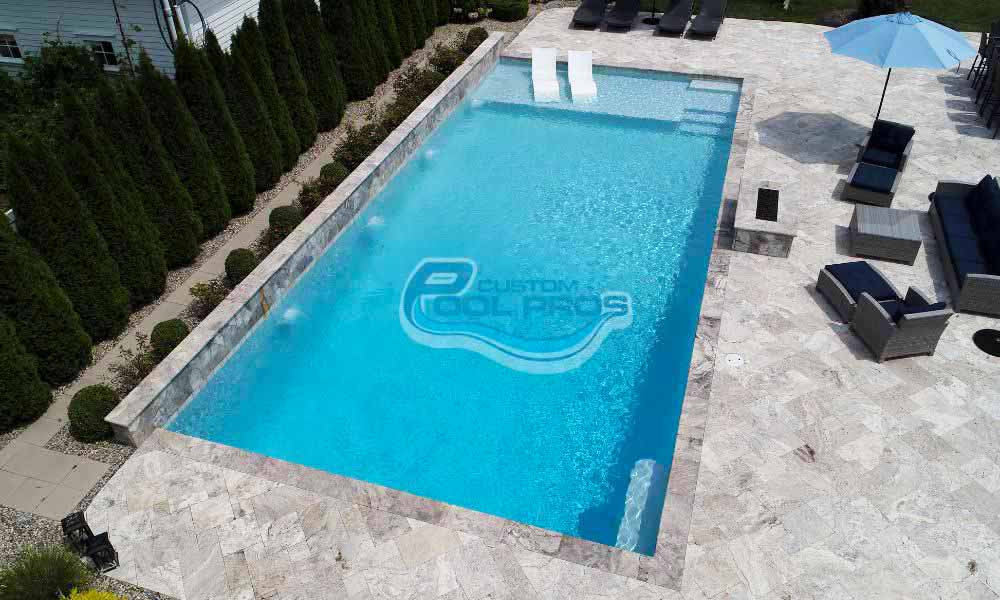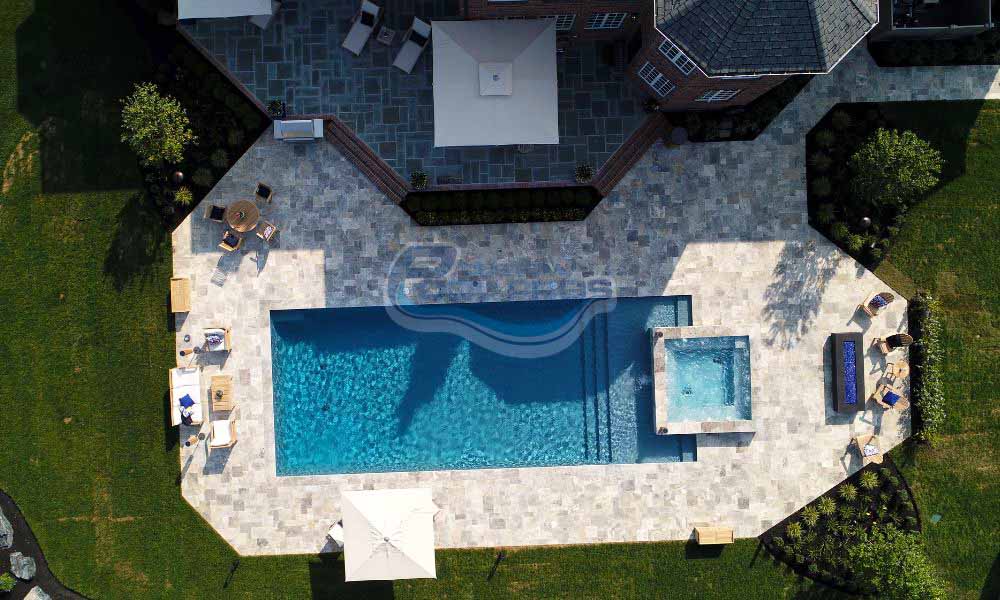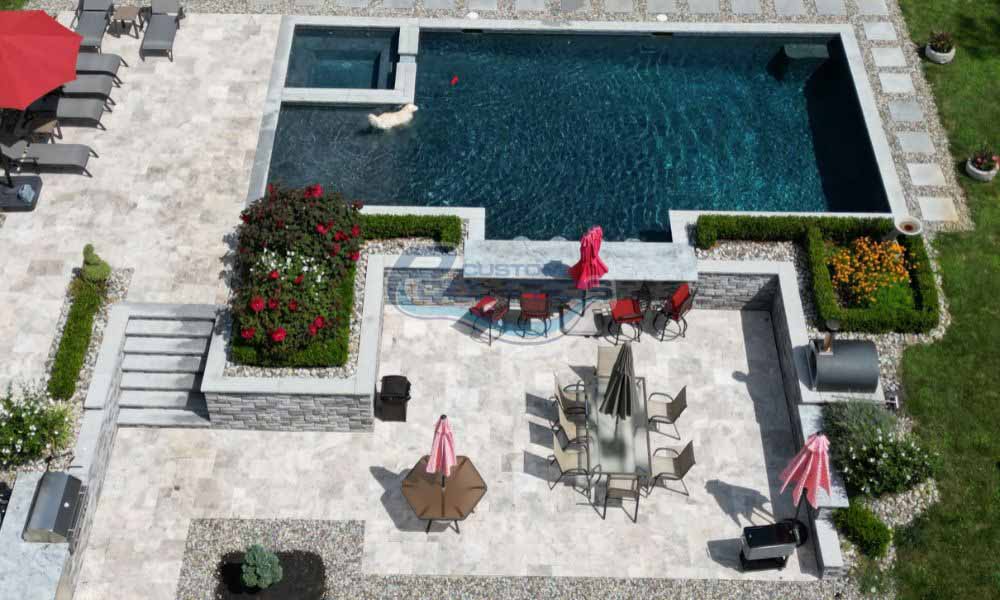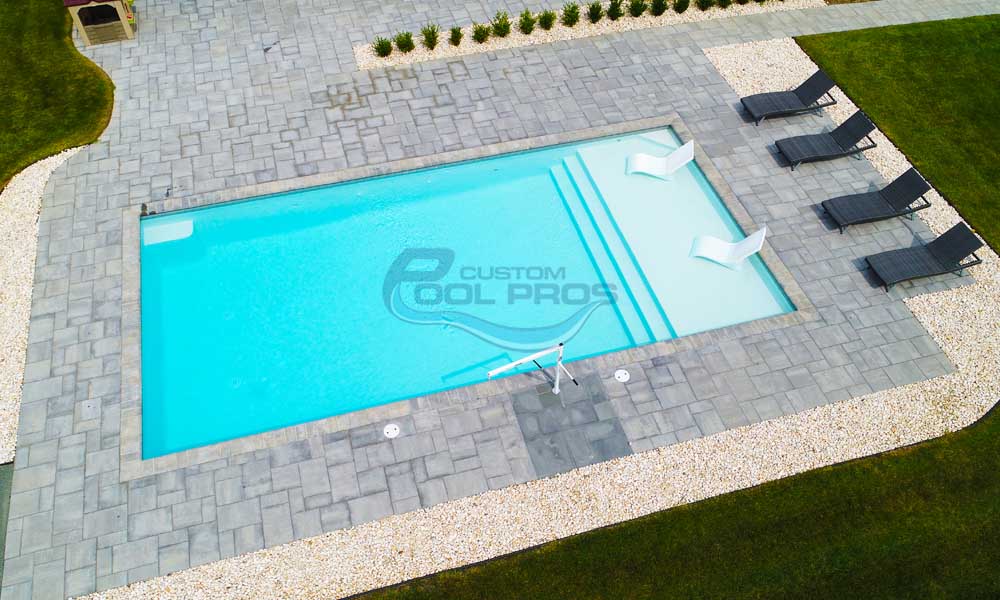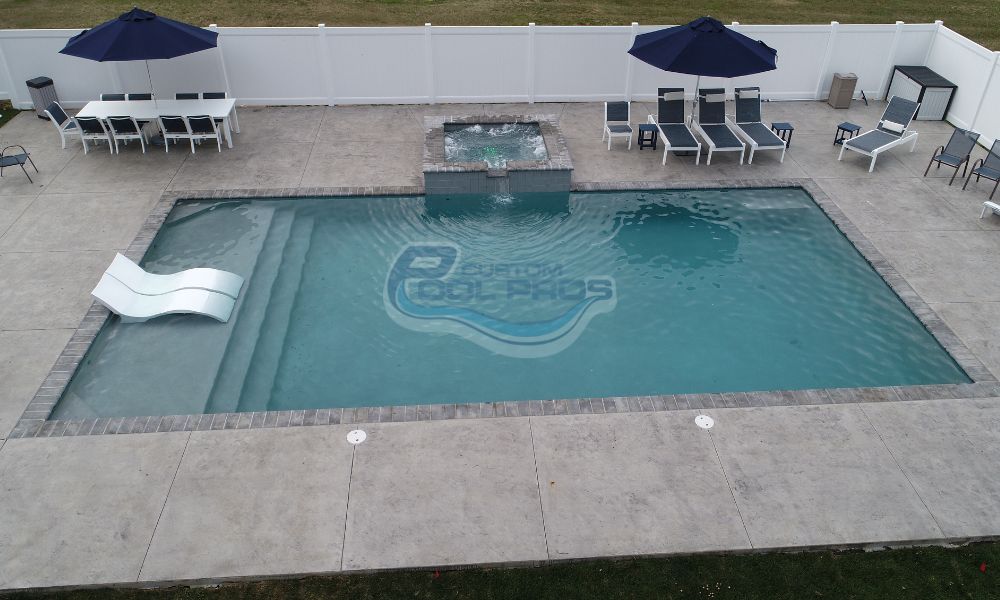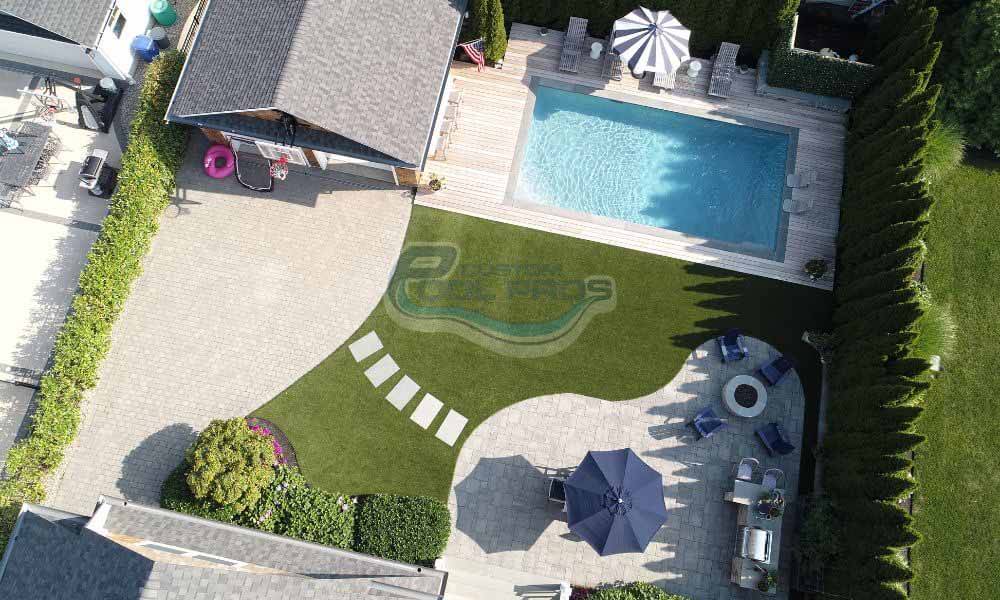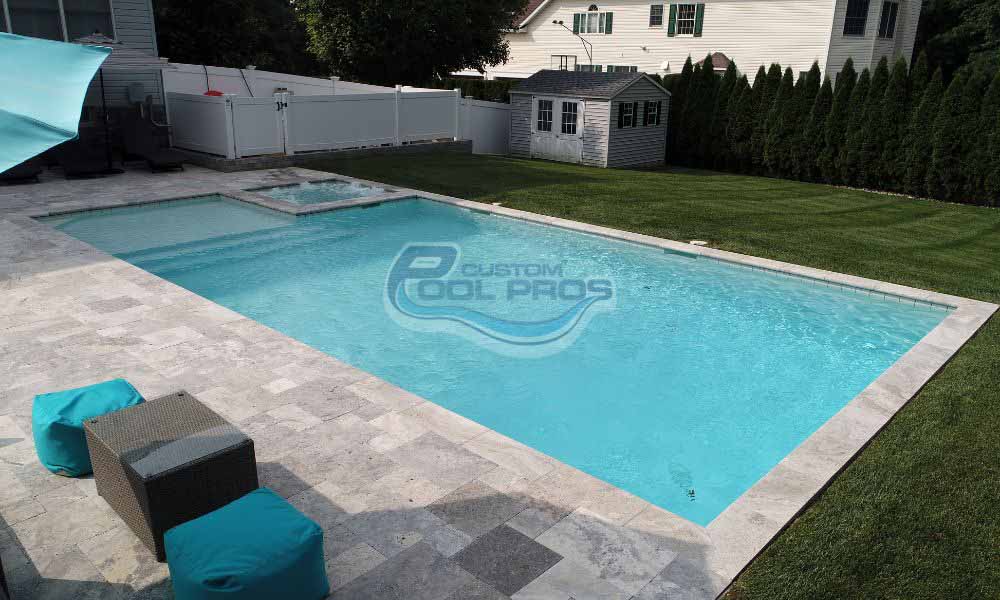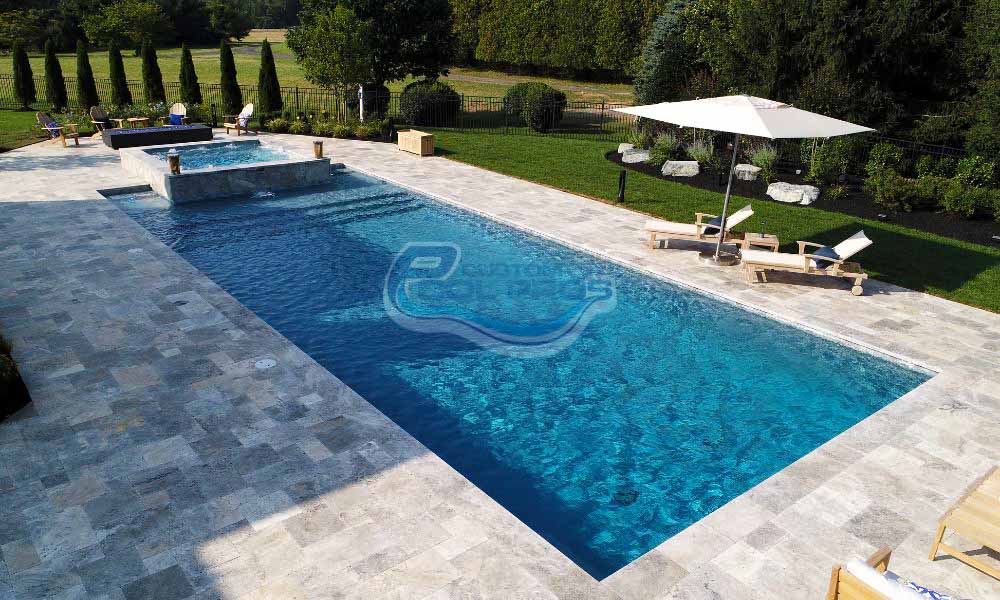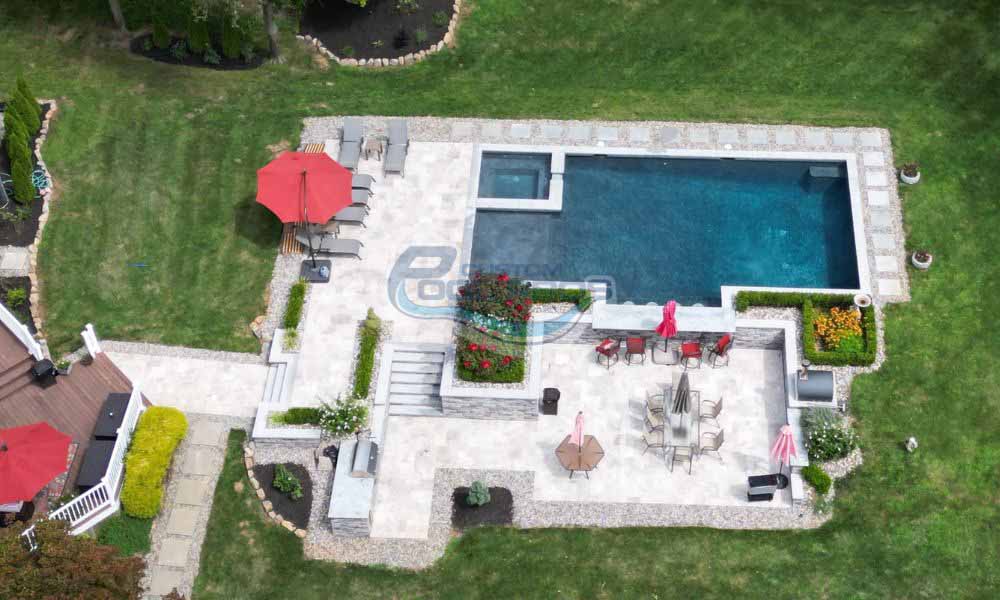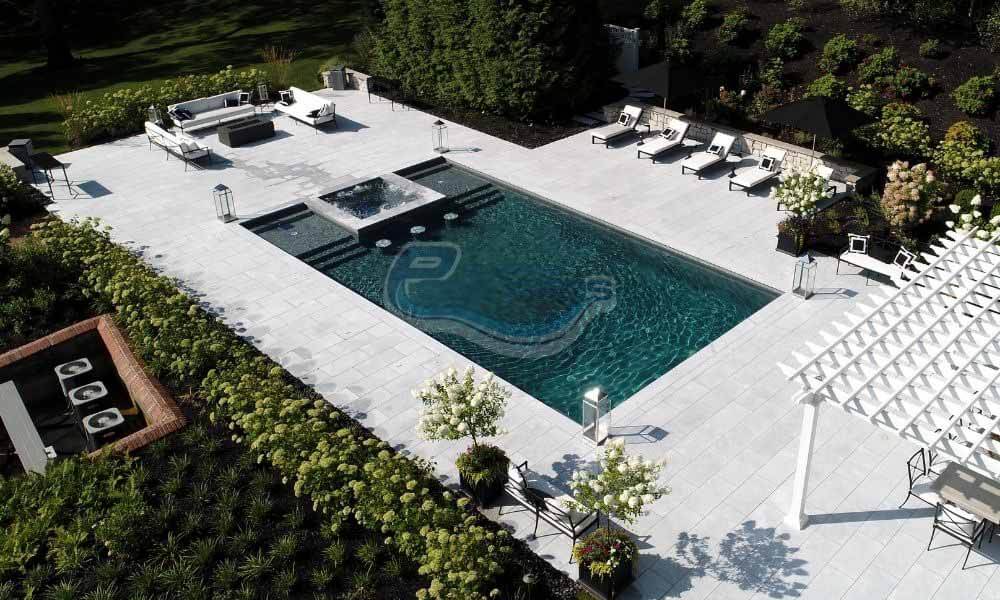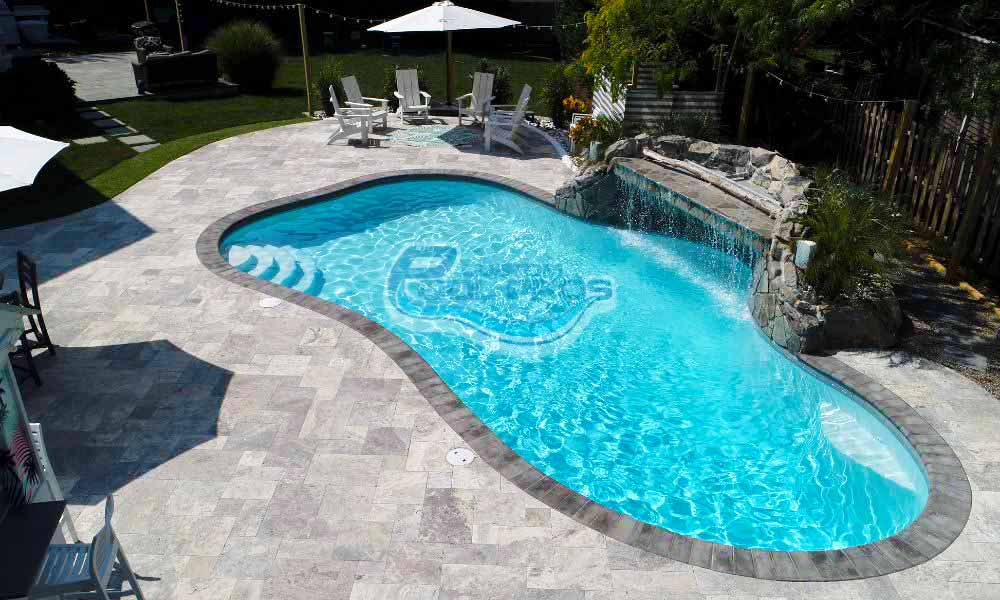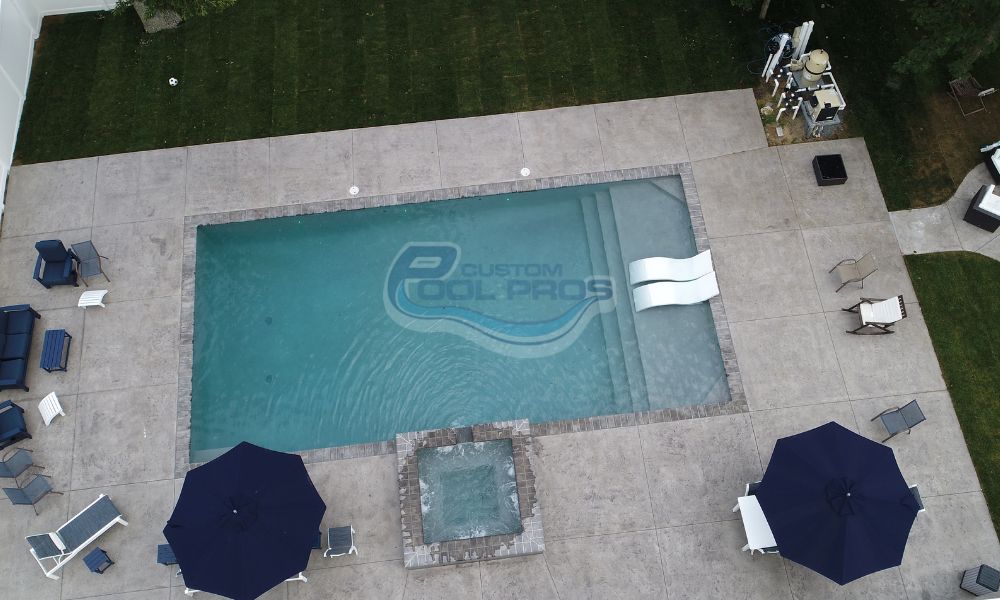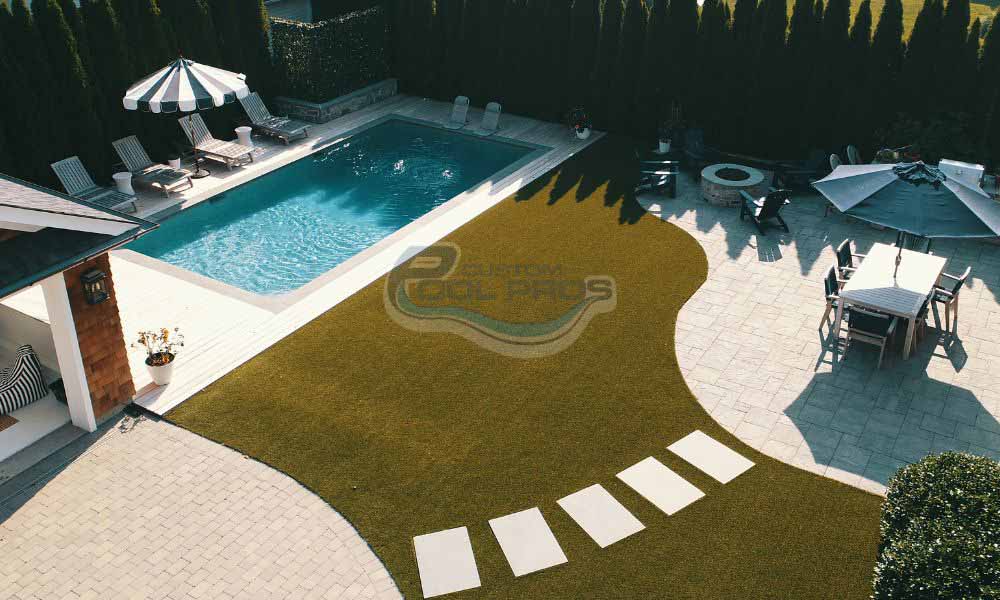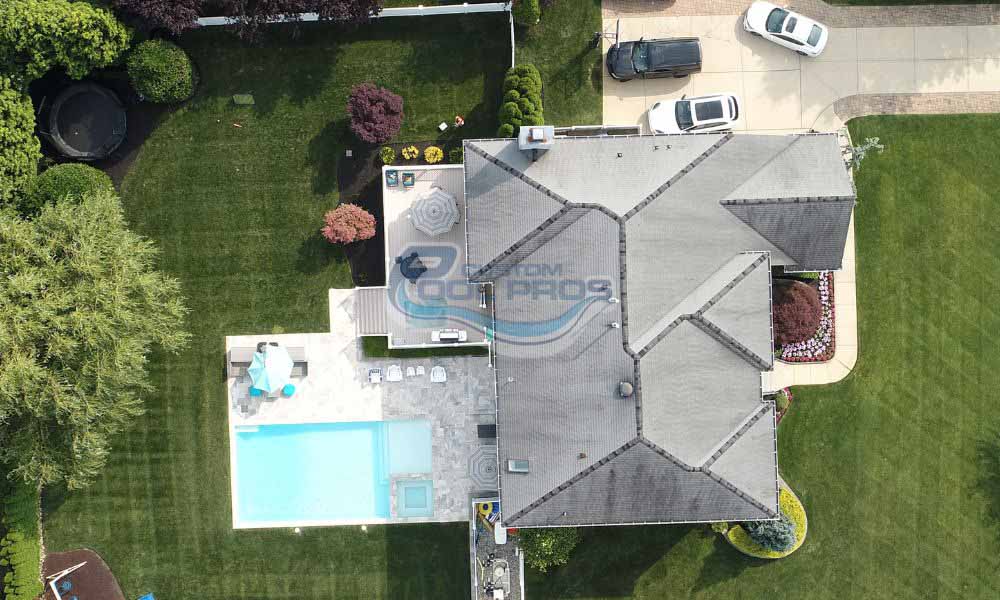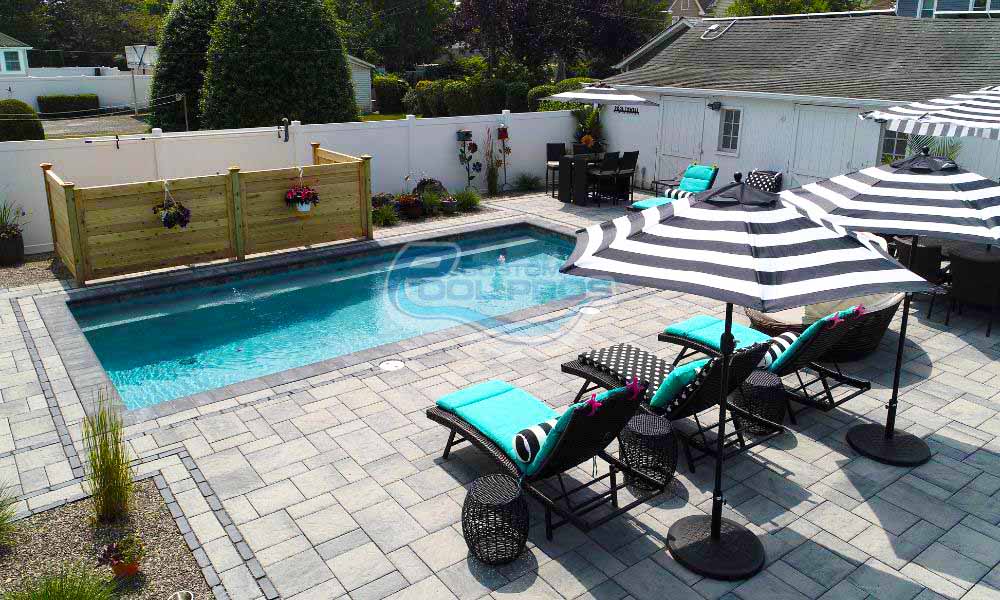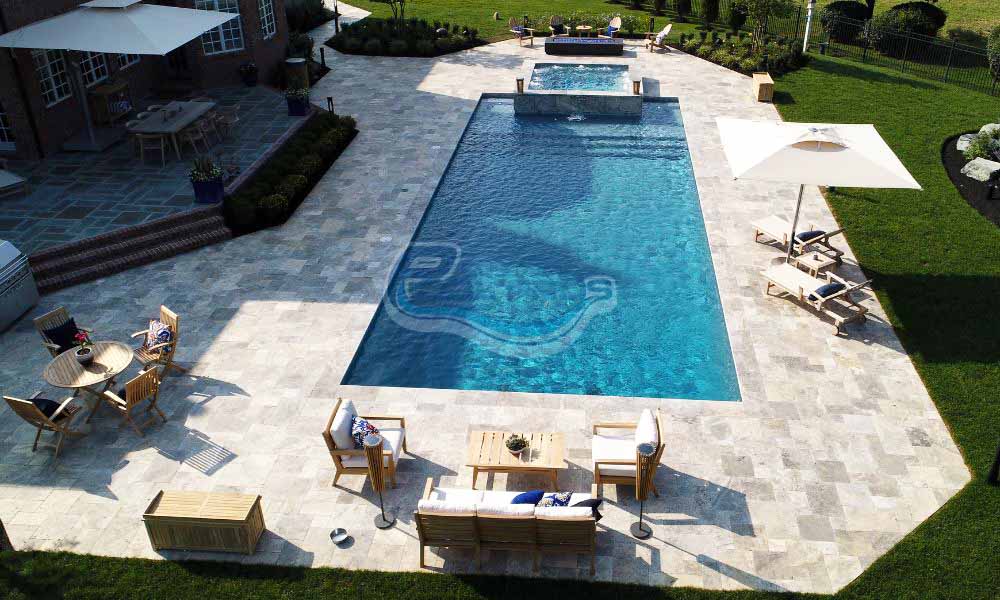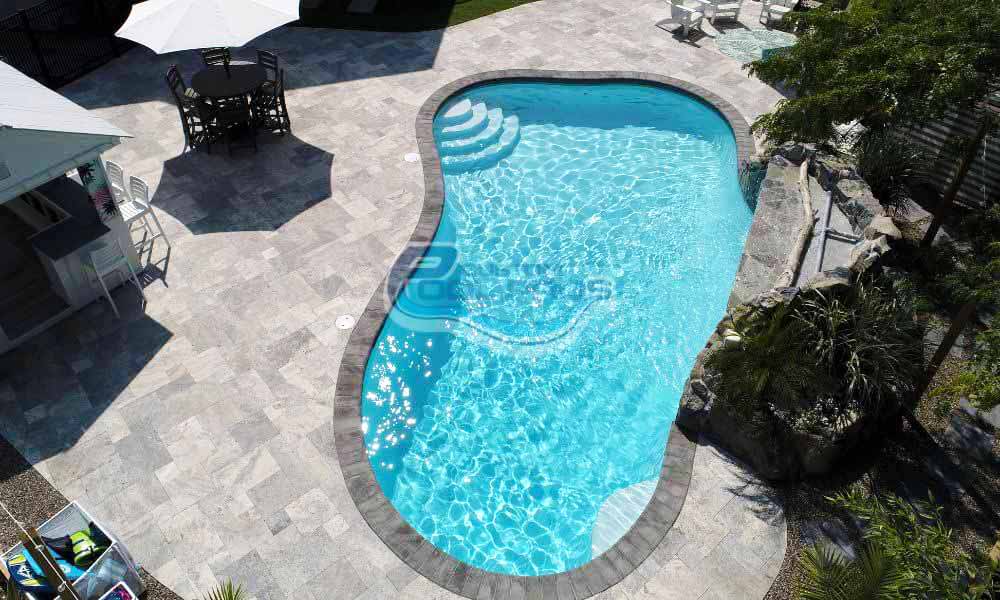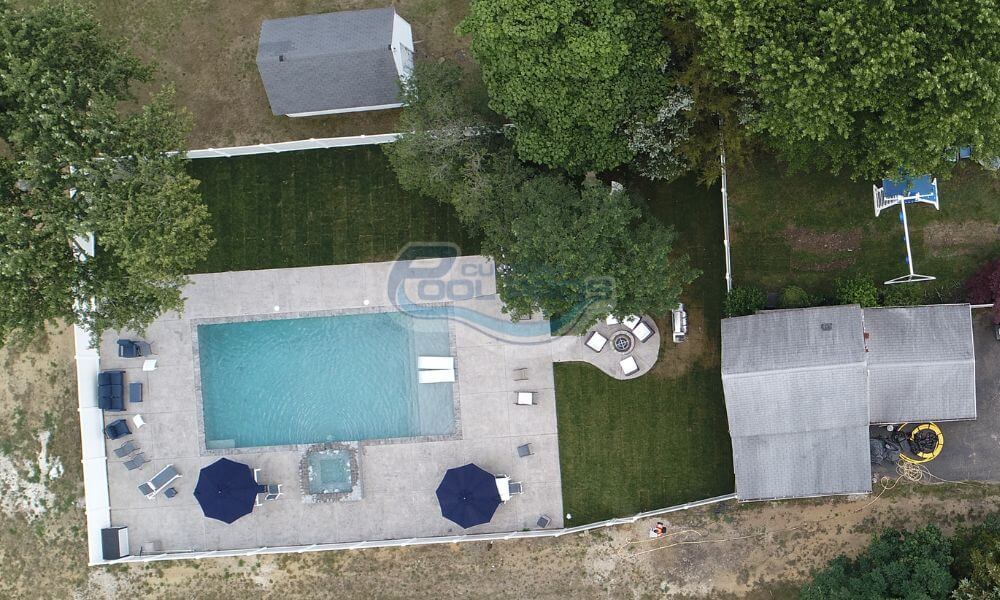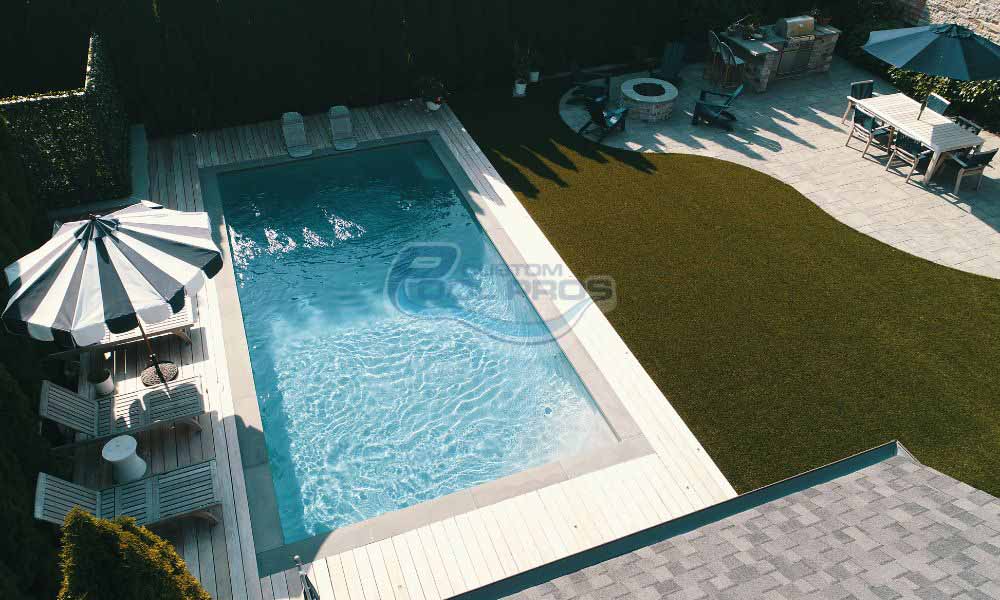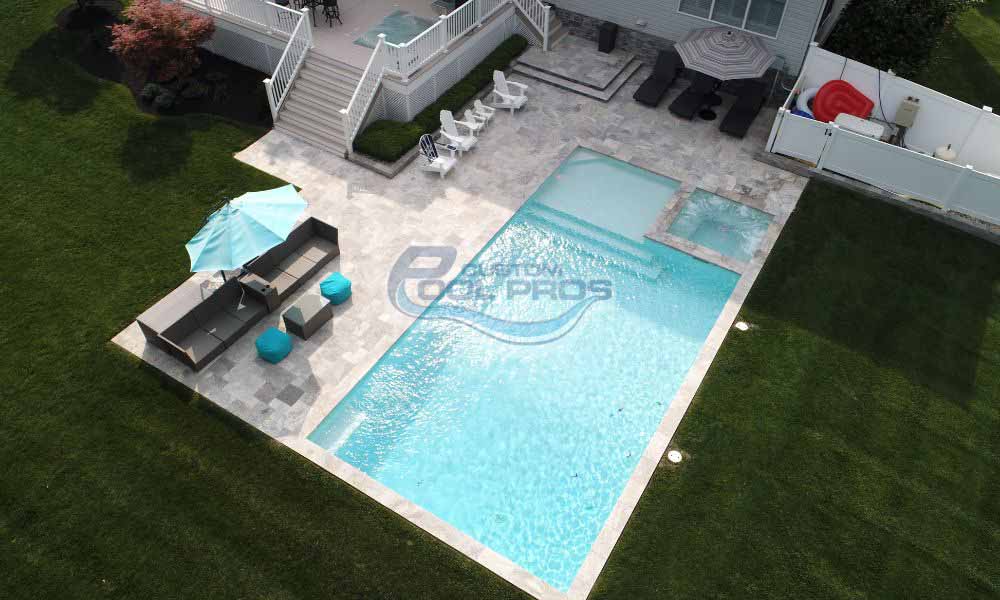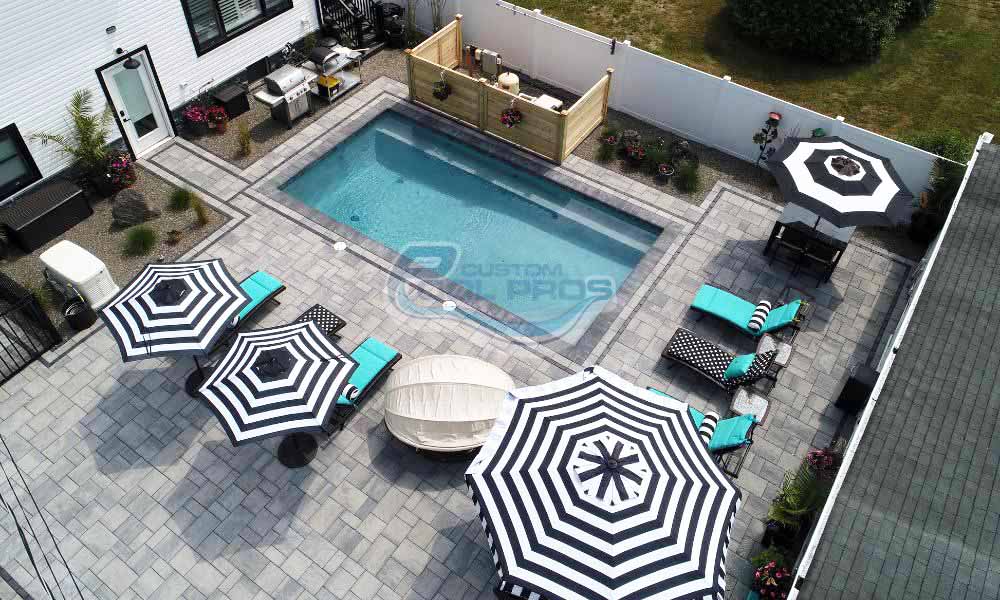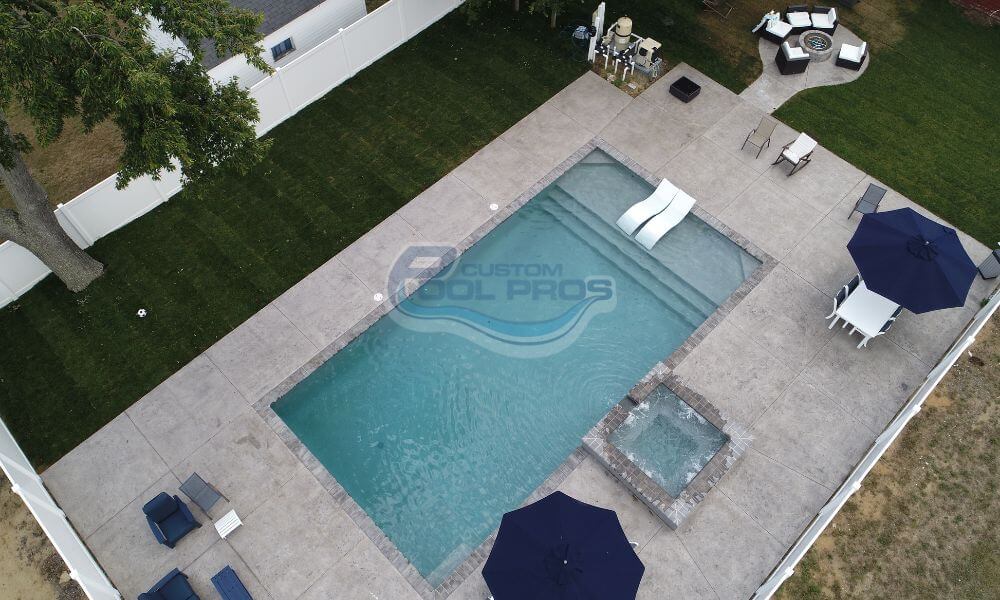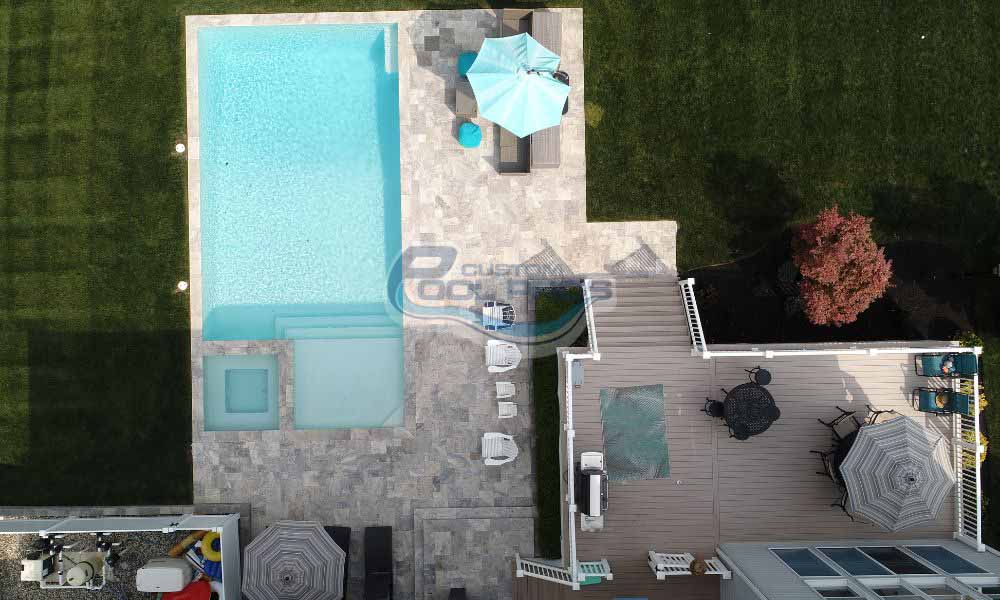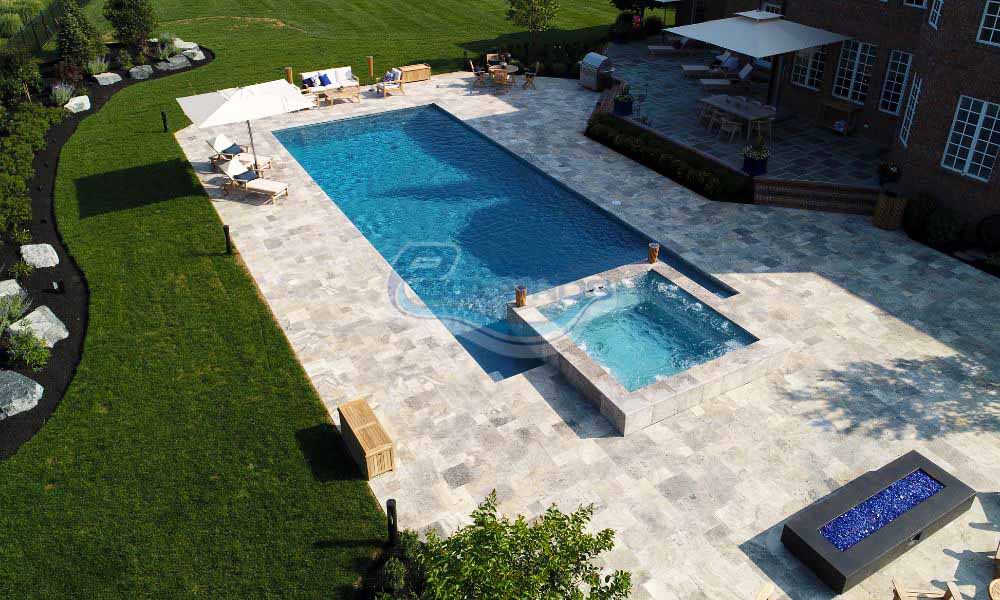Shocking your pool is one of the most important processes that you perform while sanitizing and maintaining your pool. So, we bring you this detailed guide on how to perform a pool shock treatment that’ll guarantee a safe swimming environment.
What is Pool Shock?
Pool shock is an oxidizing solution that you add to your pool to disinfect and sanitize it. Usually, pool shock comes in the form of a granular substance. This substance contains high concentrations of chlorine. Therefore, when you shock your pool, you add extremely high levels of chlorine to sanitize the water and destroy the build-up of chloramines. Large doses clear out green water, disrupt chloramine bonds, and eliminate bacteria. Smaller doses of pool shock remove surface stains, and algae colonies, and quickly raise the chlorine levels in the water.
When is it time to shock your pool?
If you notice your pool water is getting cloudy, or you see algae developing, then it’s time for a pool shock treatment. However, this process should also be a part of your regularly scheduled maintenance. Thus, you can count on shocking your pool every 2 to 4 weeks to keep the pH levels where they should be and to keep bacteria and algae at bay. Also, to achieve optimal results, you should shock your pool in the early morning hours or right as the sun is setting when it’s not shining directly on the pool.
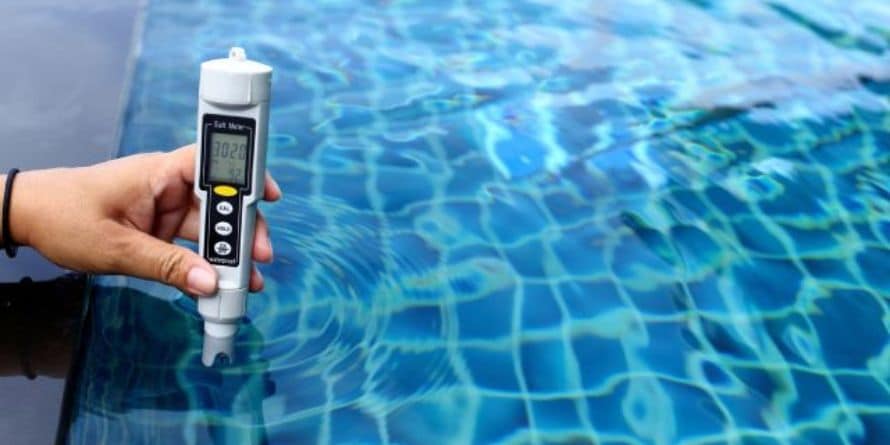
What are the different kinds of pool shock?
There are three different types of pool shock treatment. All these pool shock treatments achieve the same goal, which is to keep your pool sanitized, but each one differs slightly from the other as far as its application method.
1. Calcium Hypochlorite Pool Shock
Calcium Hypochlorite, also known as Cal Hypo, is one of the most widely used pool shock treatments. Its popularity stems from its affordability, high concentration of chlorine, and its balanced pH. At the same time, Cal Hypo won’t add to your cyanuric acid levels but will add a small quantity of calcium. You can find it in buckets, bags, and liquid form, which can be added directly to the water.
2. Dichlor Pool Shock
Dichlor is often used in saltwater pools or pools that have a UV system or don’t require chlorine tablets. This type comes in granules and is one of the few pool shock treatments that last longer in the bright sun. It doesn’t have calcium which is one less worry if your water is already hard. If you apply this treatment monthly, you won’t have to add cyanuric acid.
3. Non-Chlorine Shock
Non-chlorine shock consists of 4.5% oxygen which obliterates bacteria and clears up chloramines, cloudy pool water, and ammonia. It comes in small, fine granules that dissolve readily without affecting your water’s pH. This type of pool shock treatment works just as well as chlorine when used for regular maintenance, except in the case of high bacterial levels and extreme algae. It doesn’t leave any residue or binders behind, which means a shorter wait time before diving in.
How to Shock a Swimming Pool the Right Way
Now it’s time to grab a set of testing strips, goggles, rubber gloves (preferably chemical resistant), and a 5-gallon bucket. You’ll also need a wooden stick for stirring and dissolving the shock treatment.
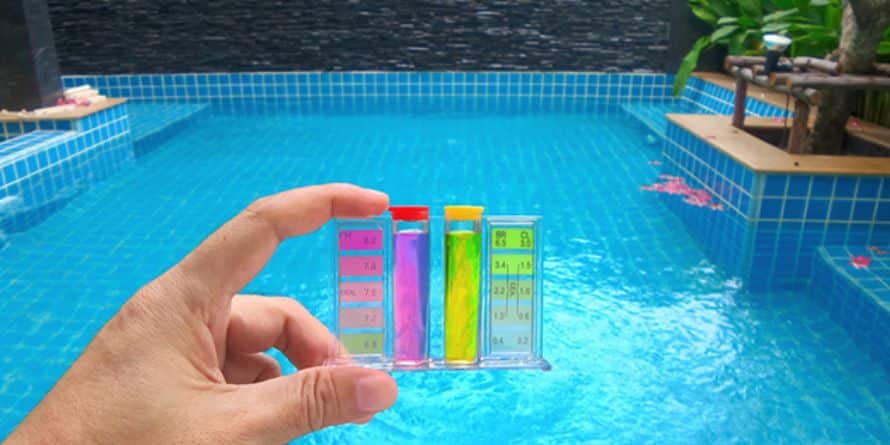
1. Test the Pool Water
First, you’ll dip a testing strip in a small container of pool water to check:
- Ph level—which should be between 7.4 and 7.6
- Alkalinity—which should be at 100 to 150 parts per million
- Chlorine level—to make sure the free chlorine level is lower than the total chlorine level
- Calcium hardness level—should be between 175 and 225 parts per million for a vinyl or fiberglass pool or between 200 and 275 parts per million for a plaster or concrete pool.
2. Pre-Dissolve Pool Shock
For this part, you’ll need to follow the instructions on the package for measuring, or you can calculate the precise amount of pool shock treatment you’ll need. Once you have the correctly measured quantity, you’ll dissolve the shock in a bucket that’s ¾ full of warm water. Use the stick to stir and dissolve, working in one-pound increments at a time.
3. Add Pool Shock to Water
If you have a shock that doesn’t require pre-mixing, you can simply add it to your pool, but don’t forget to calculate your breakpoint first. This will tell you how much shock to add. Also, you’ll need to add the shock one bag at a time by walking around the perimeter of your pool as you pour it in. This step guarantees even distribution. While you add the treatment, you’ll need to have your pump and filter running at full speed.
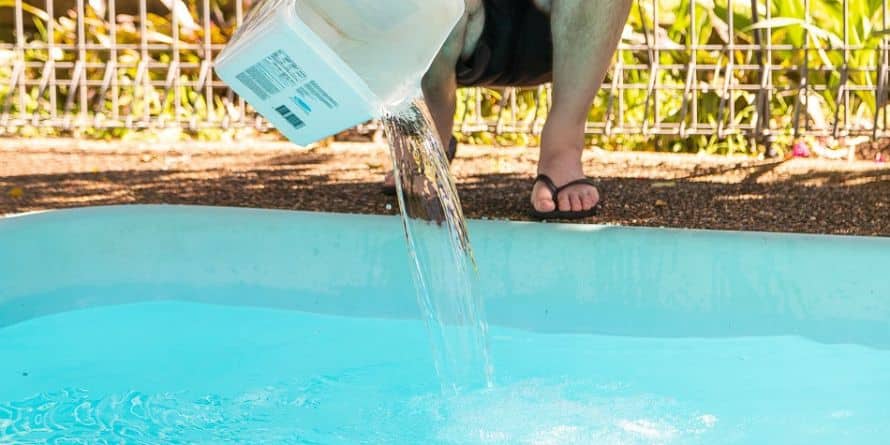
4. Wait a few hours before swimming
You have to wait for the next 8 to 12 hours before you dive into your pool, and you’ll need to keep your filtration system running. Also, check the instructions on the package to see how long to wait after the treatment has dissolved completely.
Frequently Asked Questions
How often should you shock your pool?
For regular maintenance, you should shock your pool every two to four weeks. Likewise, you should follow up with a pool shock treatment immediately after any of the following incidents:
- Severe weather like a storm or strong winds
- Algae Outbreaks
- Heavy Pool Usage- like pool parties
- When opening your pool
Is it okay to shock a saltwater pool?
Yes, you can use the same method for the shocking pool. However, you should only use Dichlor or non-chlorine shock treatments for saltwater pools.
How long does it take to shock a pool?
If you pre-mix the shock treatment before pouring it into the pool, the process only takes roughly an hour. However, you still need to wait at least 8 hours before using the pool again to avoid skin and eye irritation and dyeing your swimsuit.
Also Read- Best Ways to Sanitize your Swimming Pool



